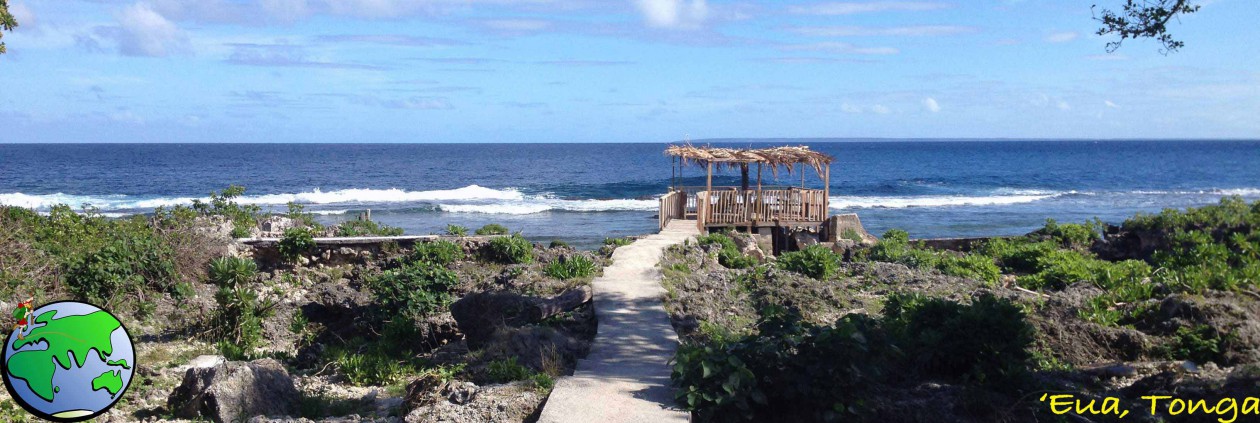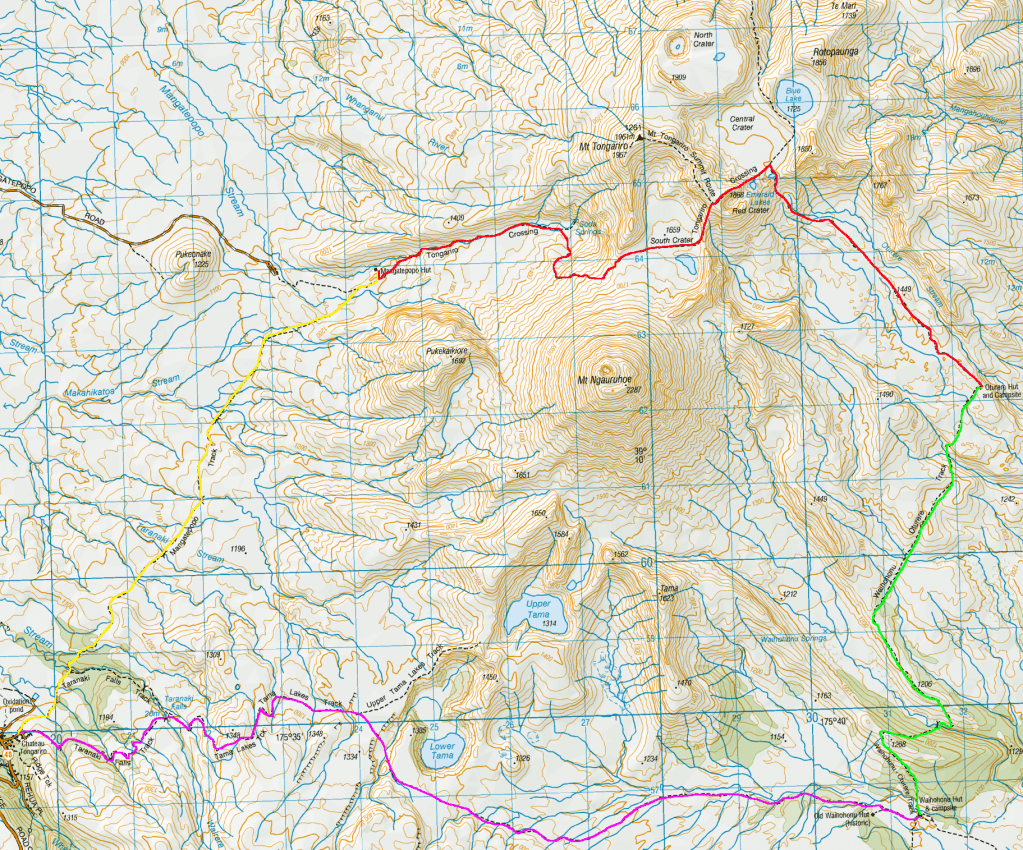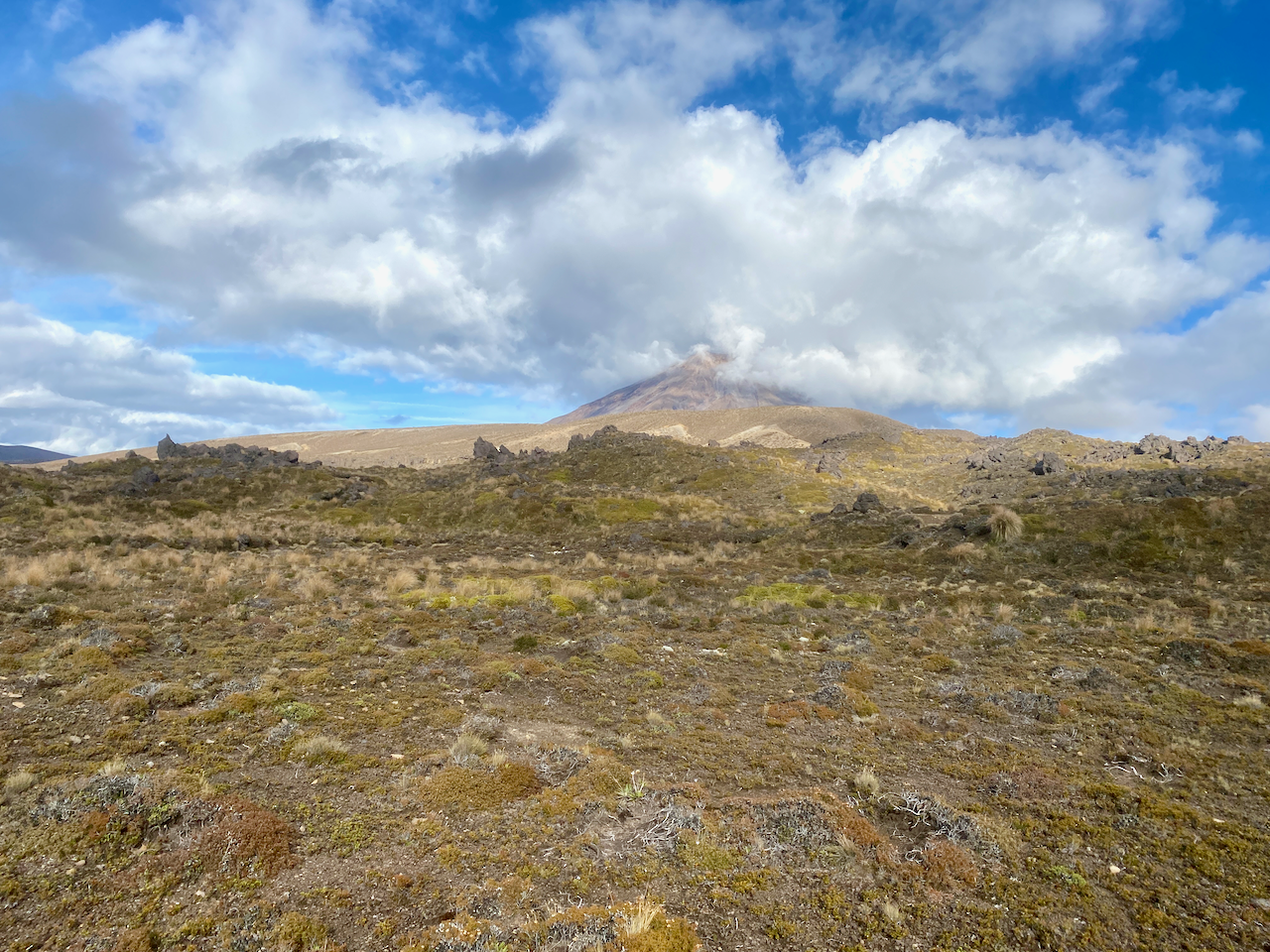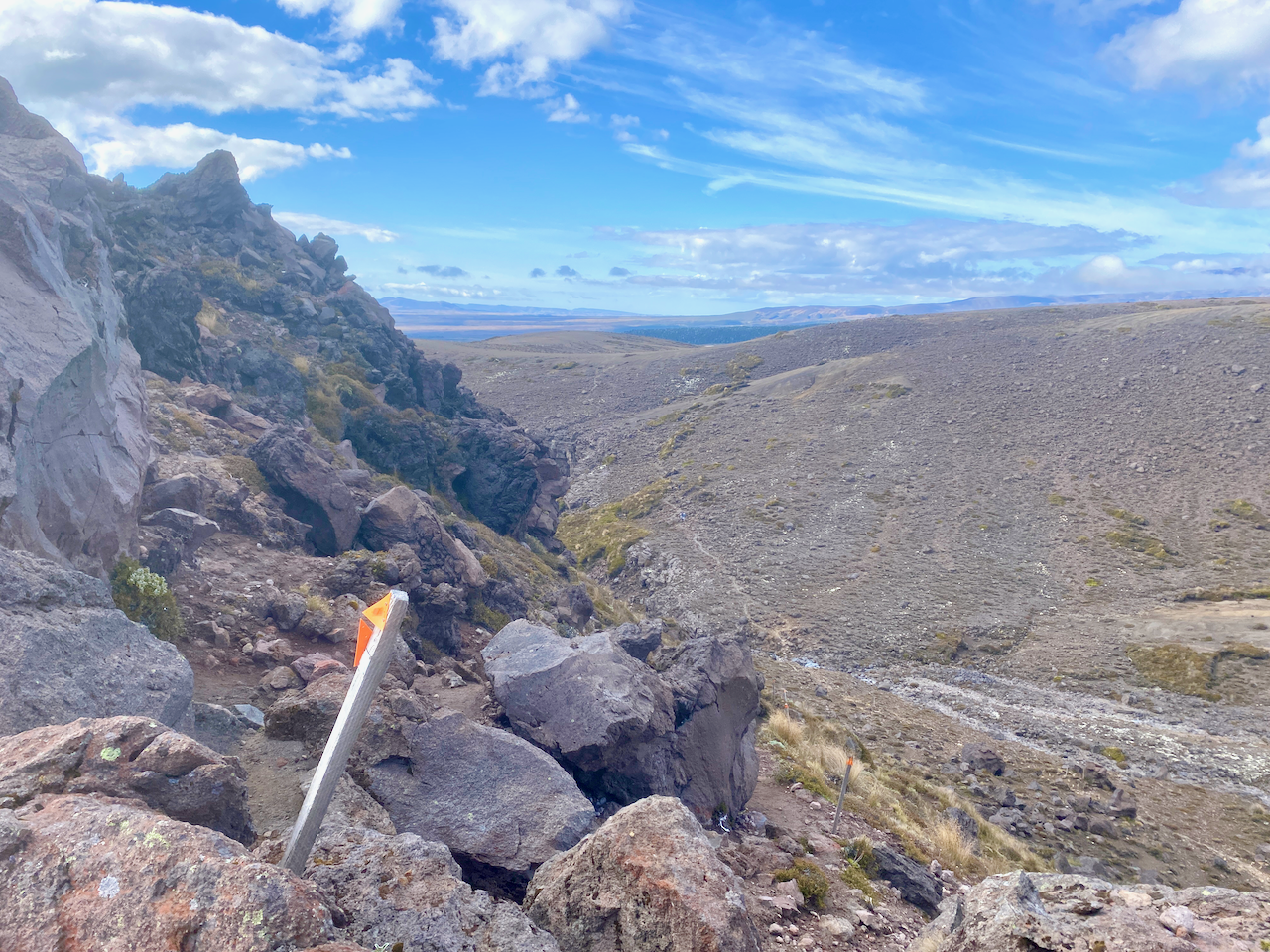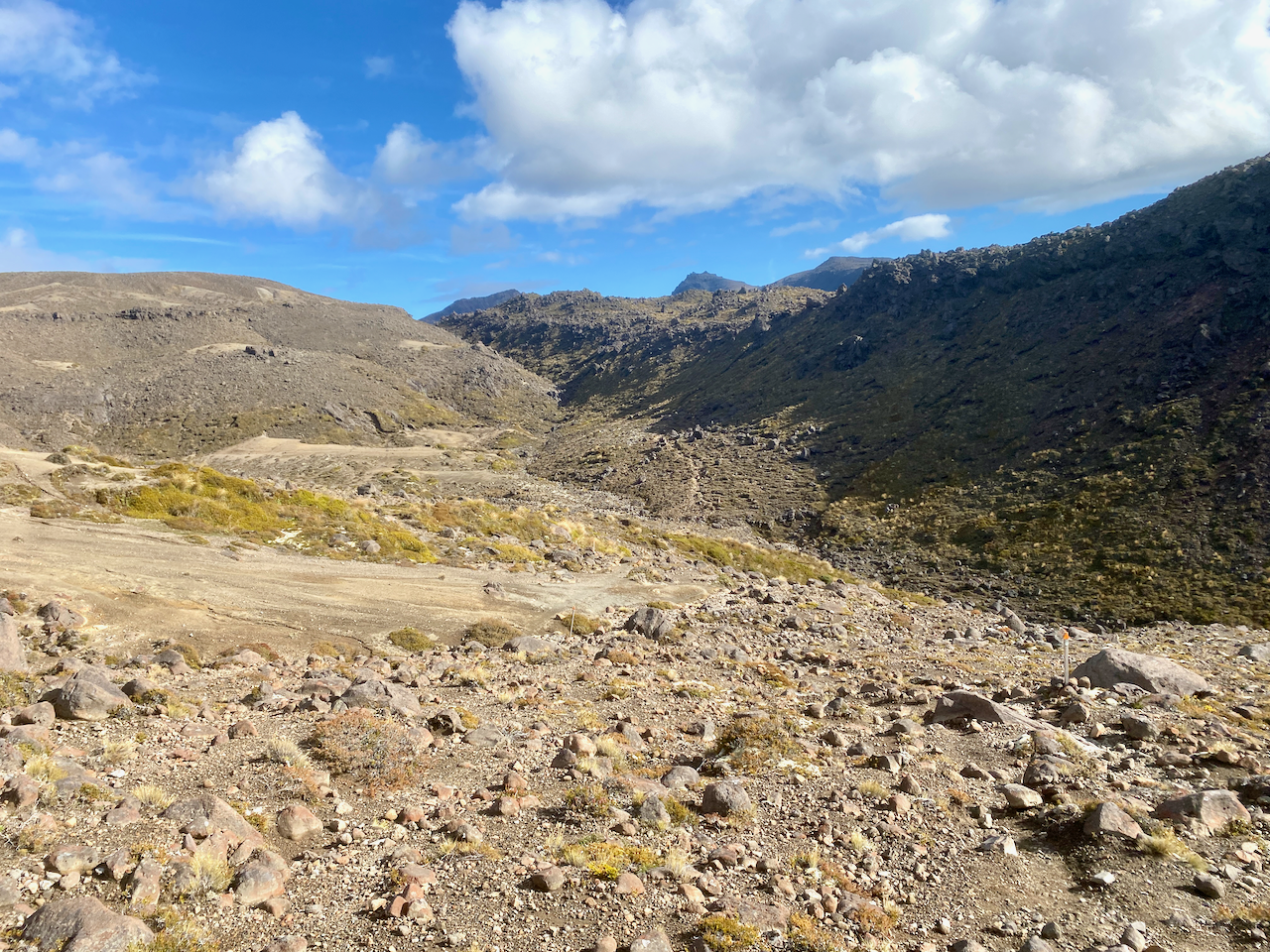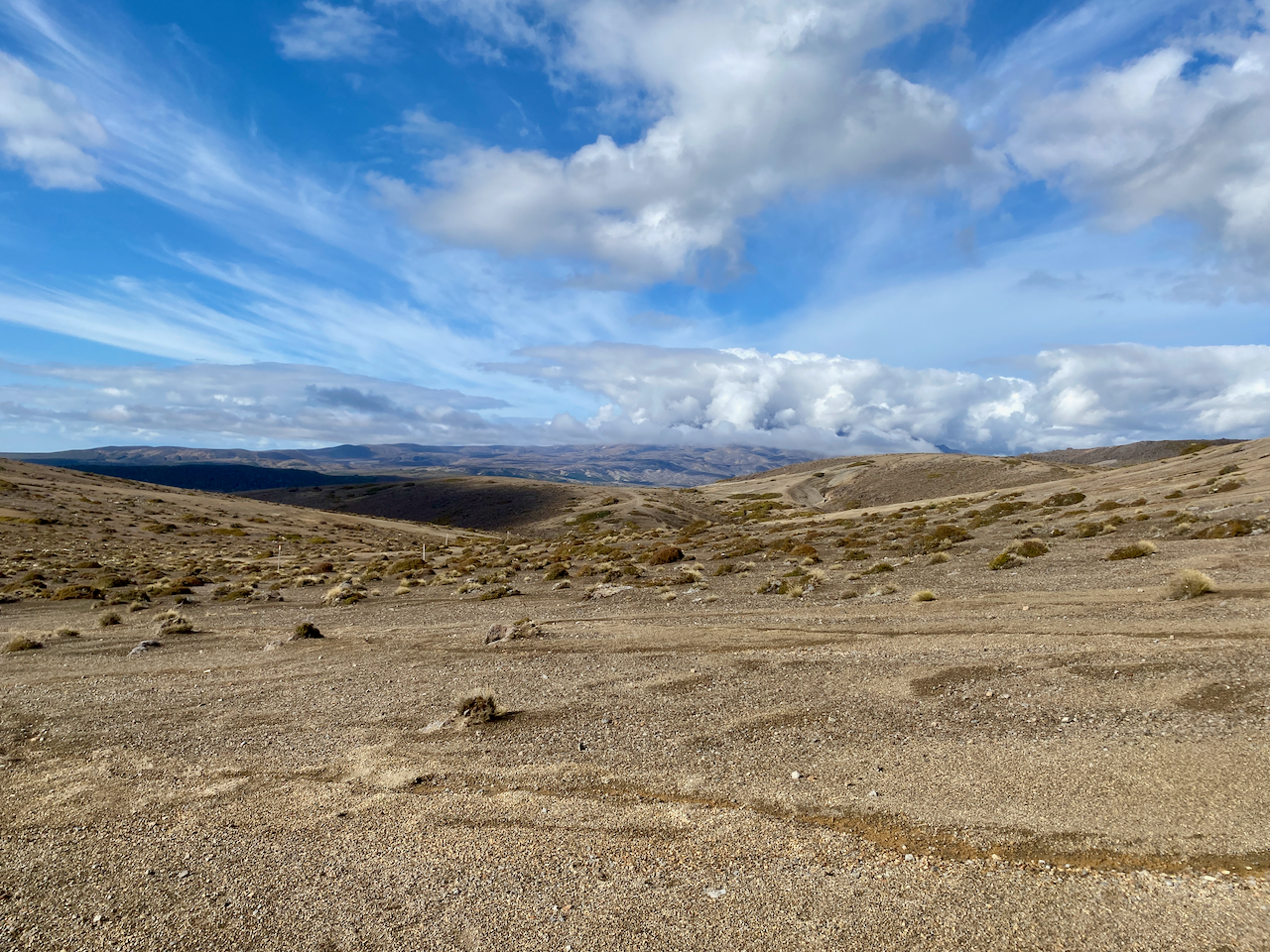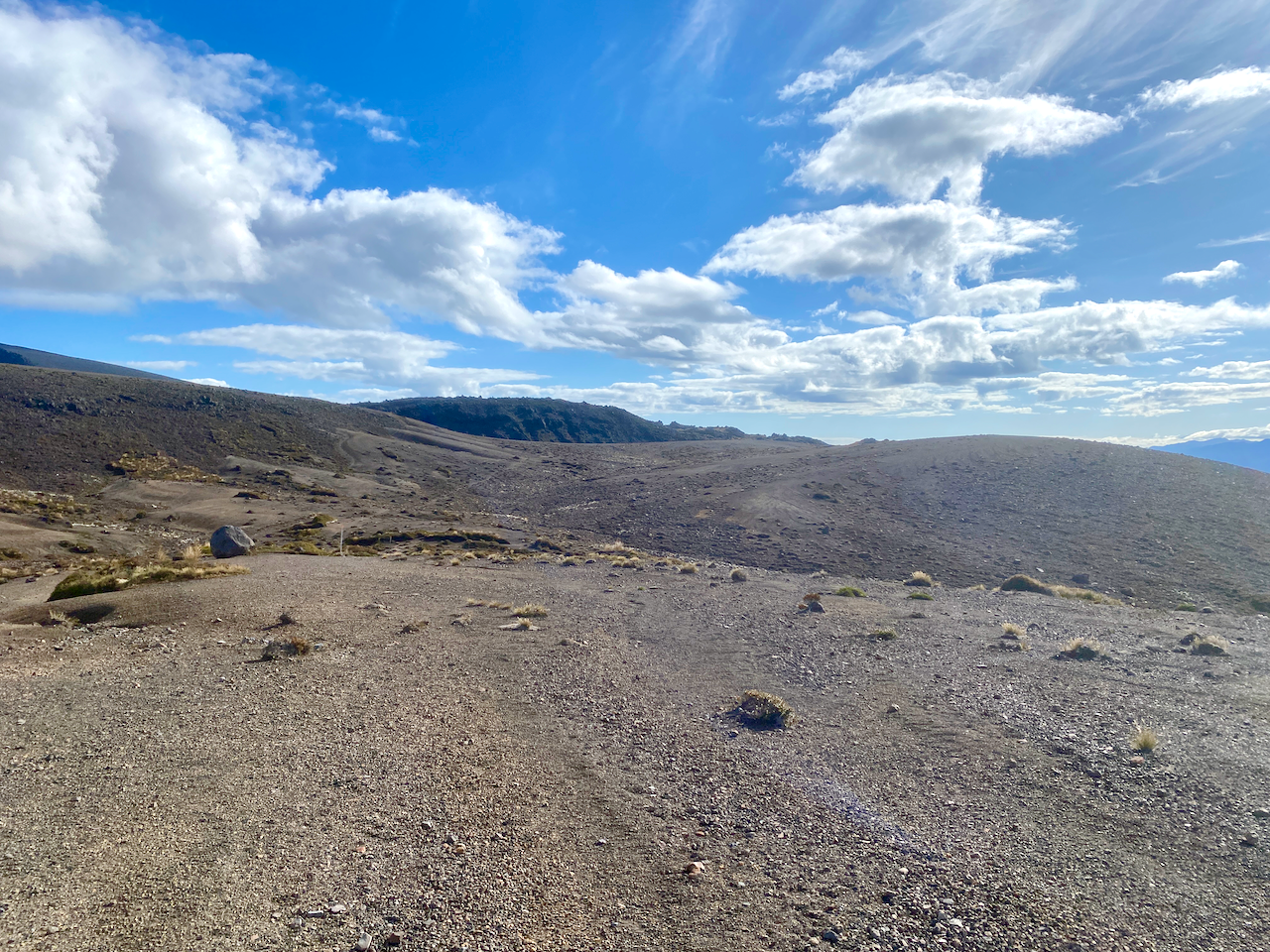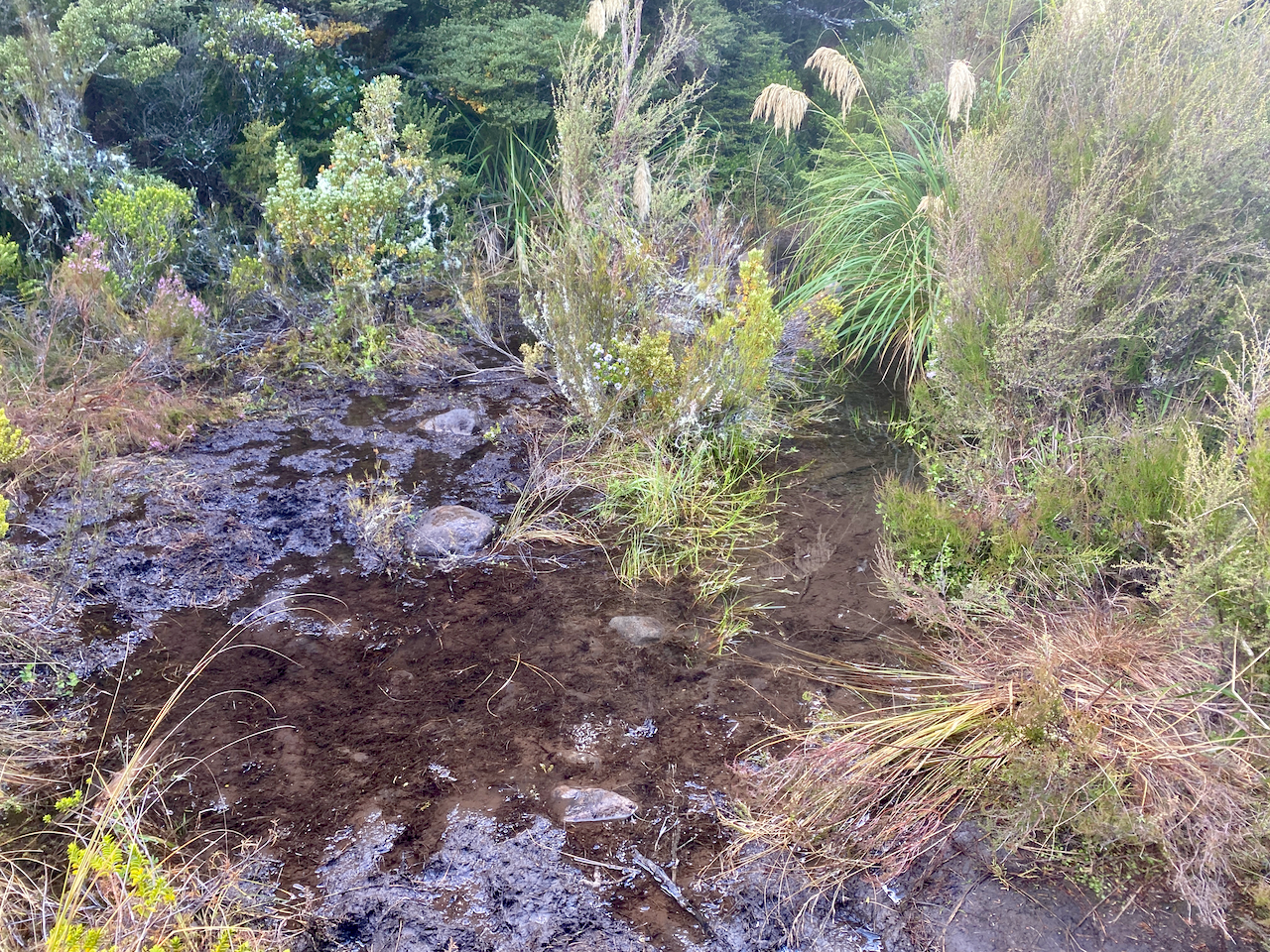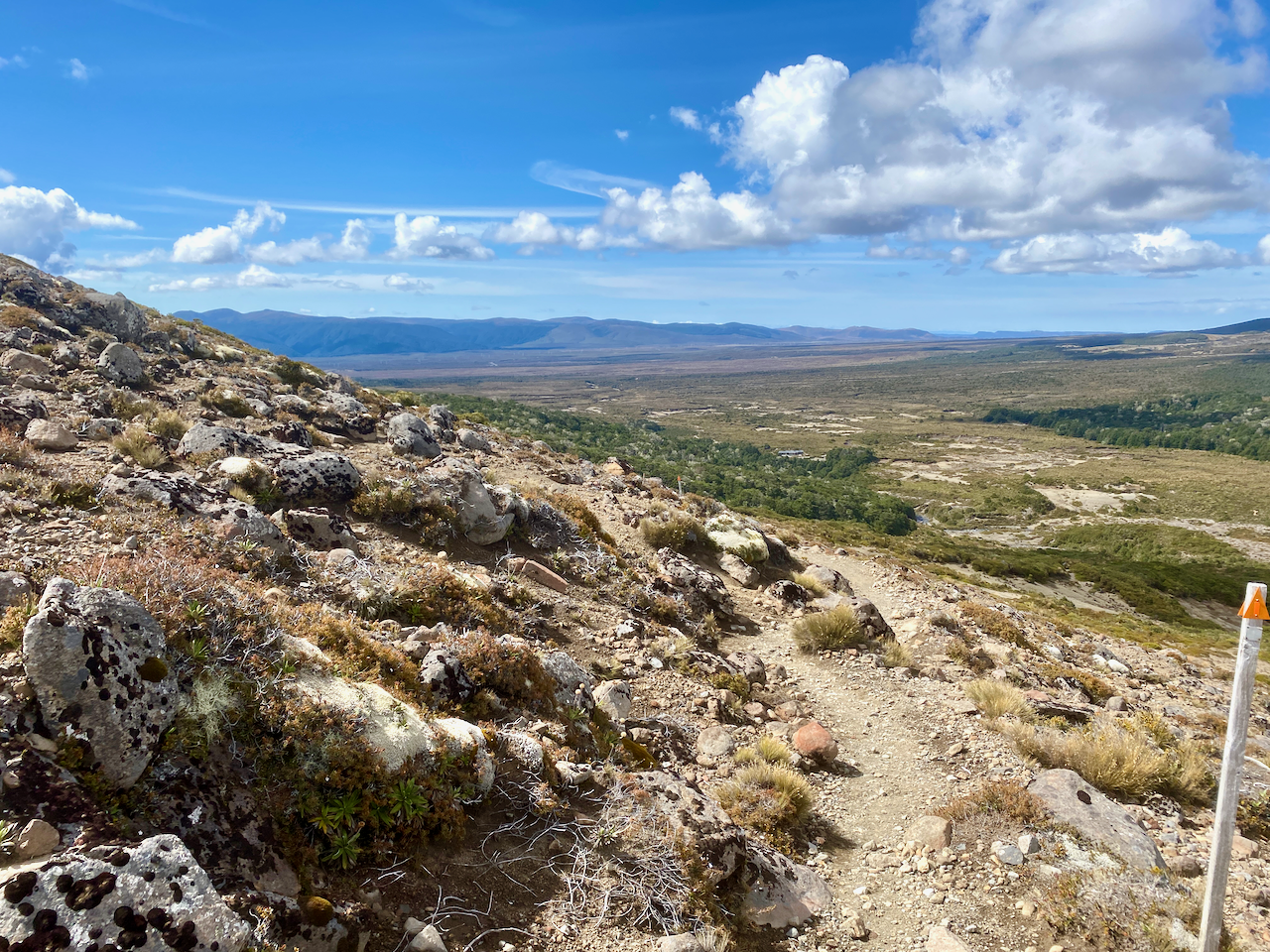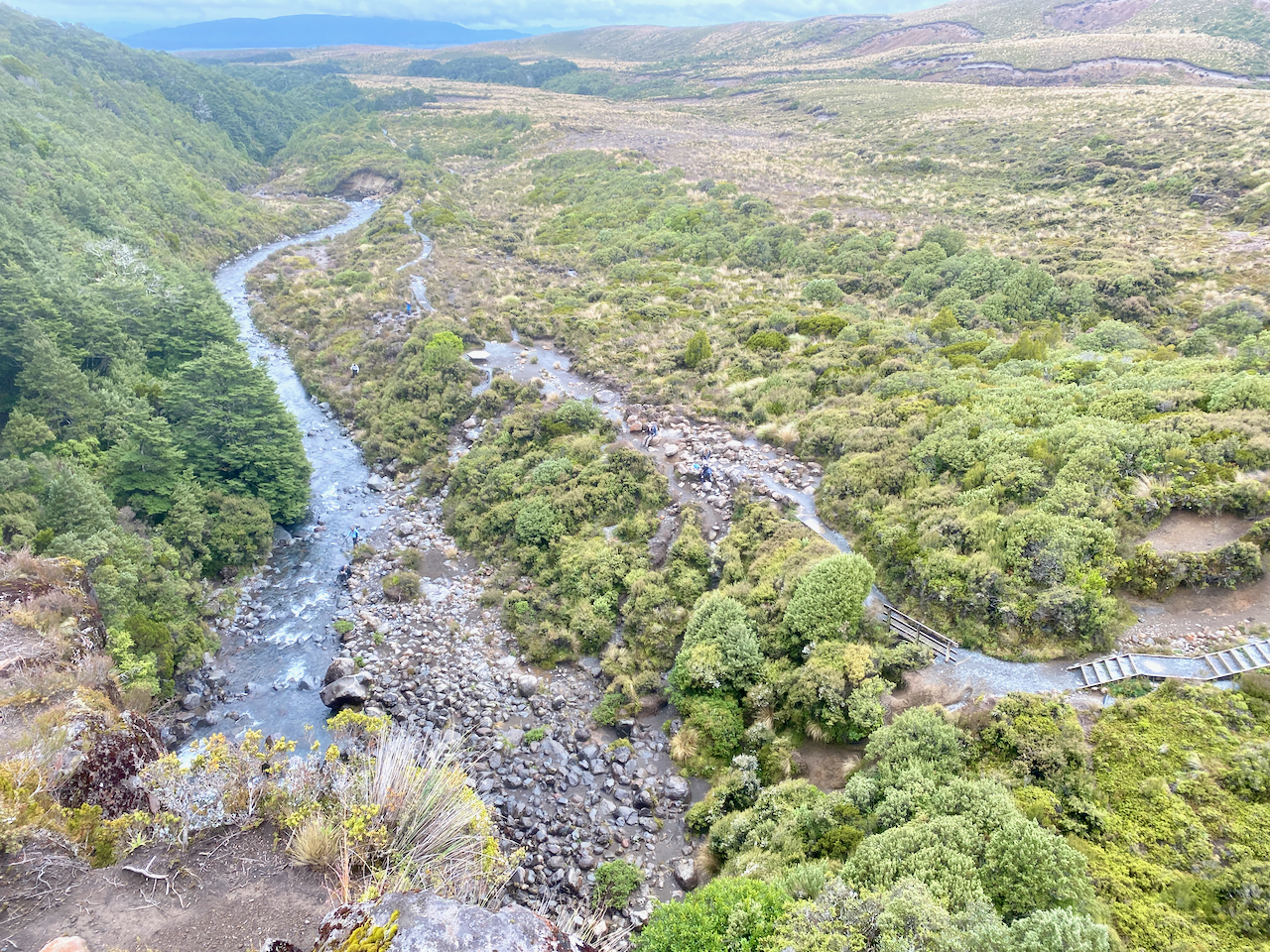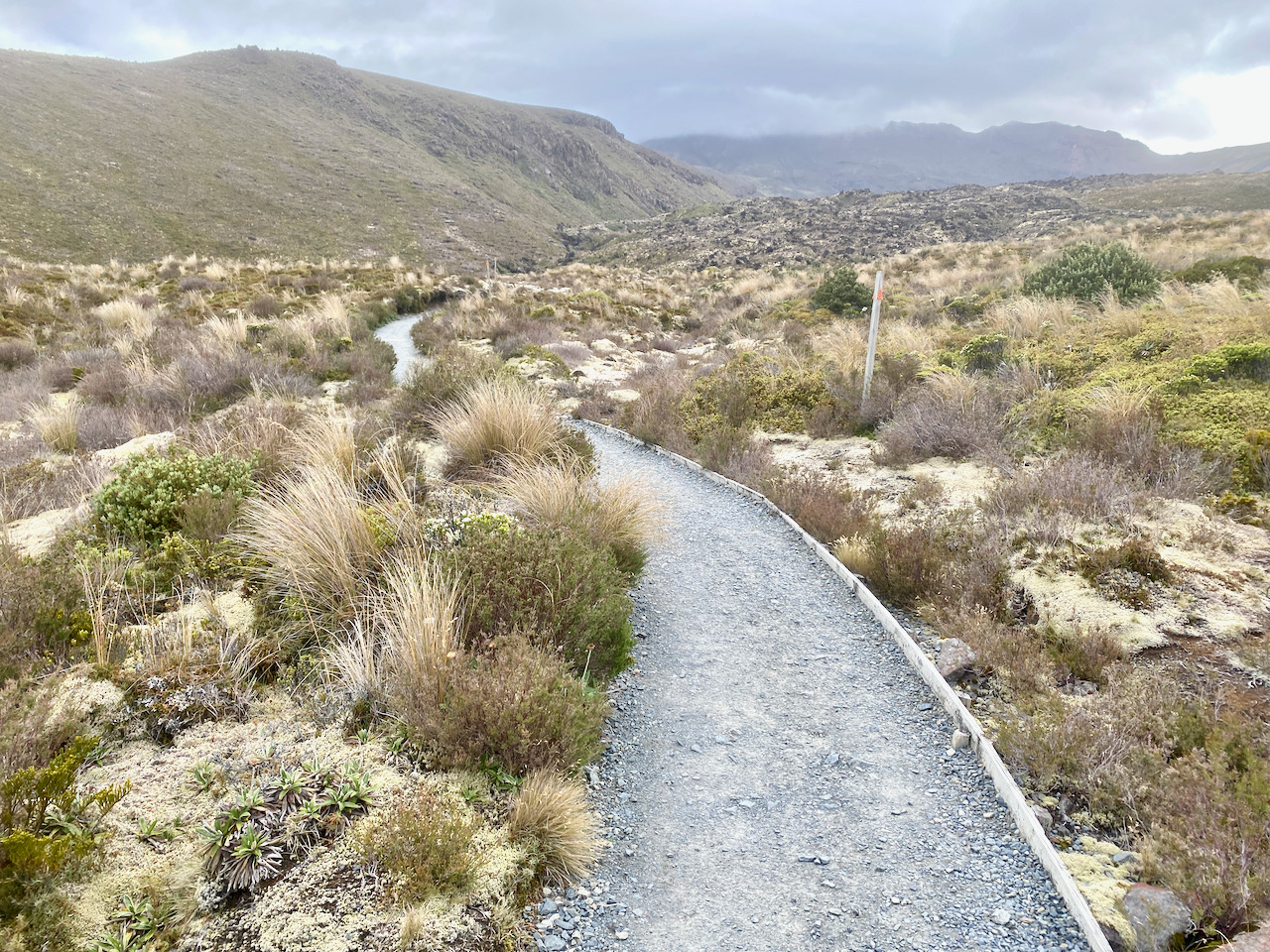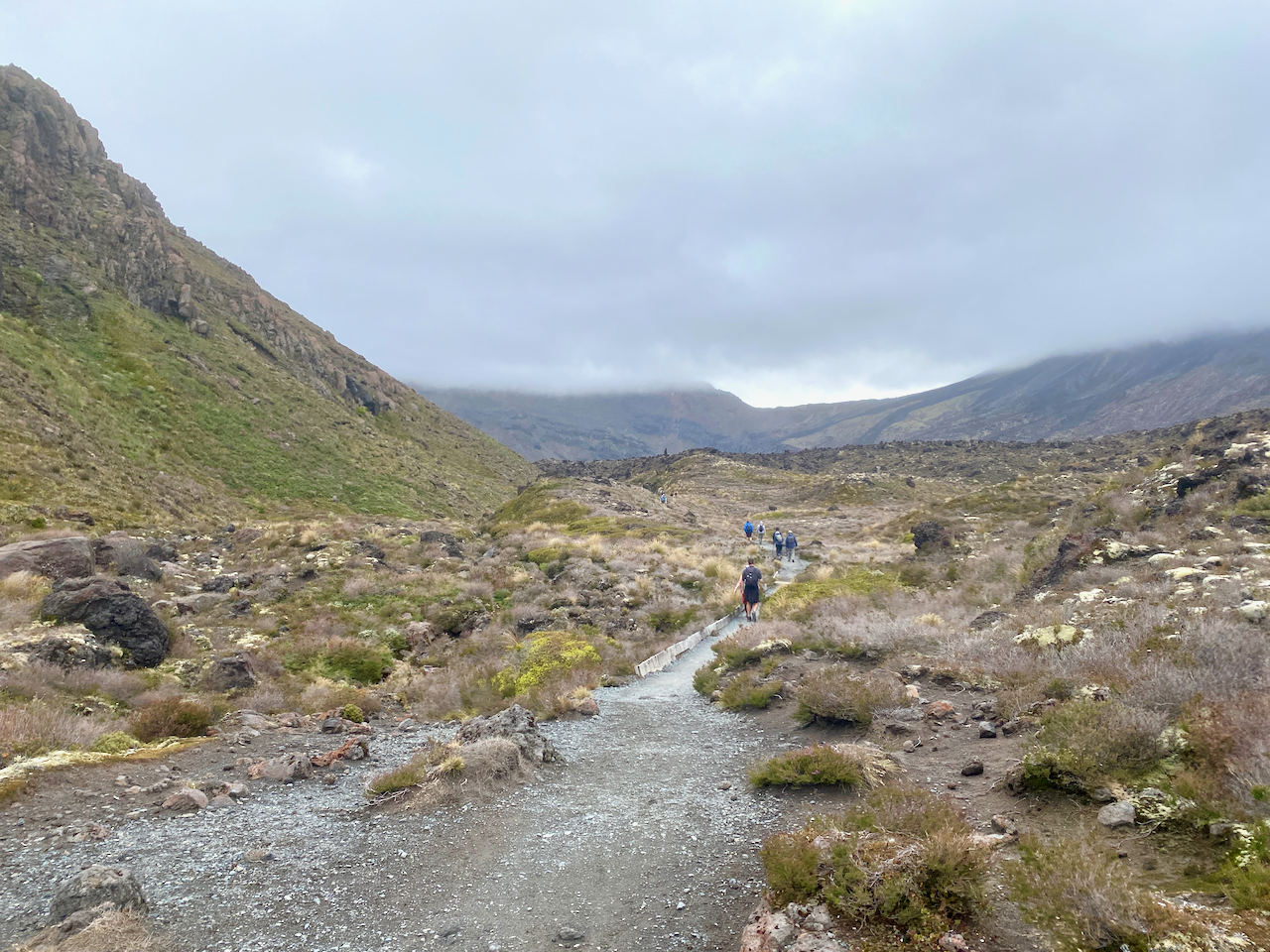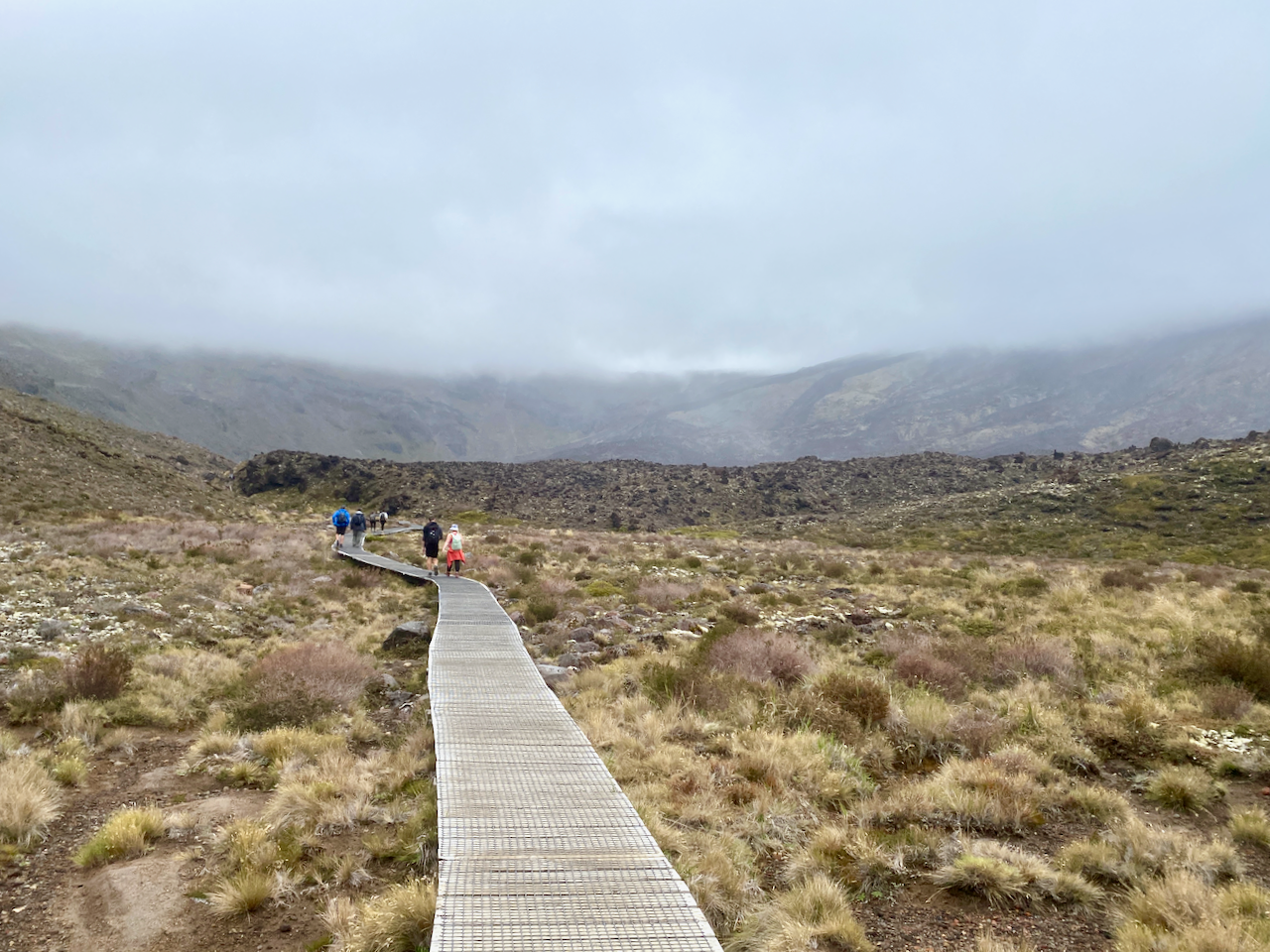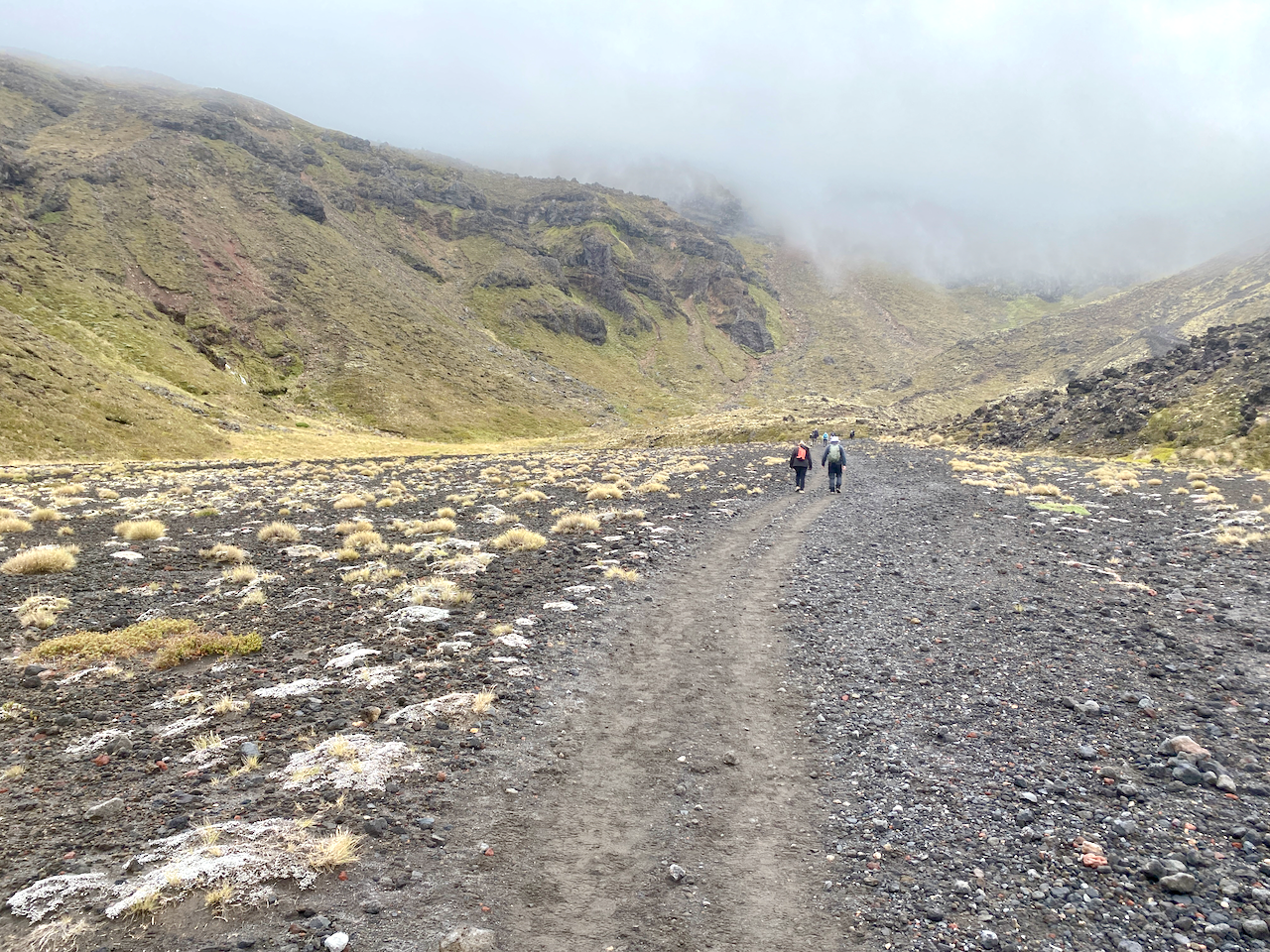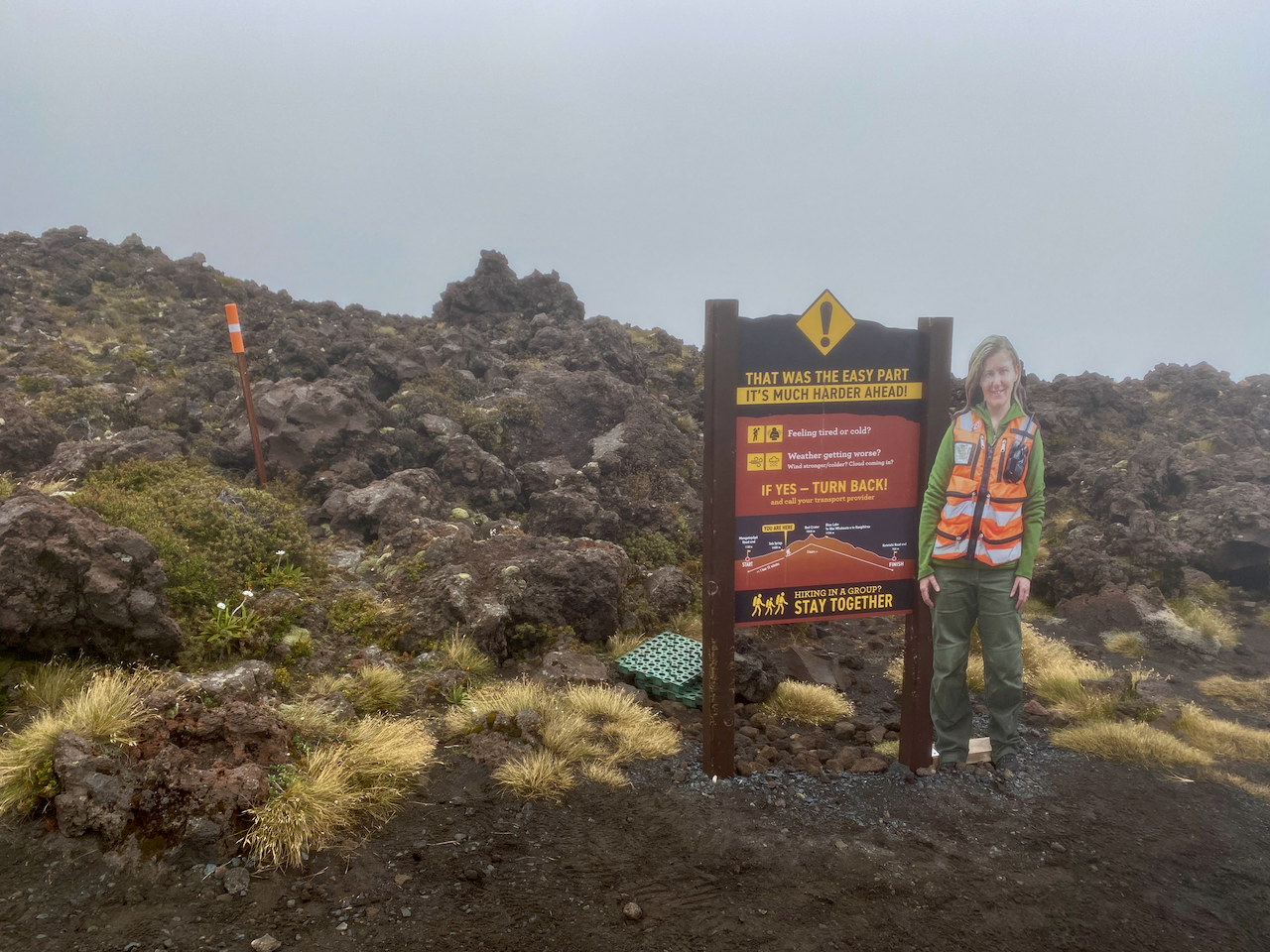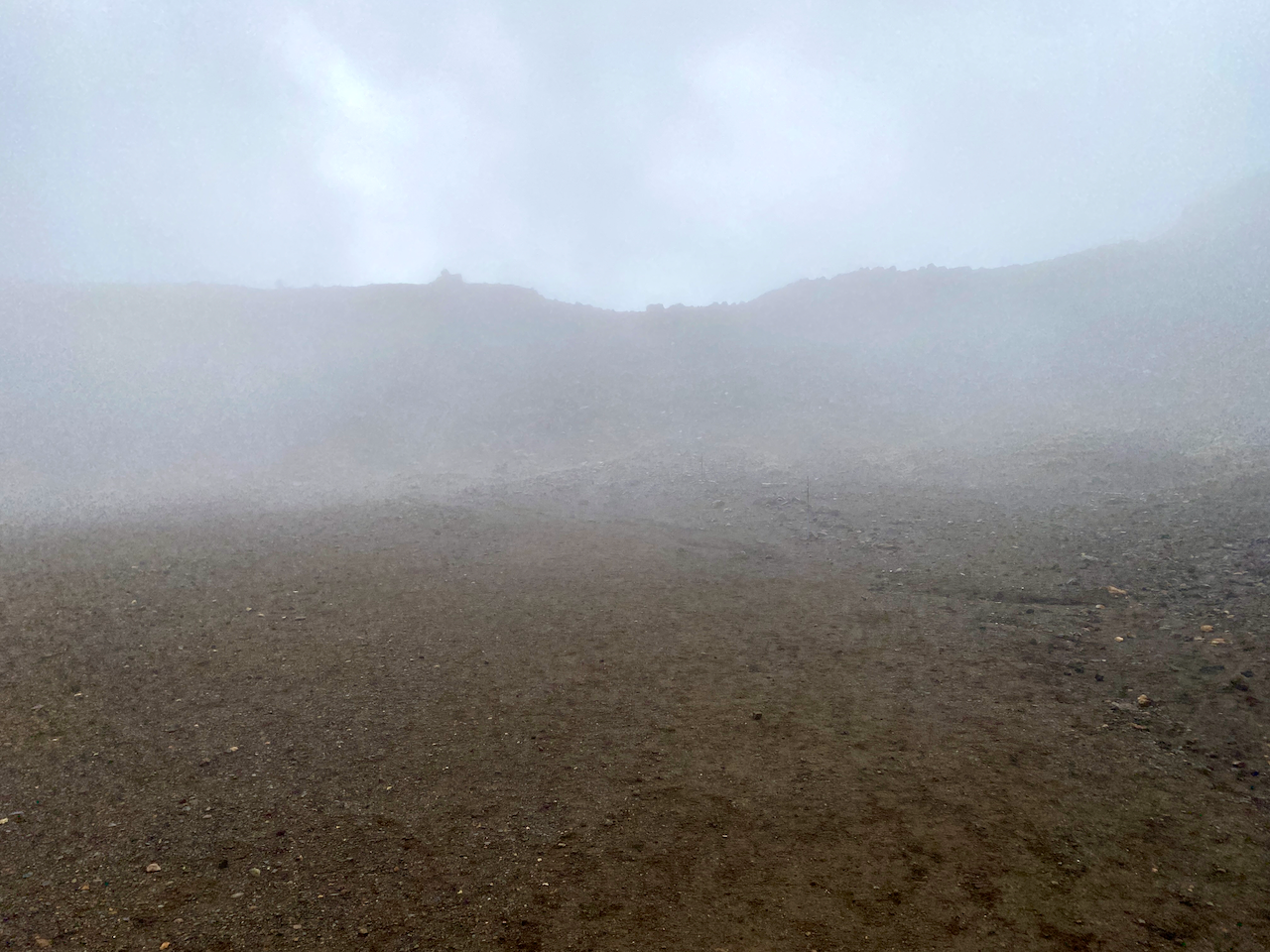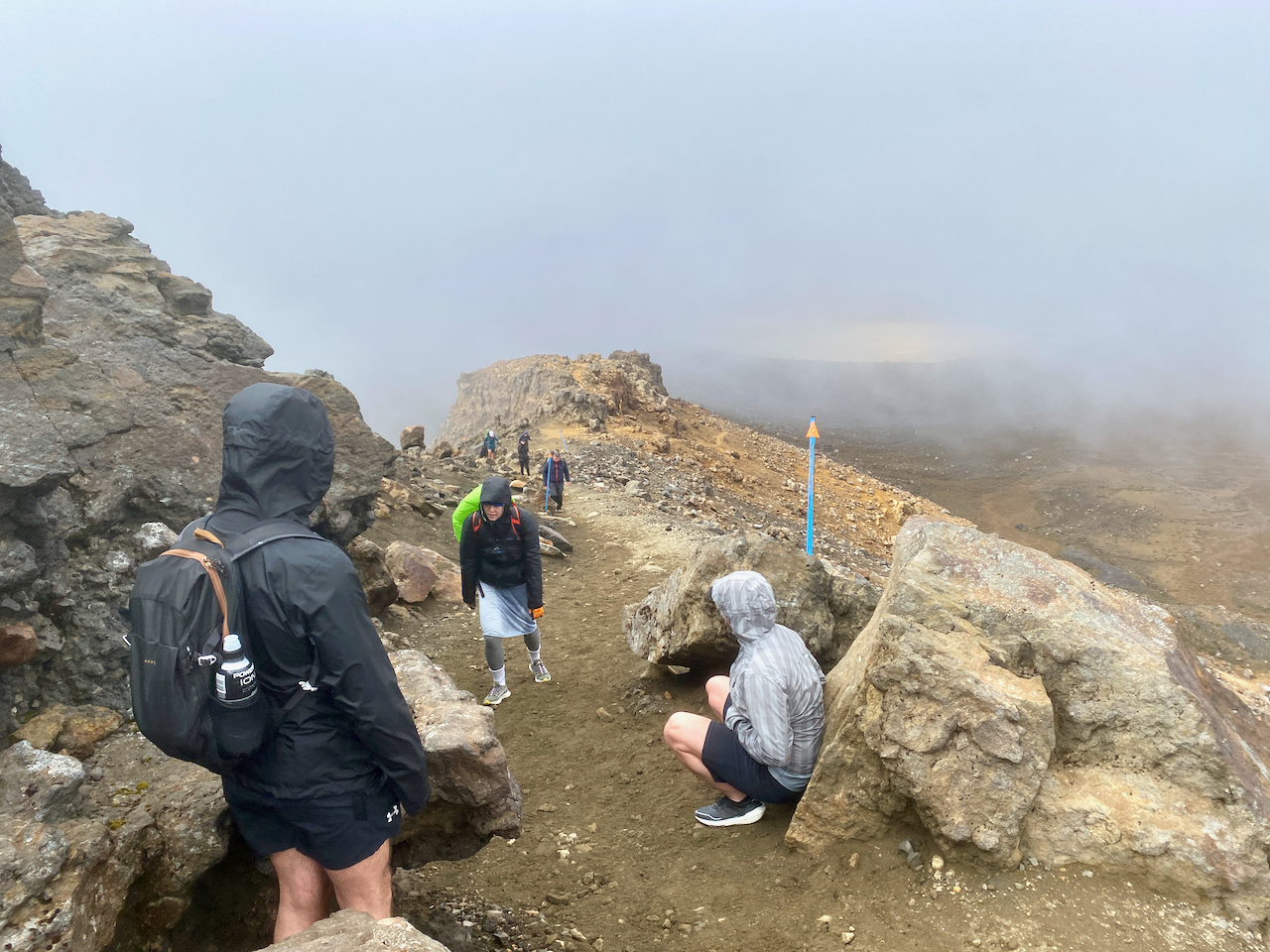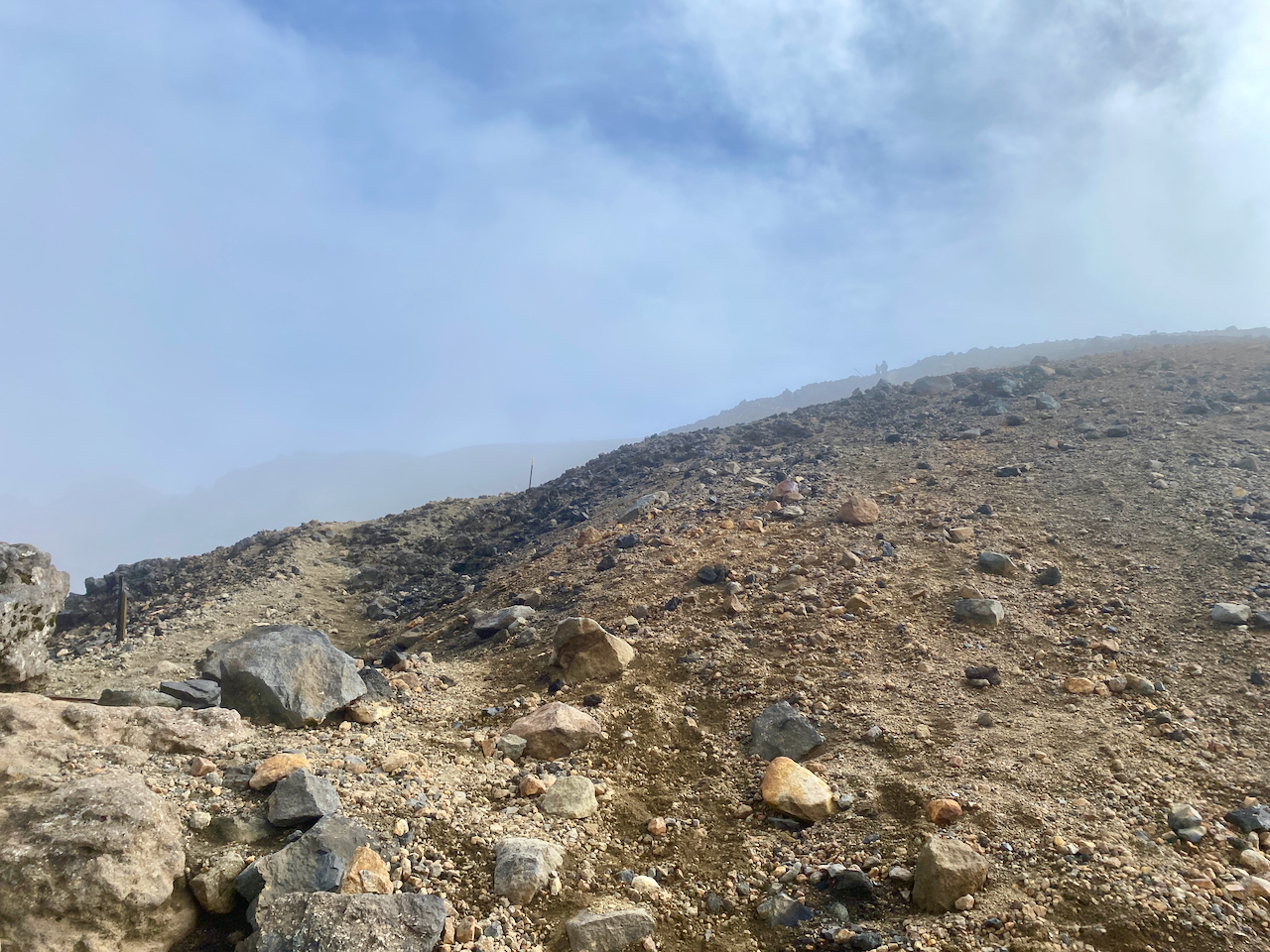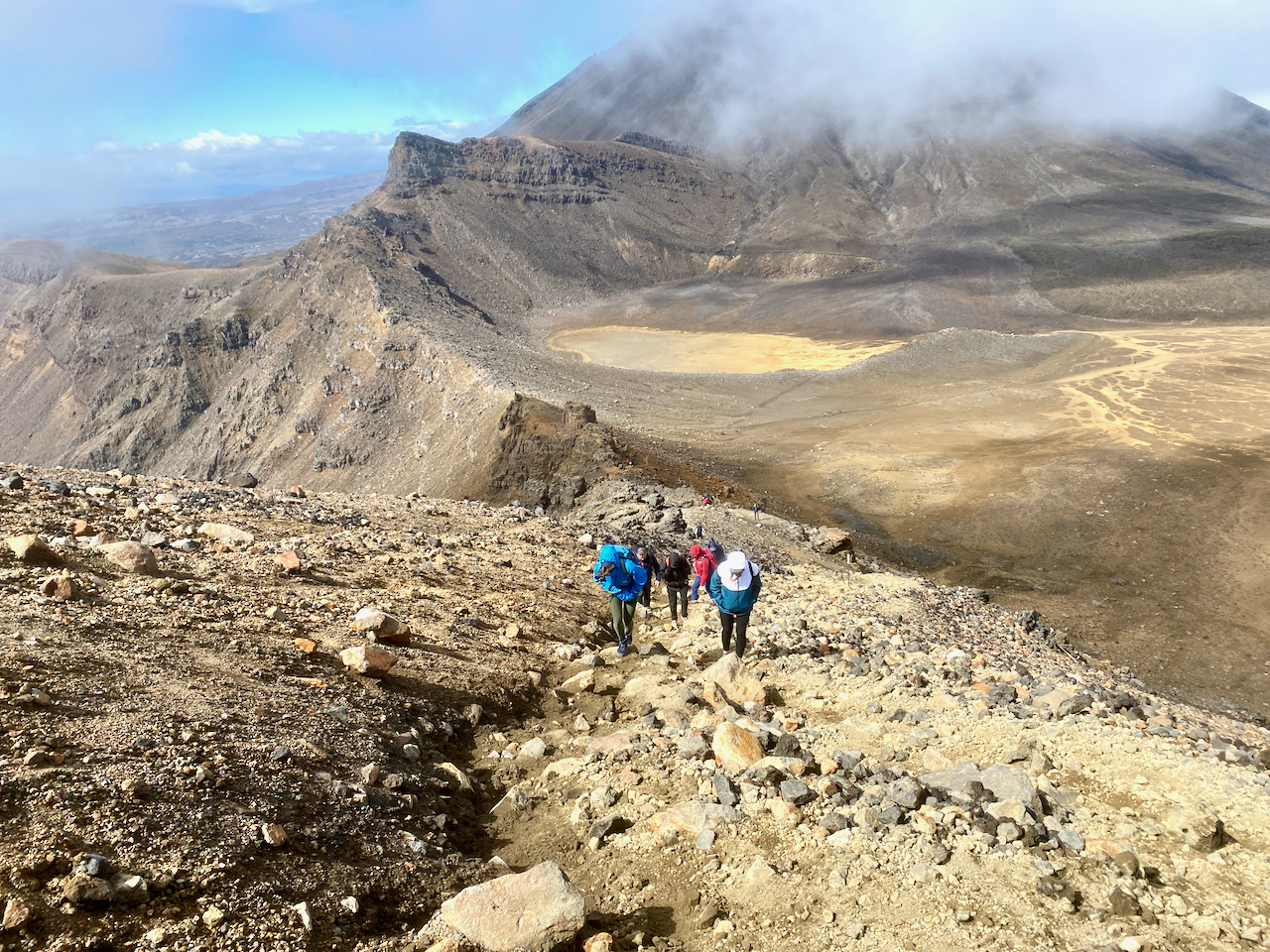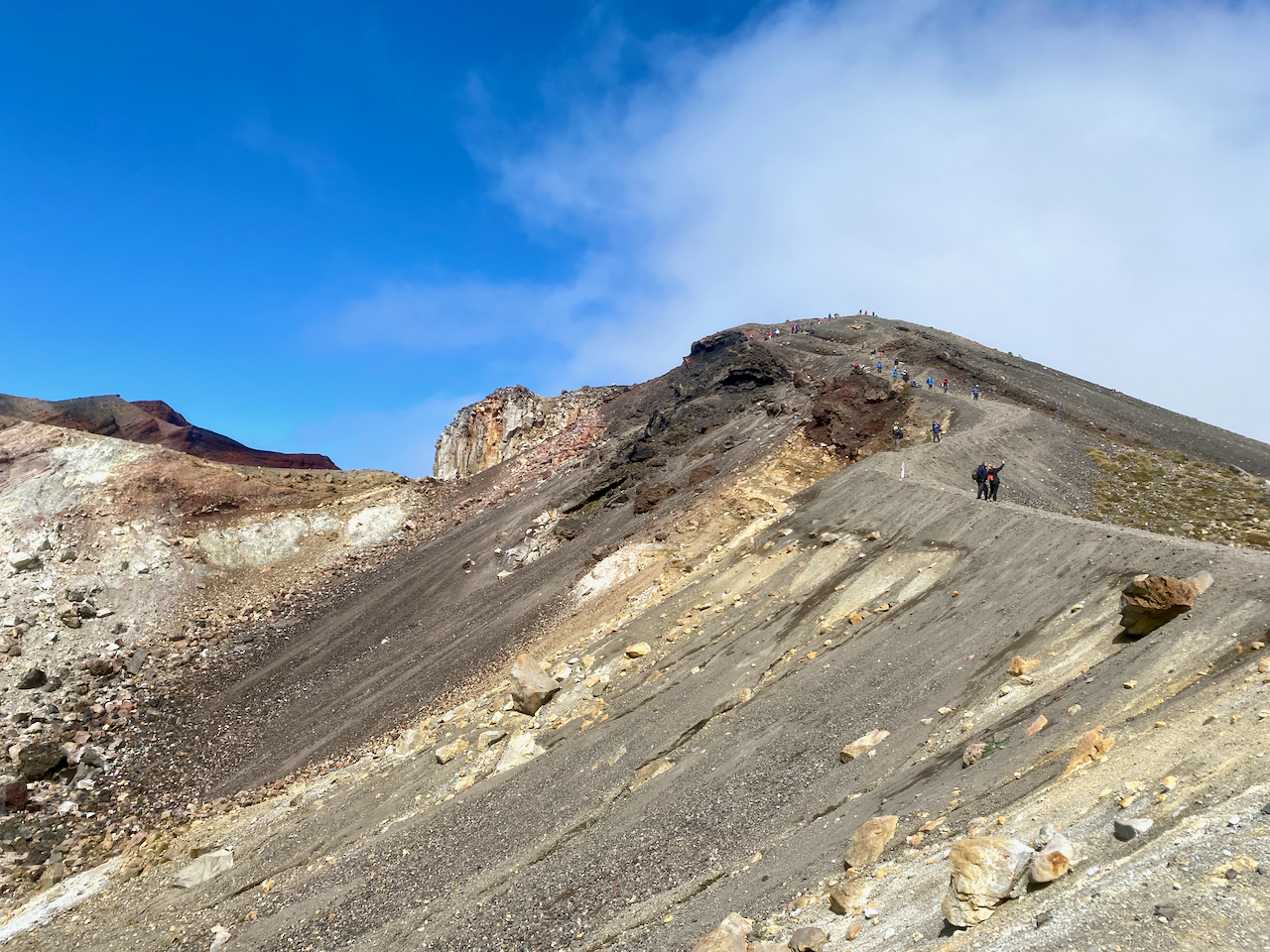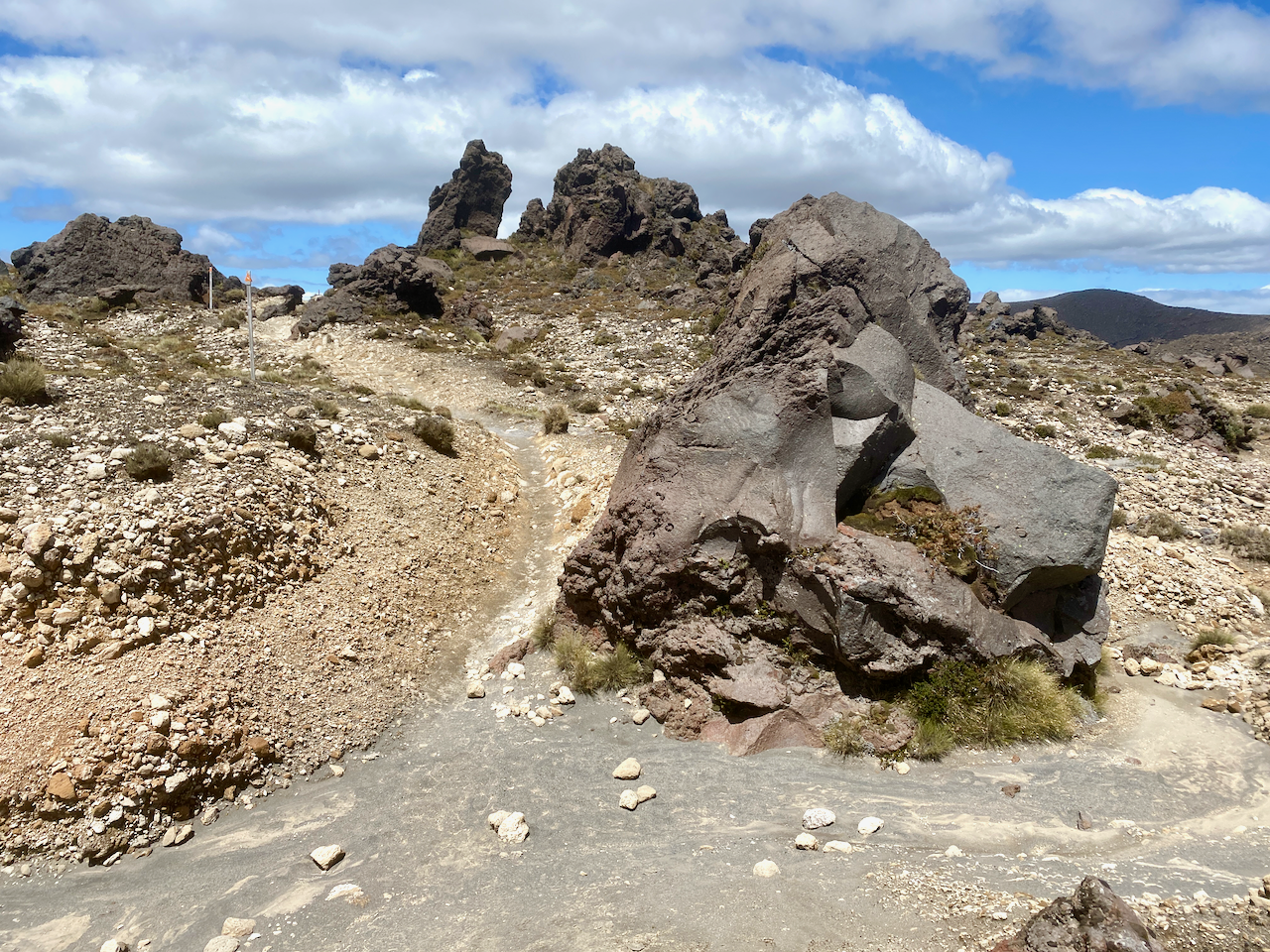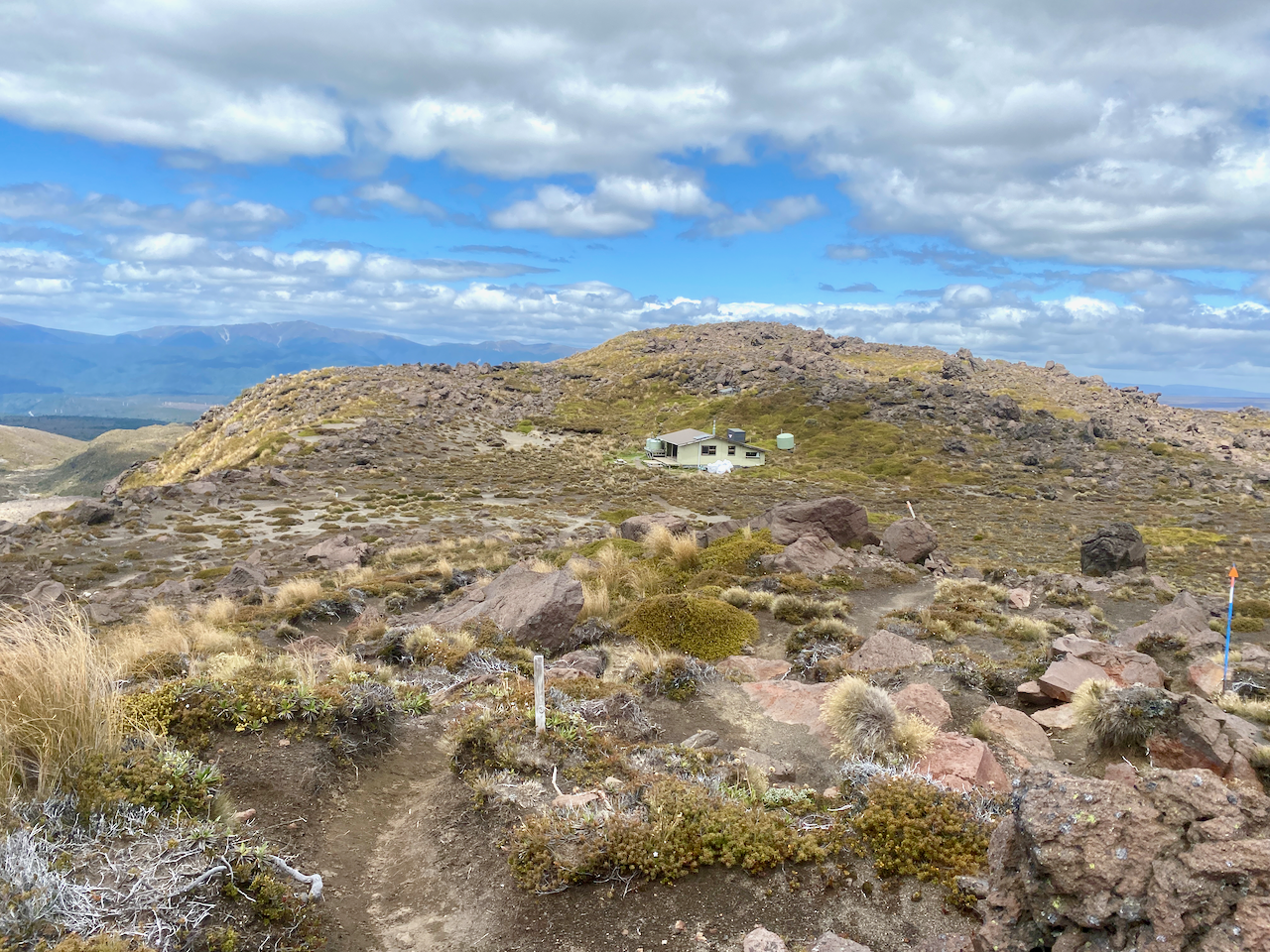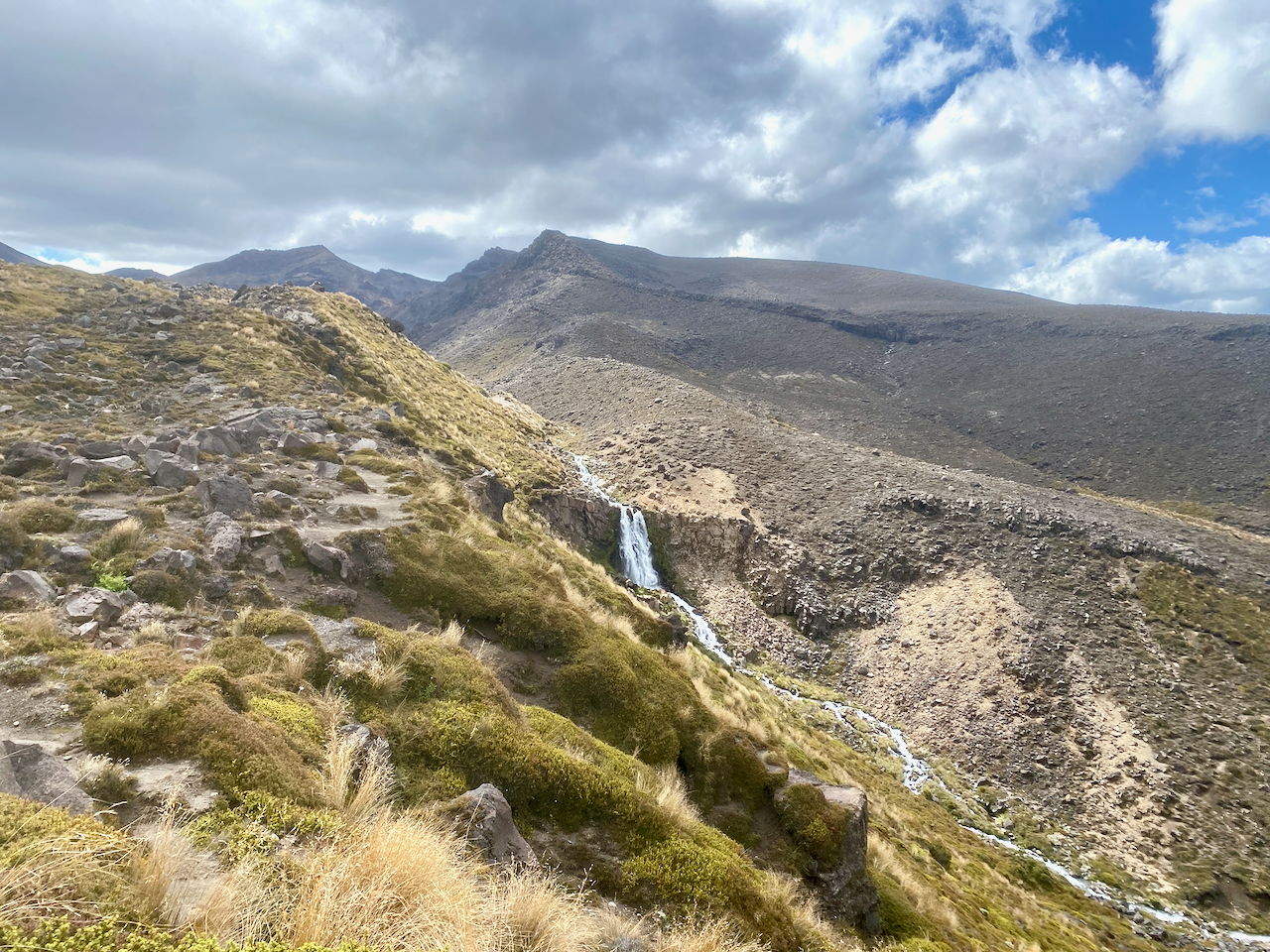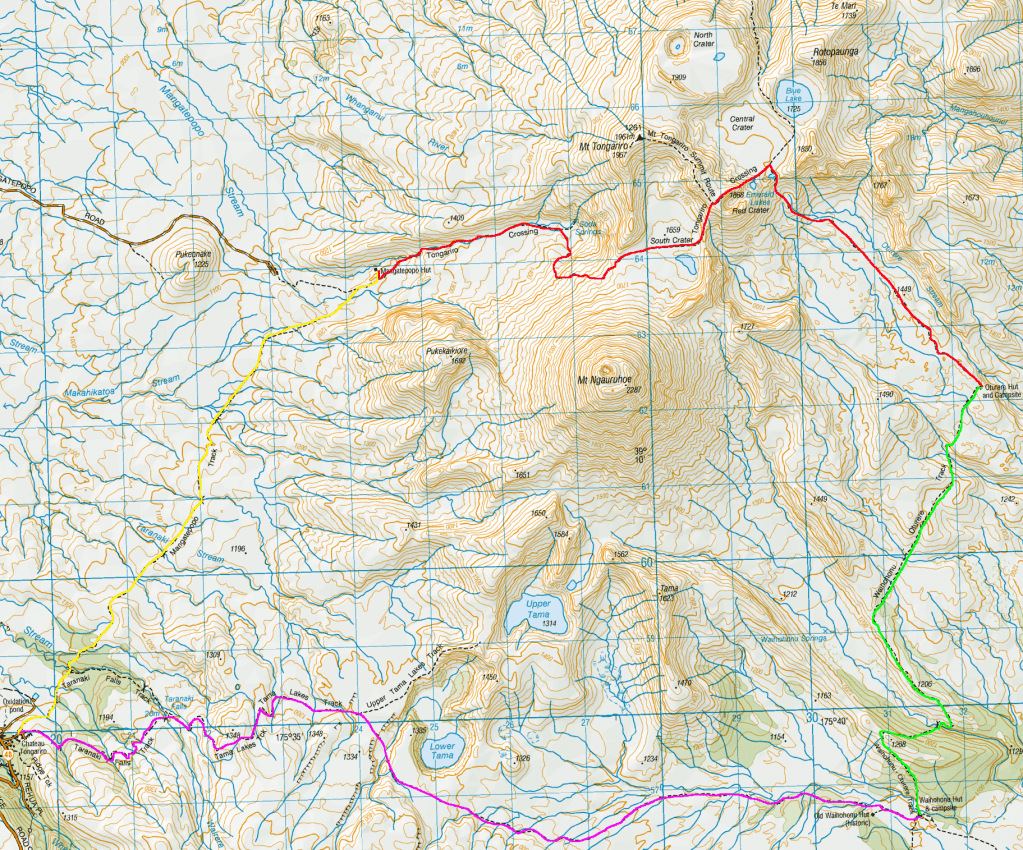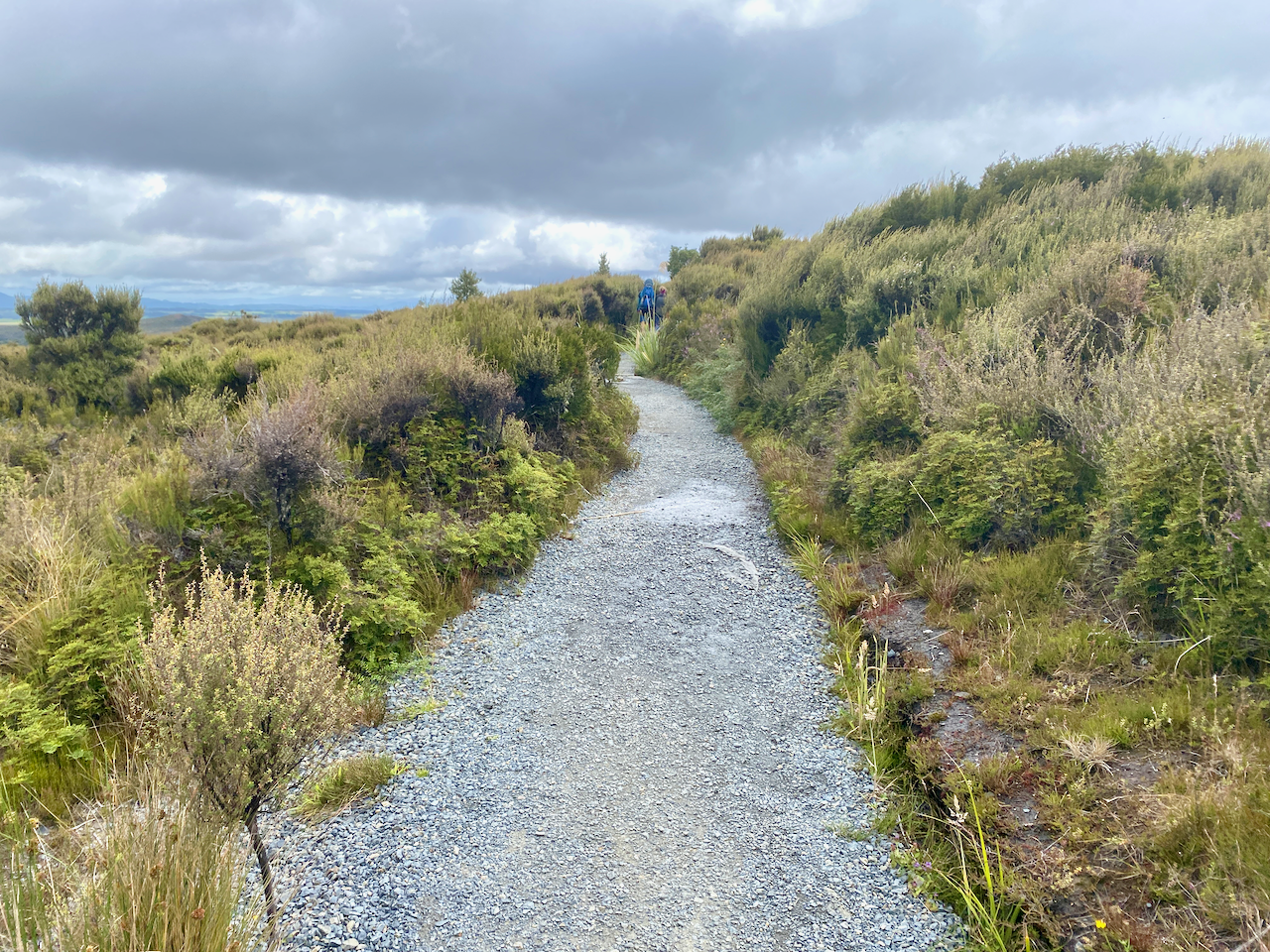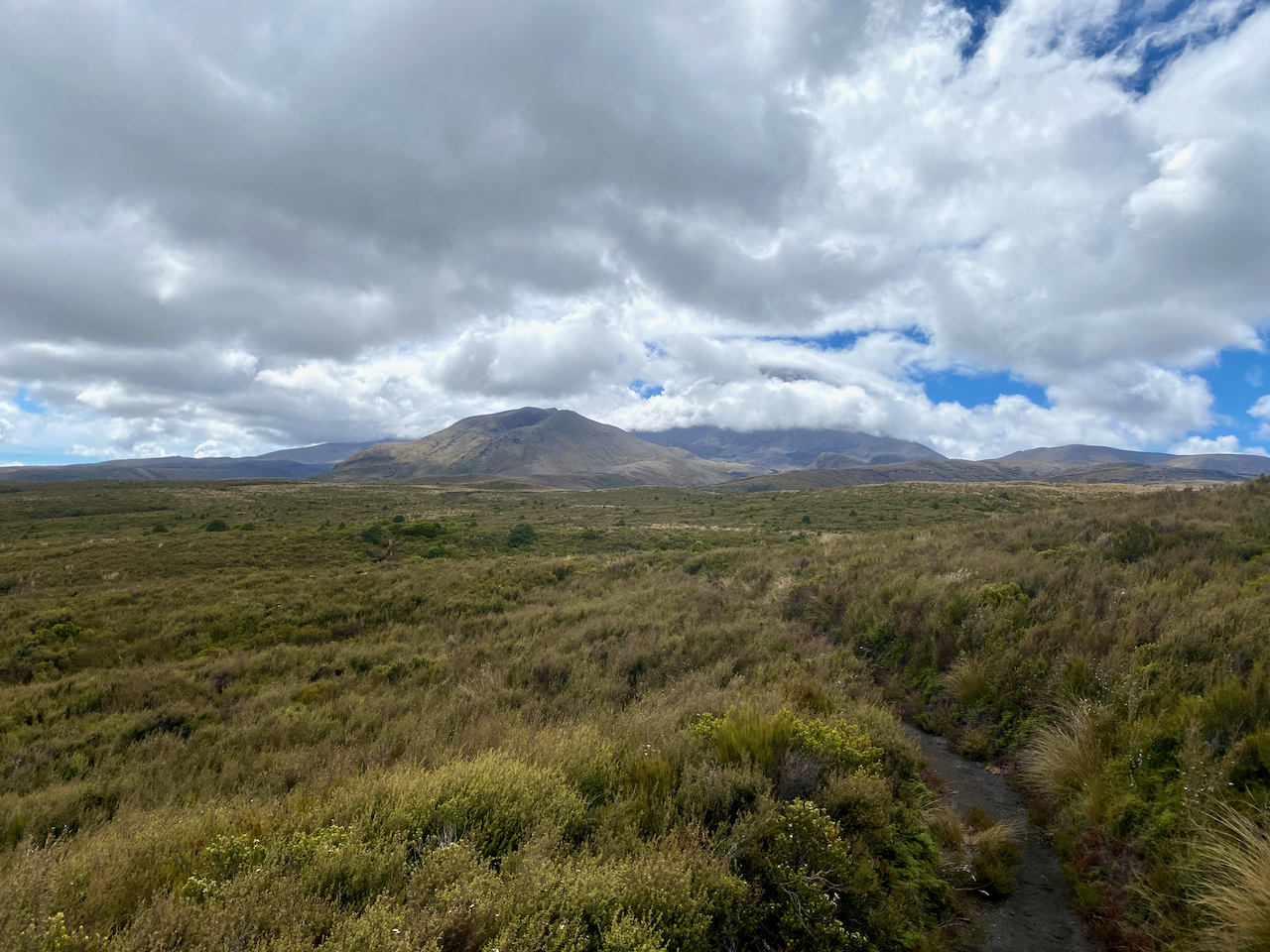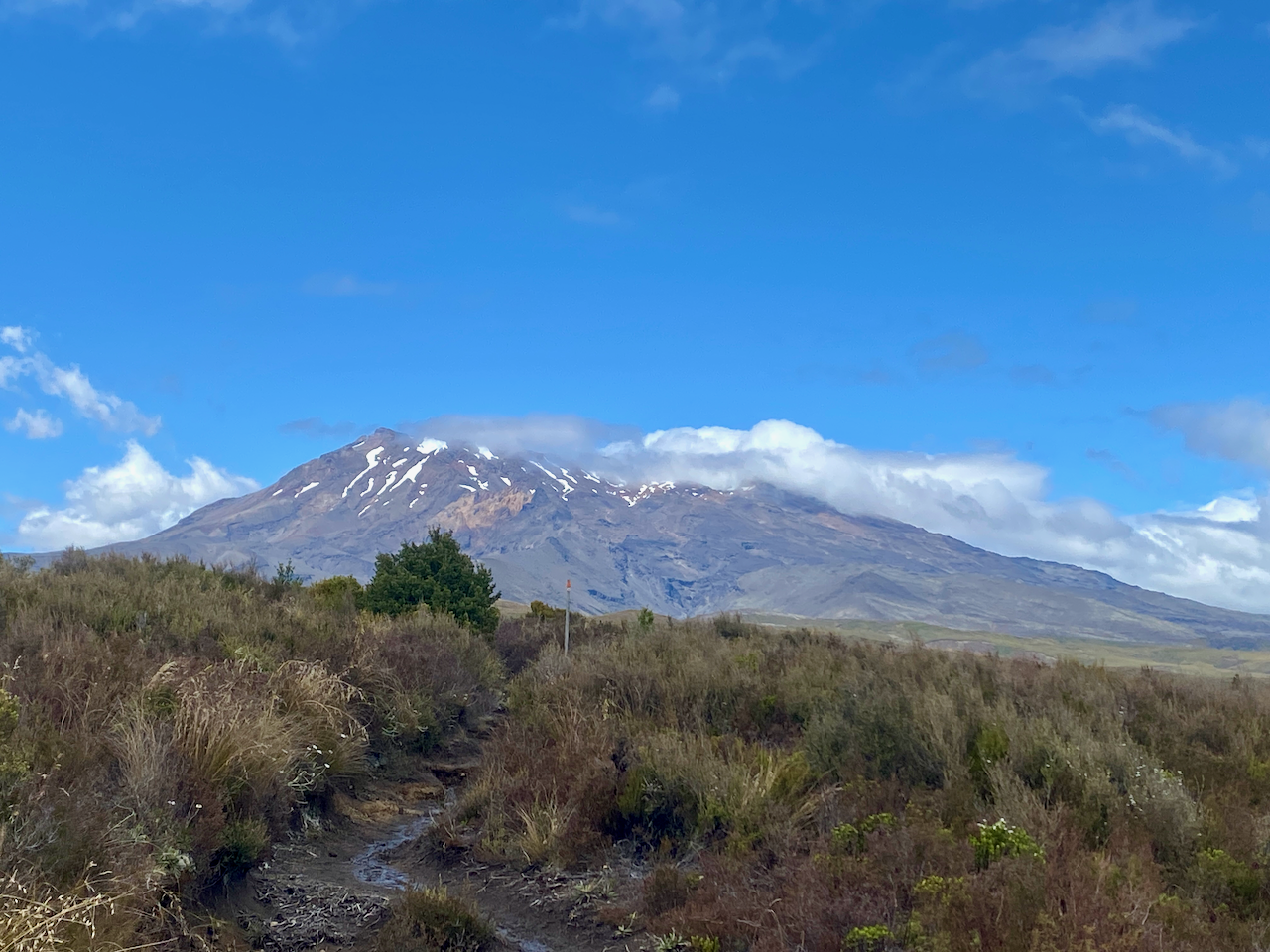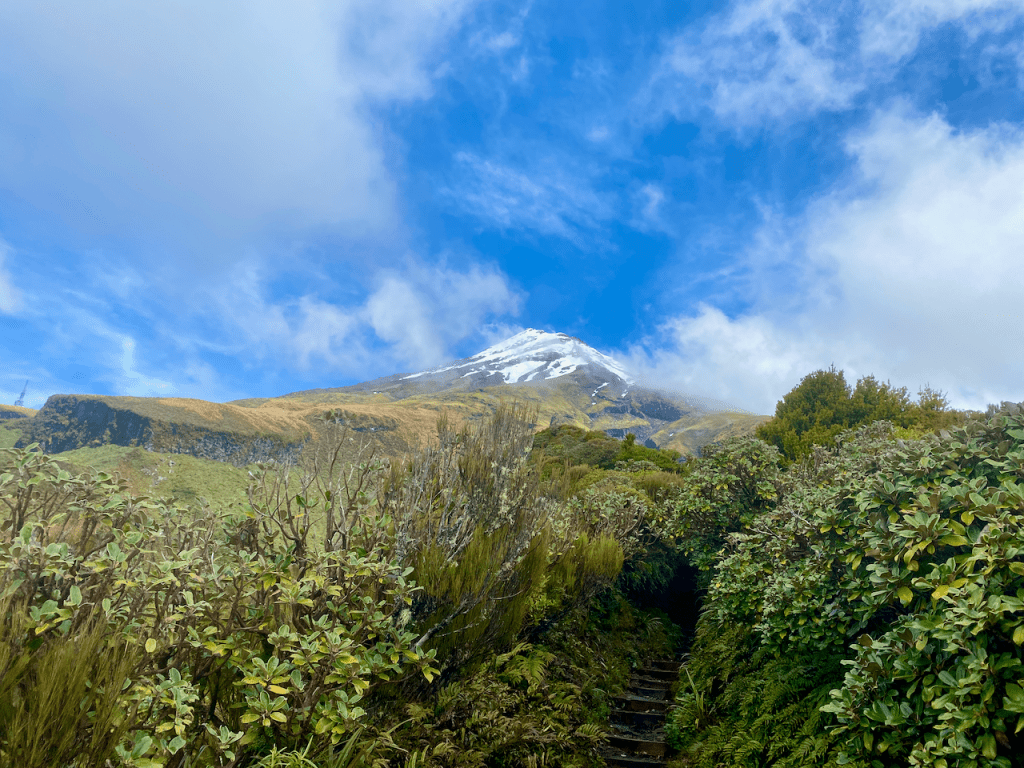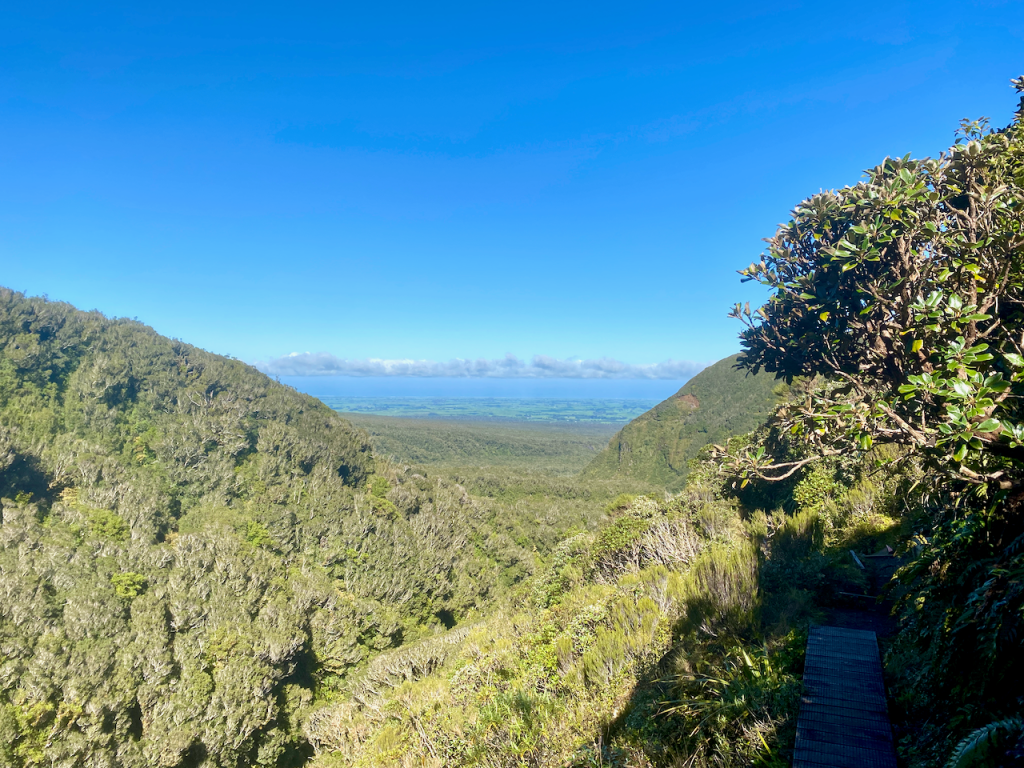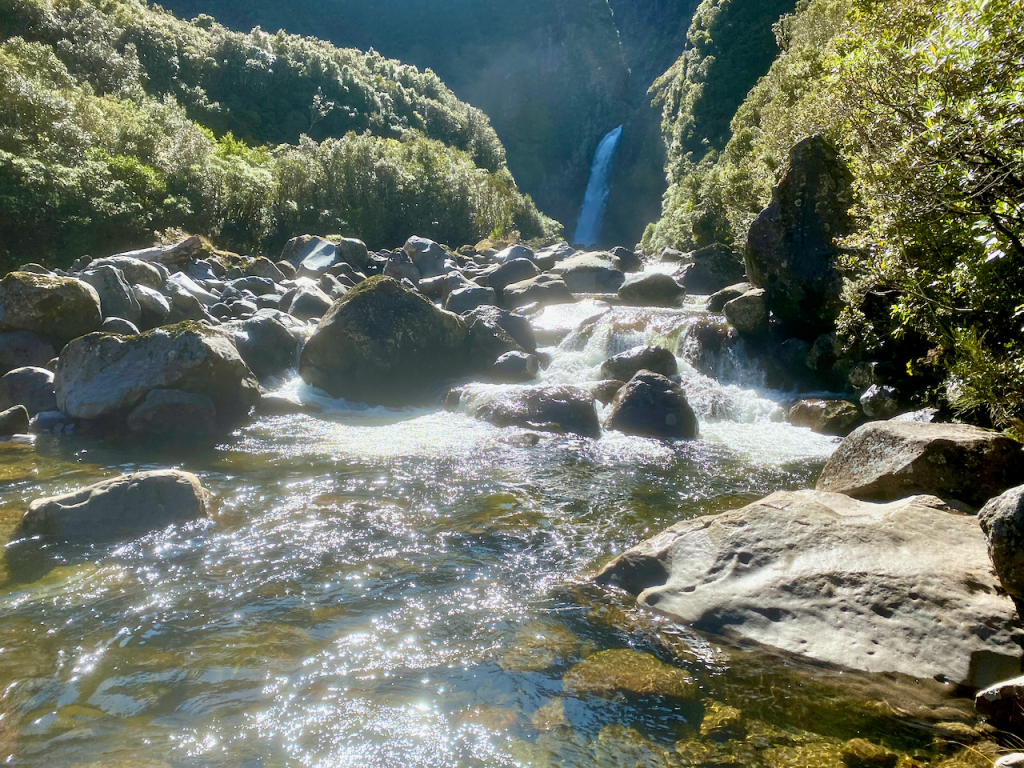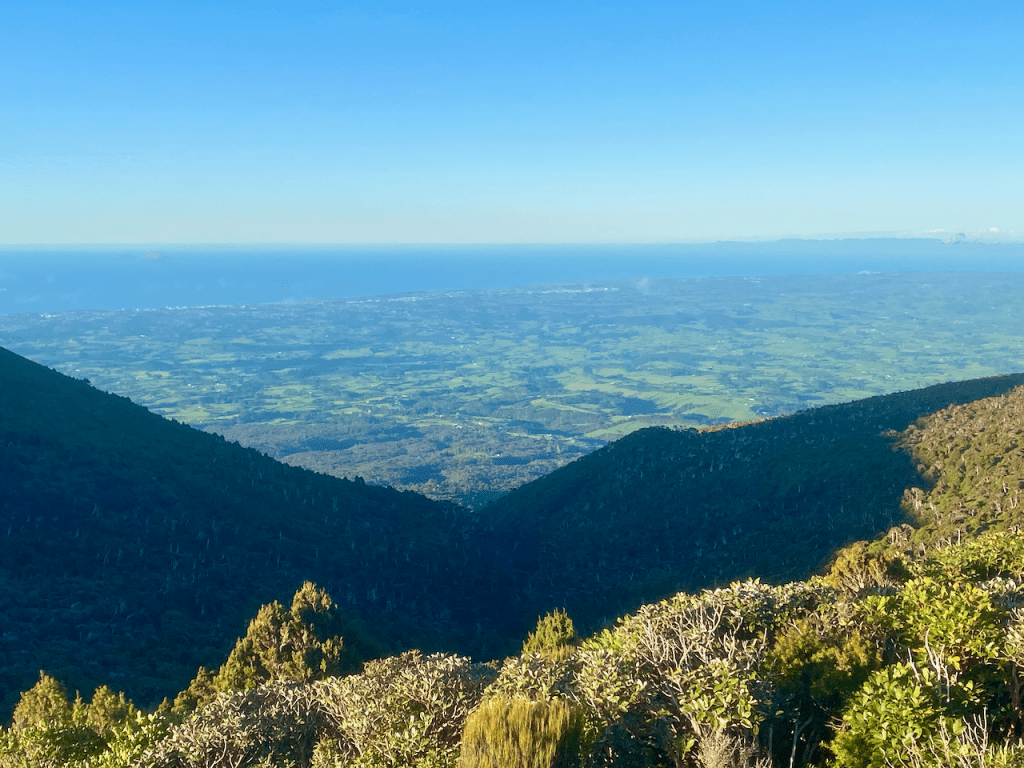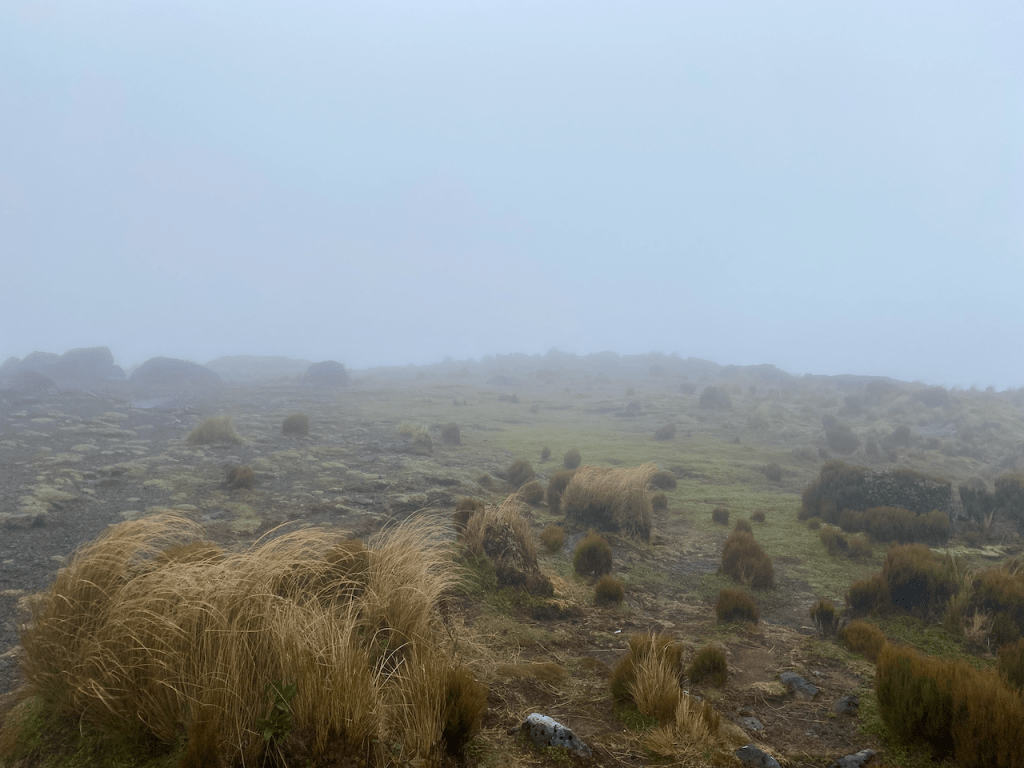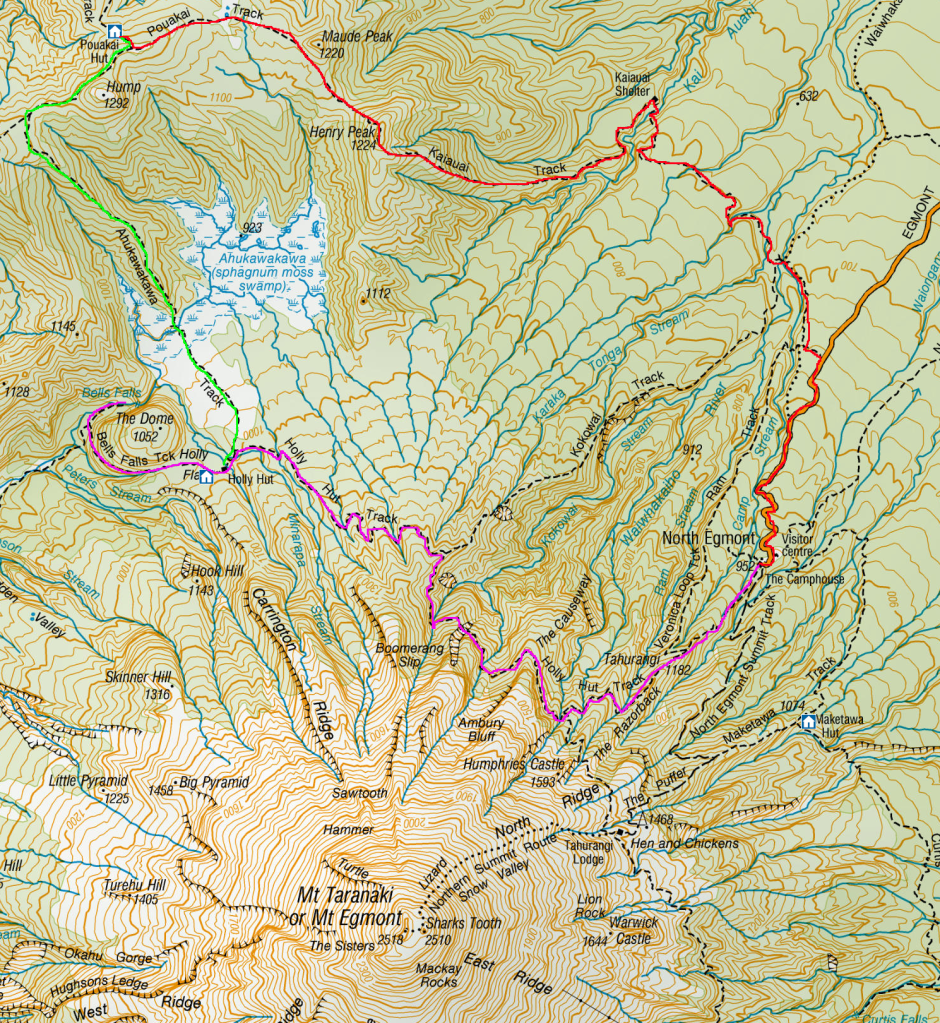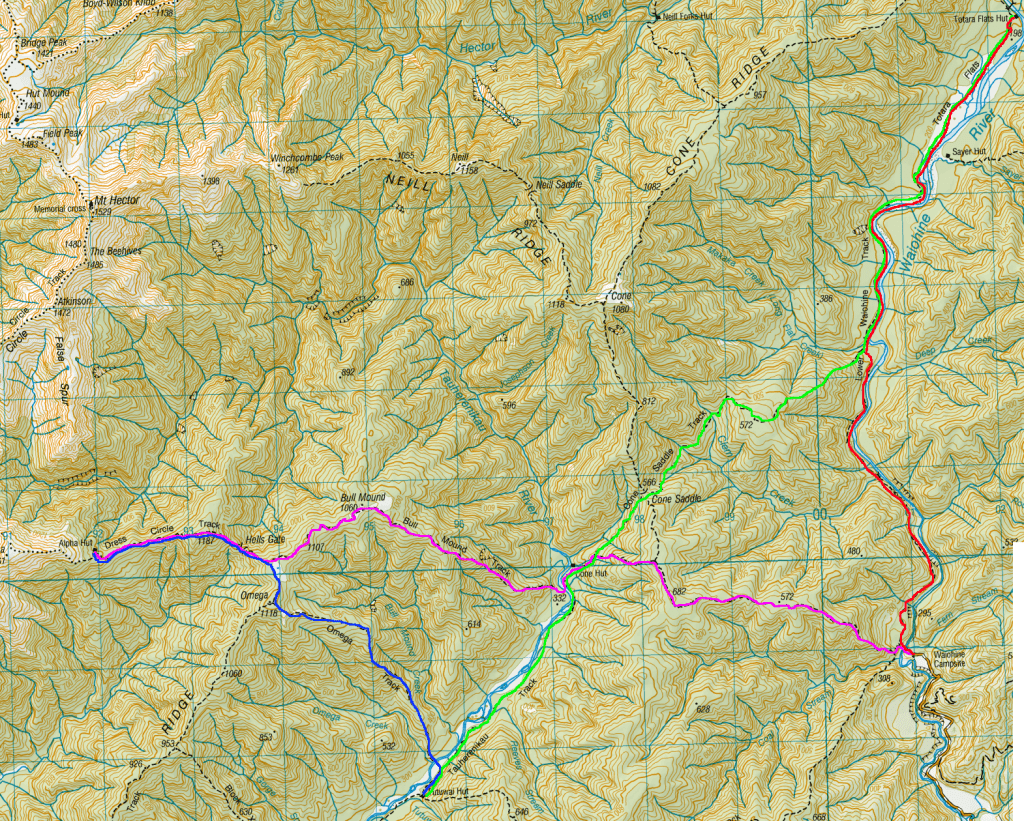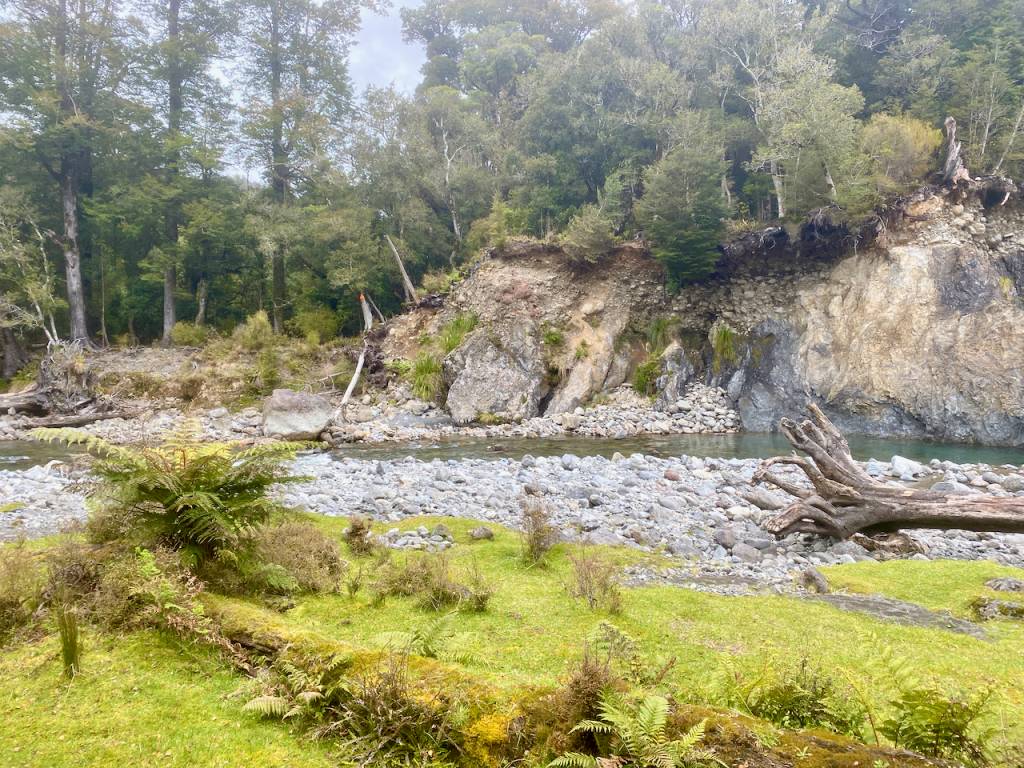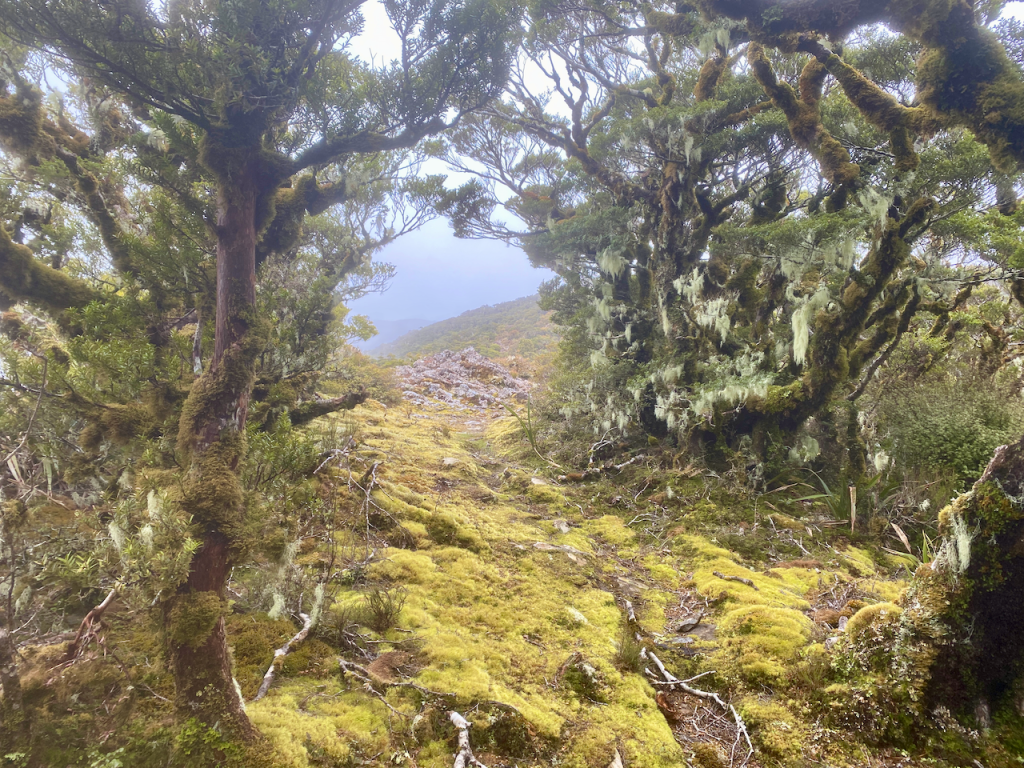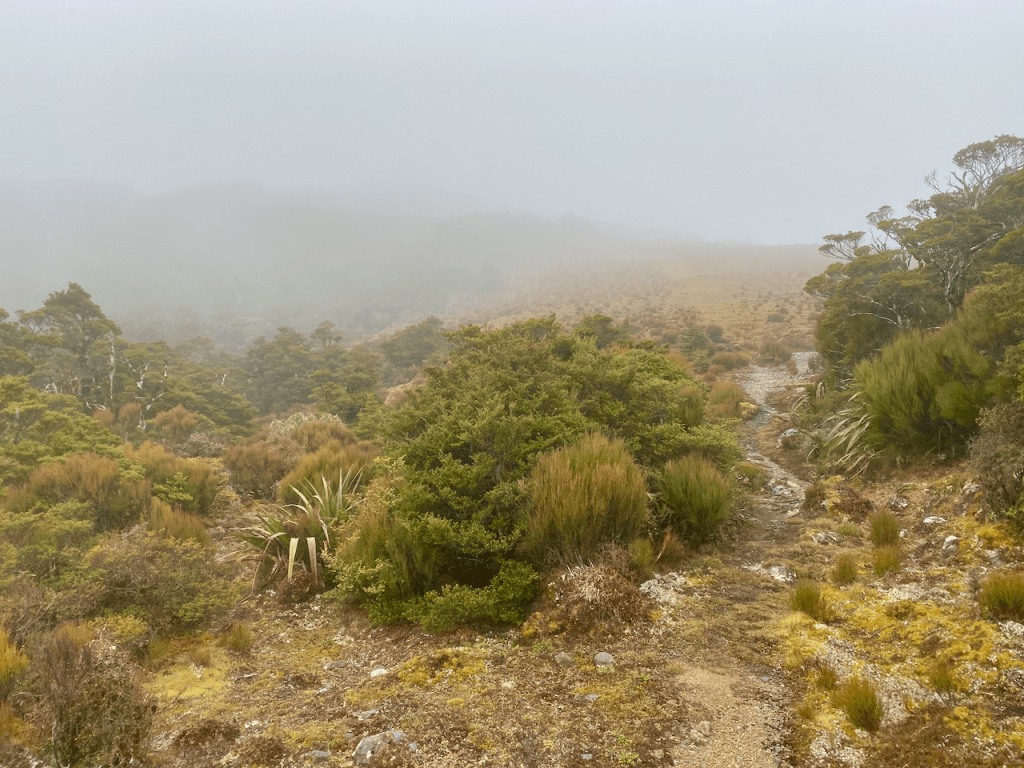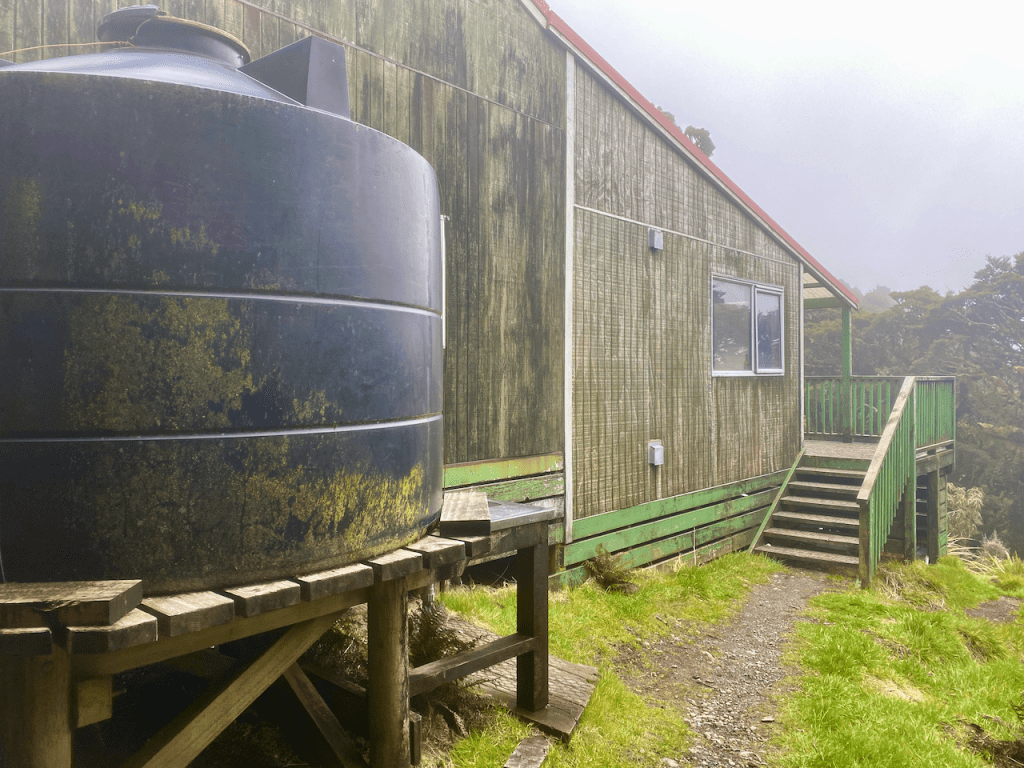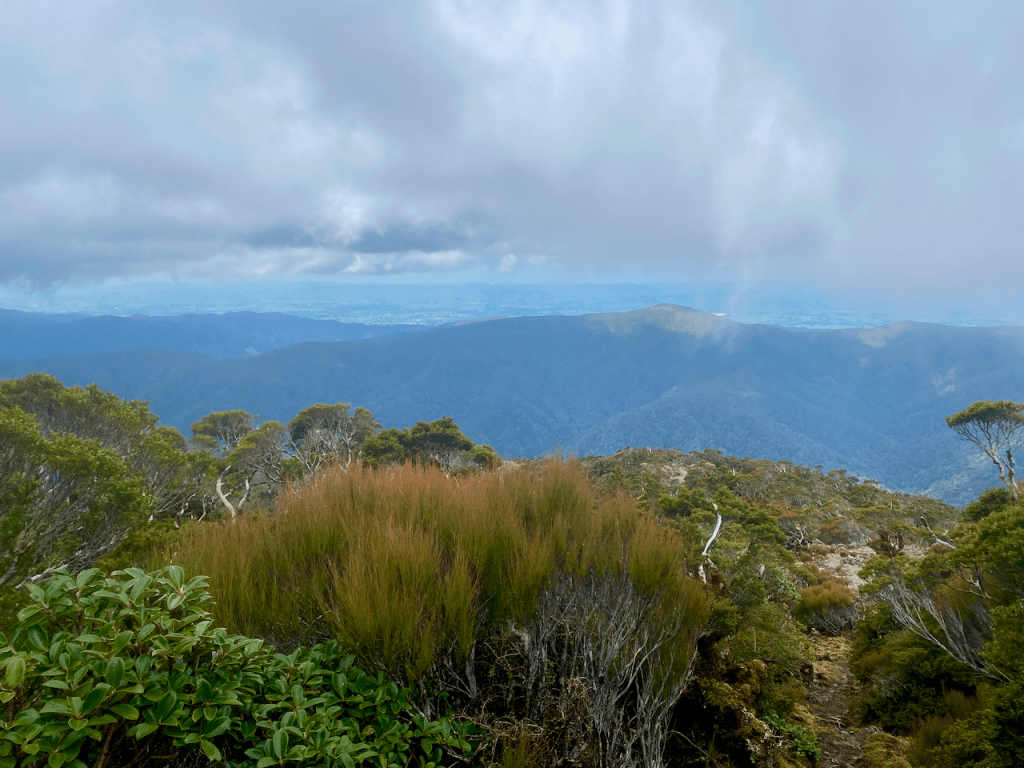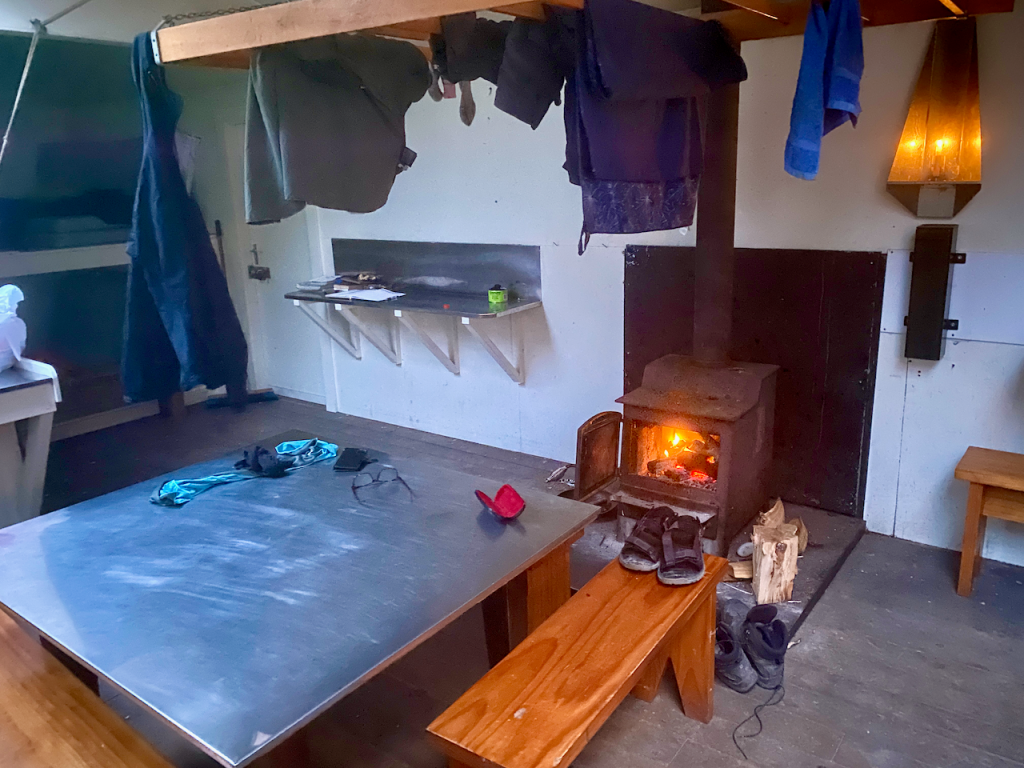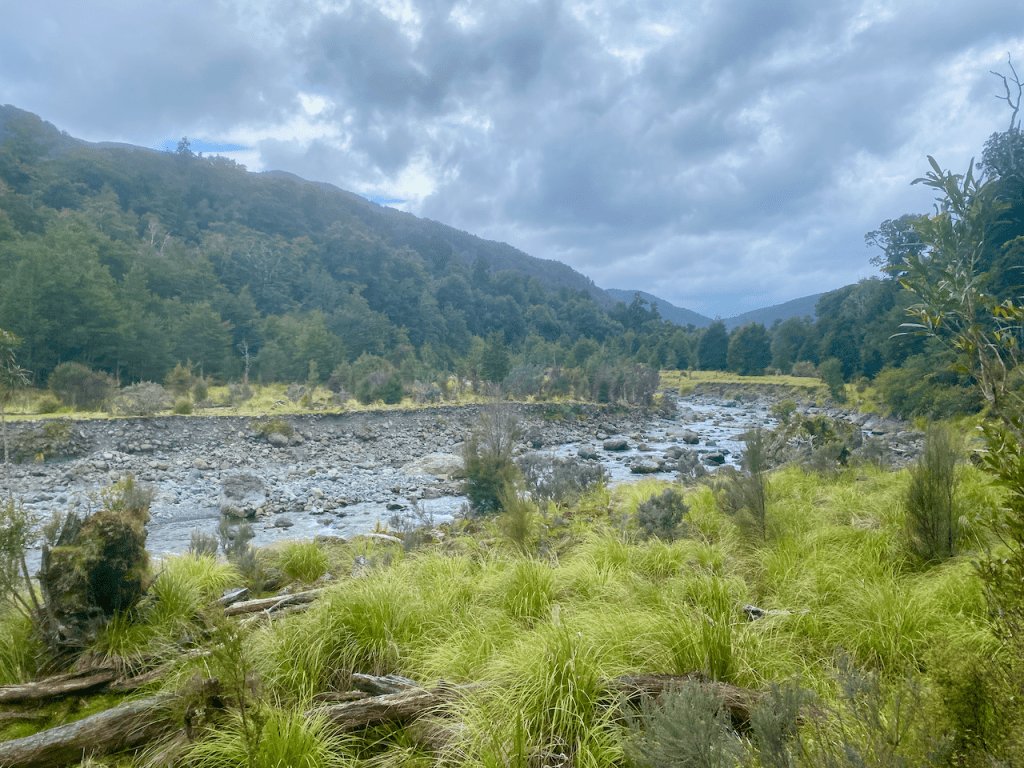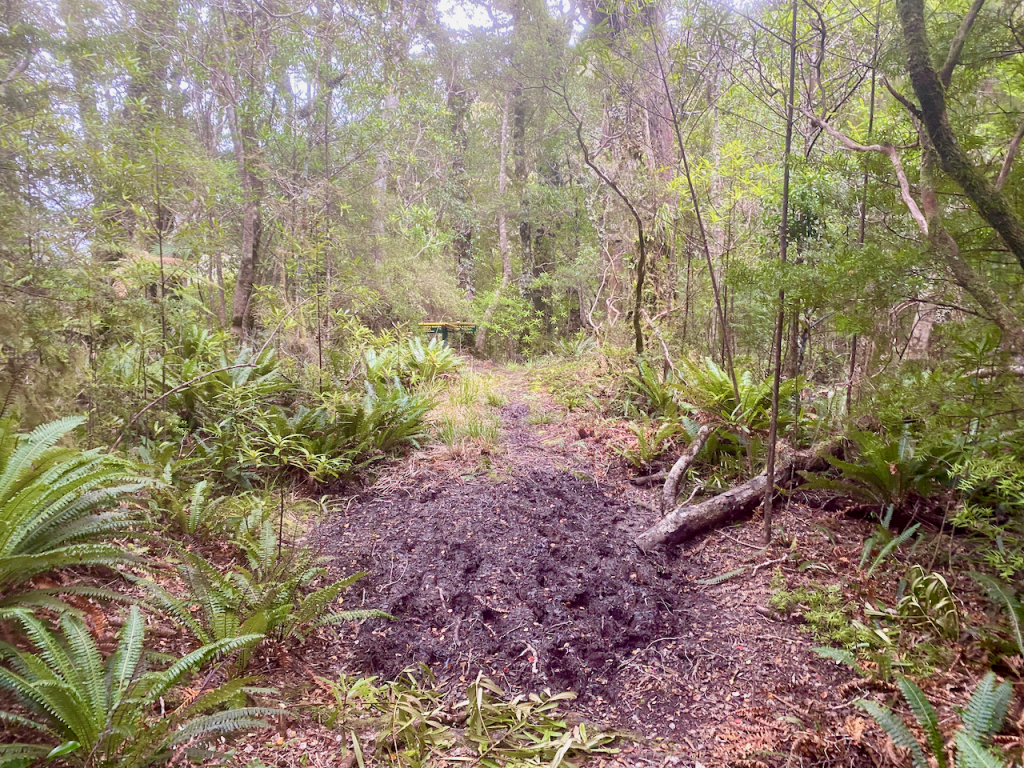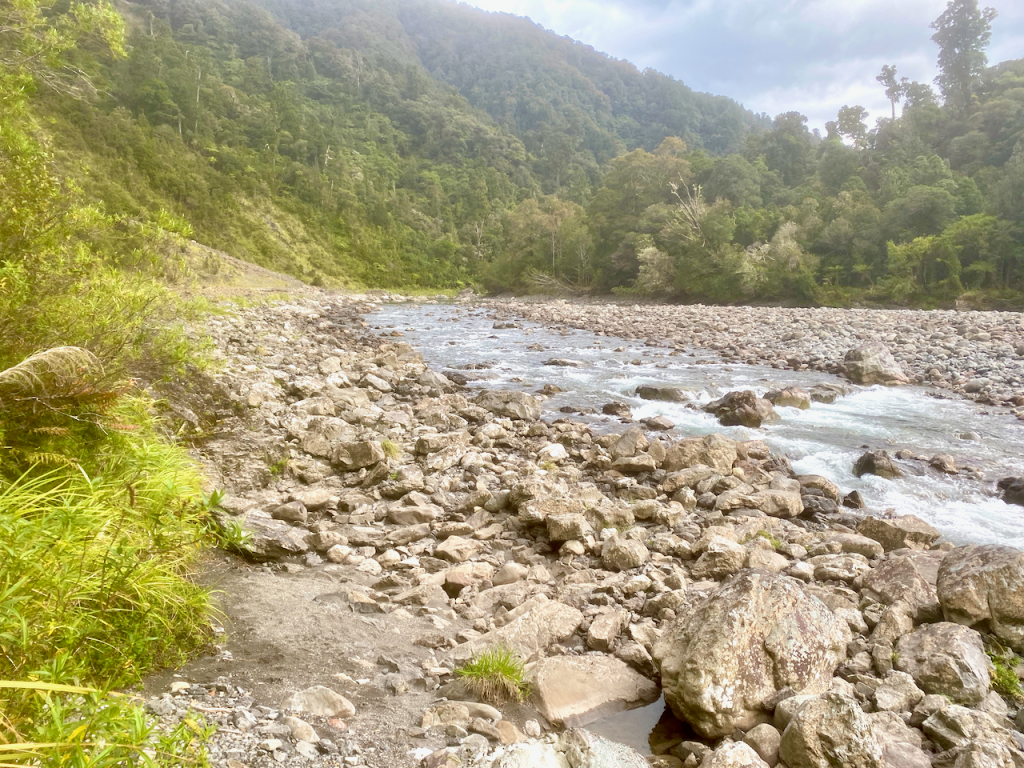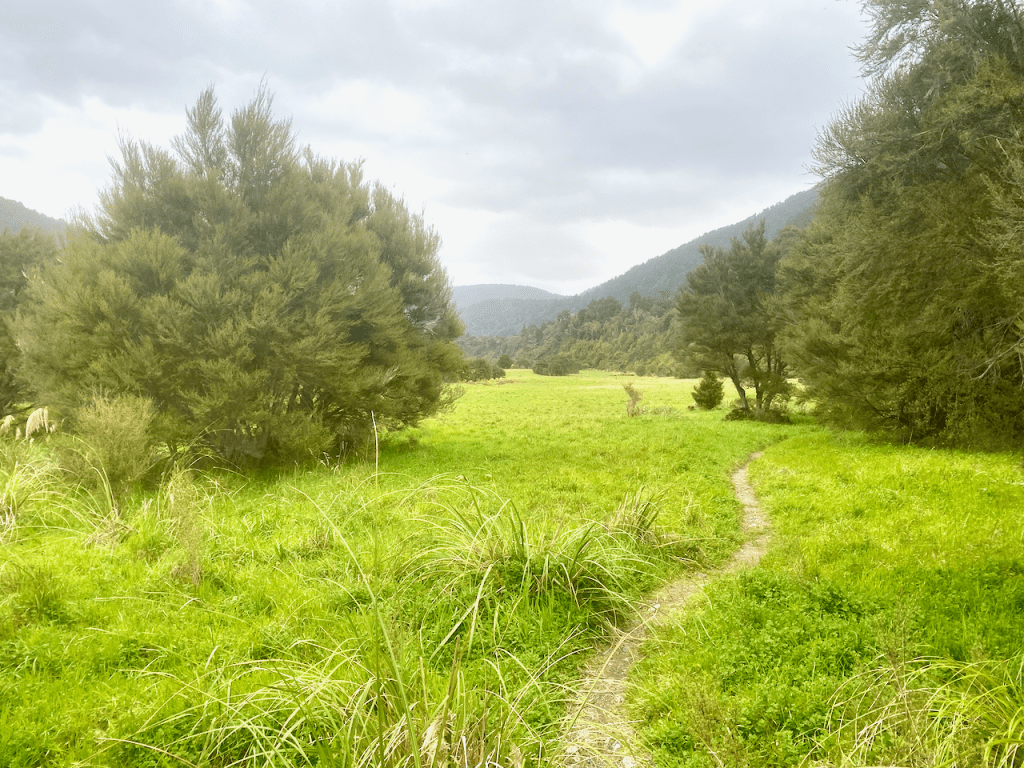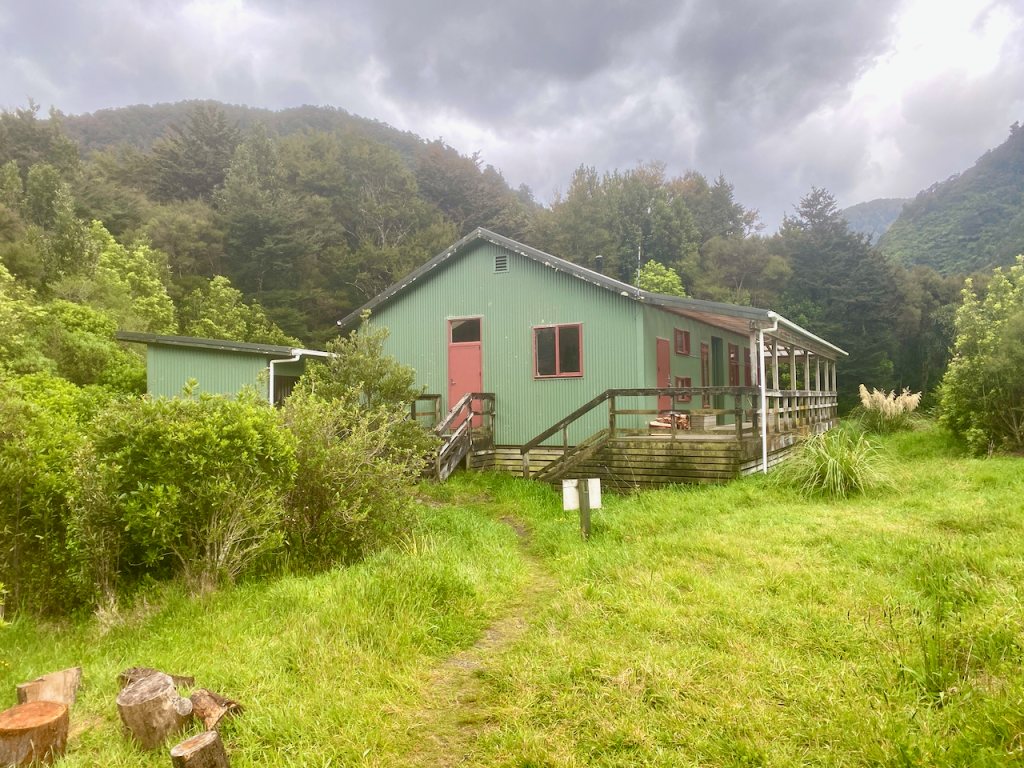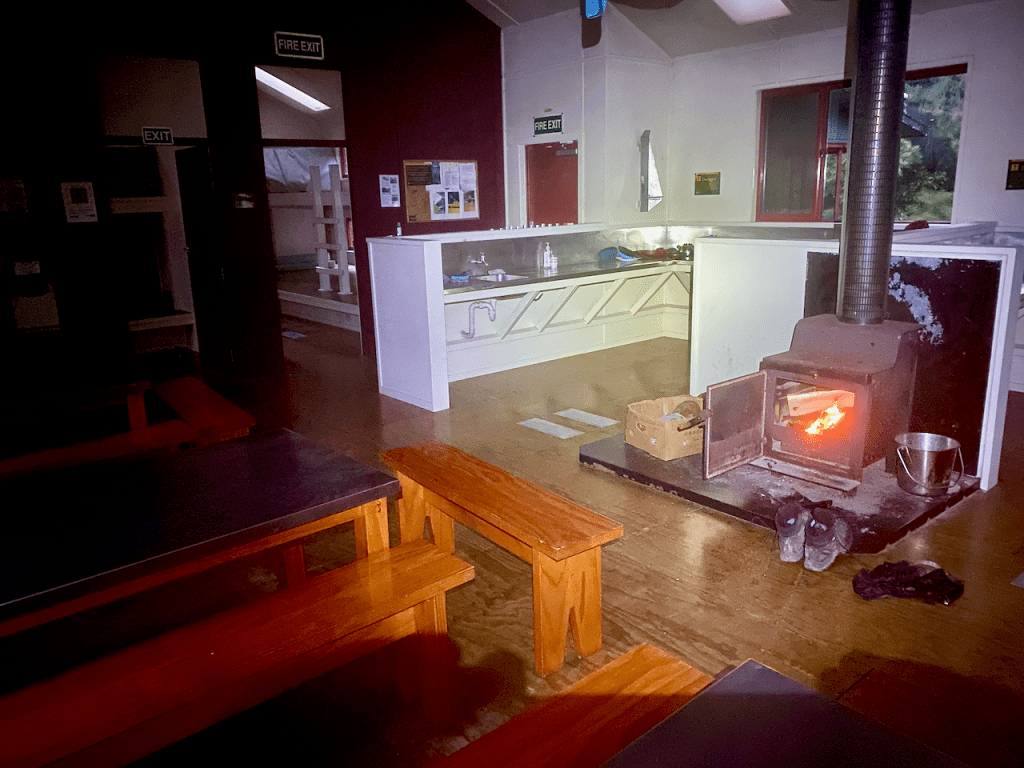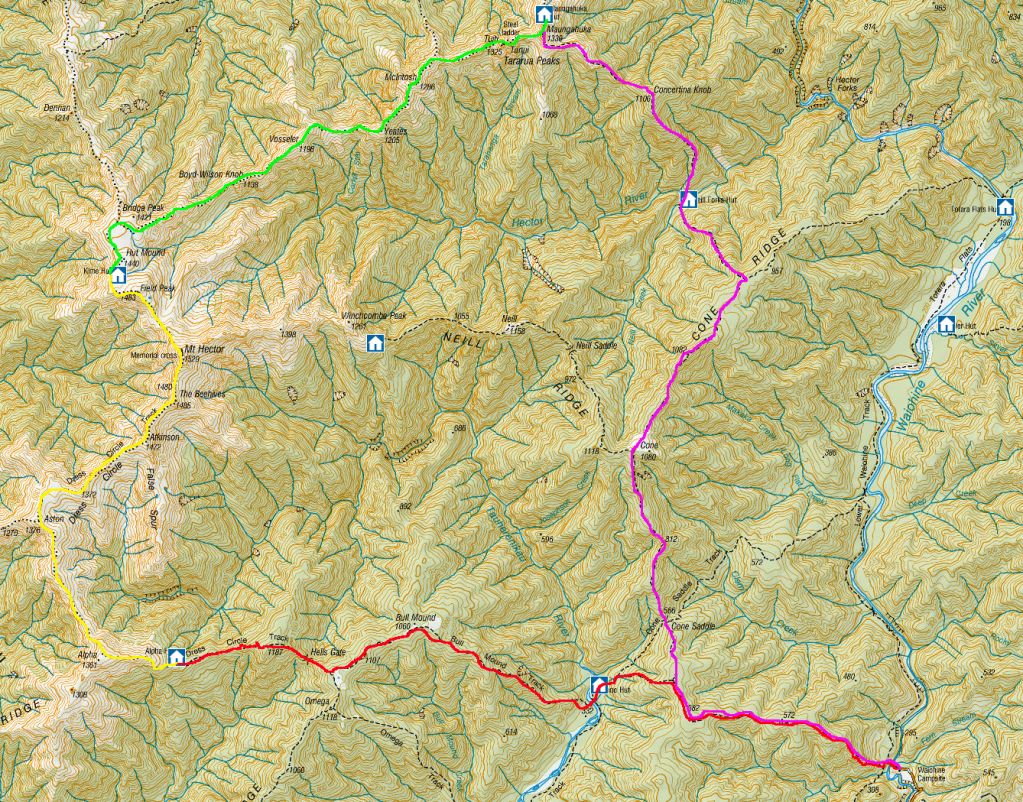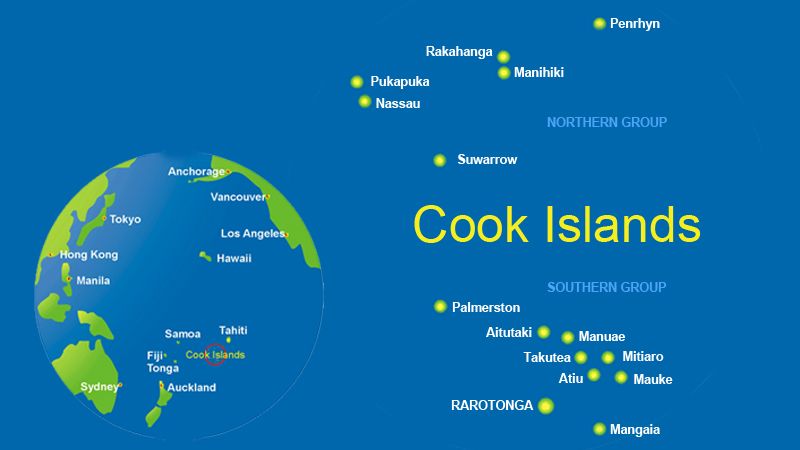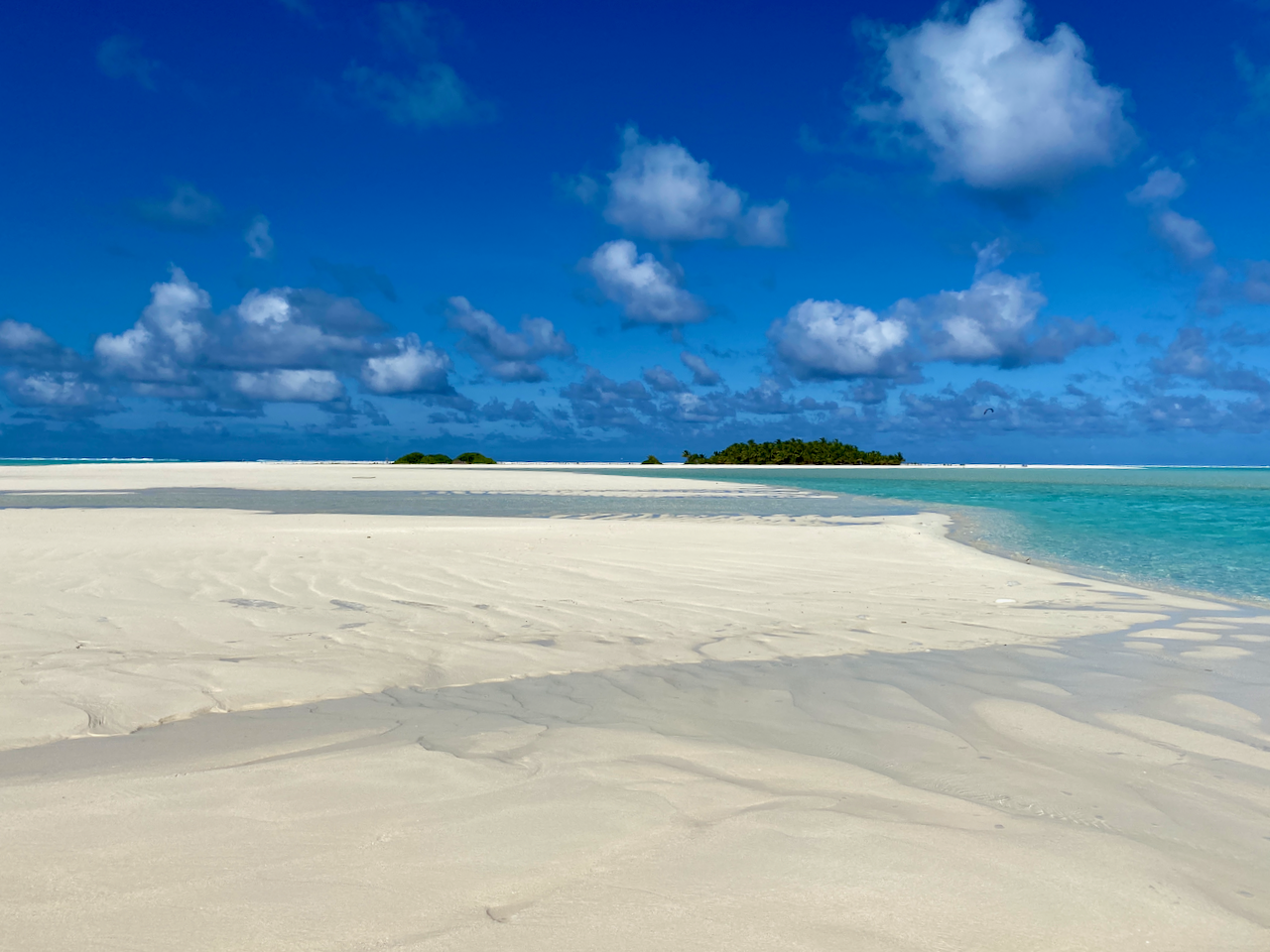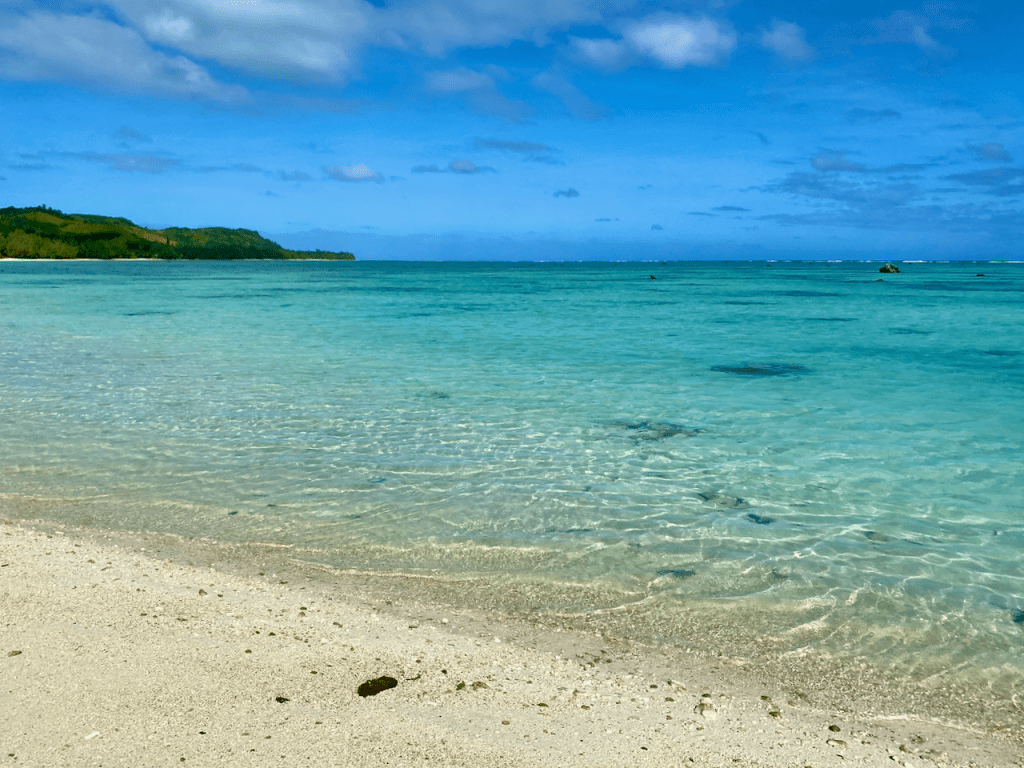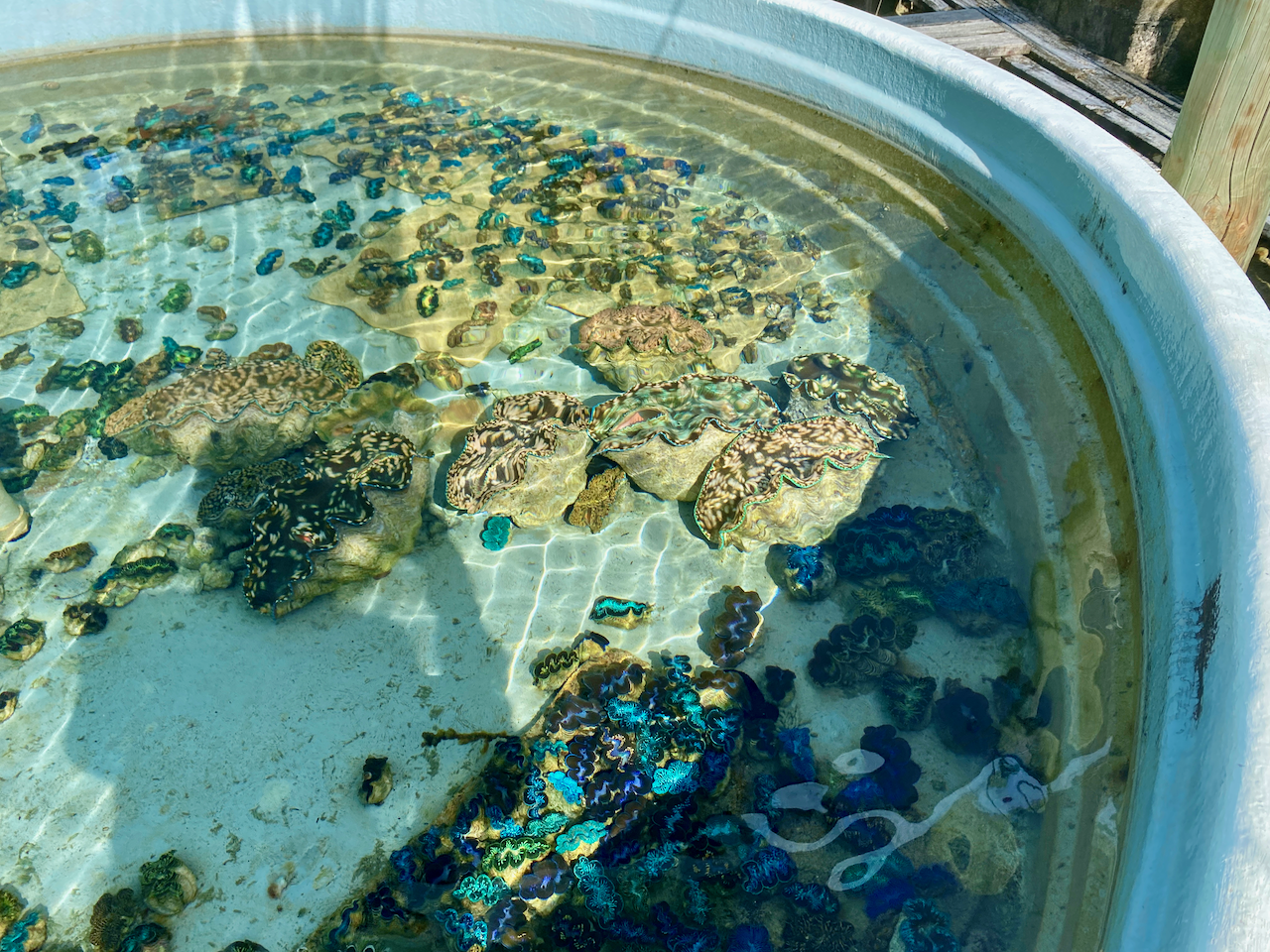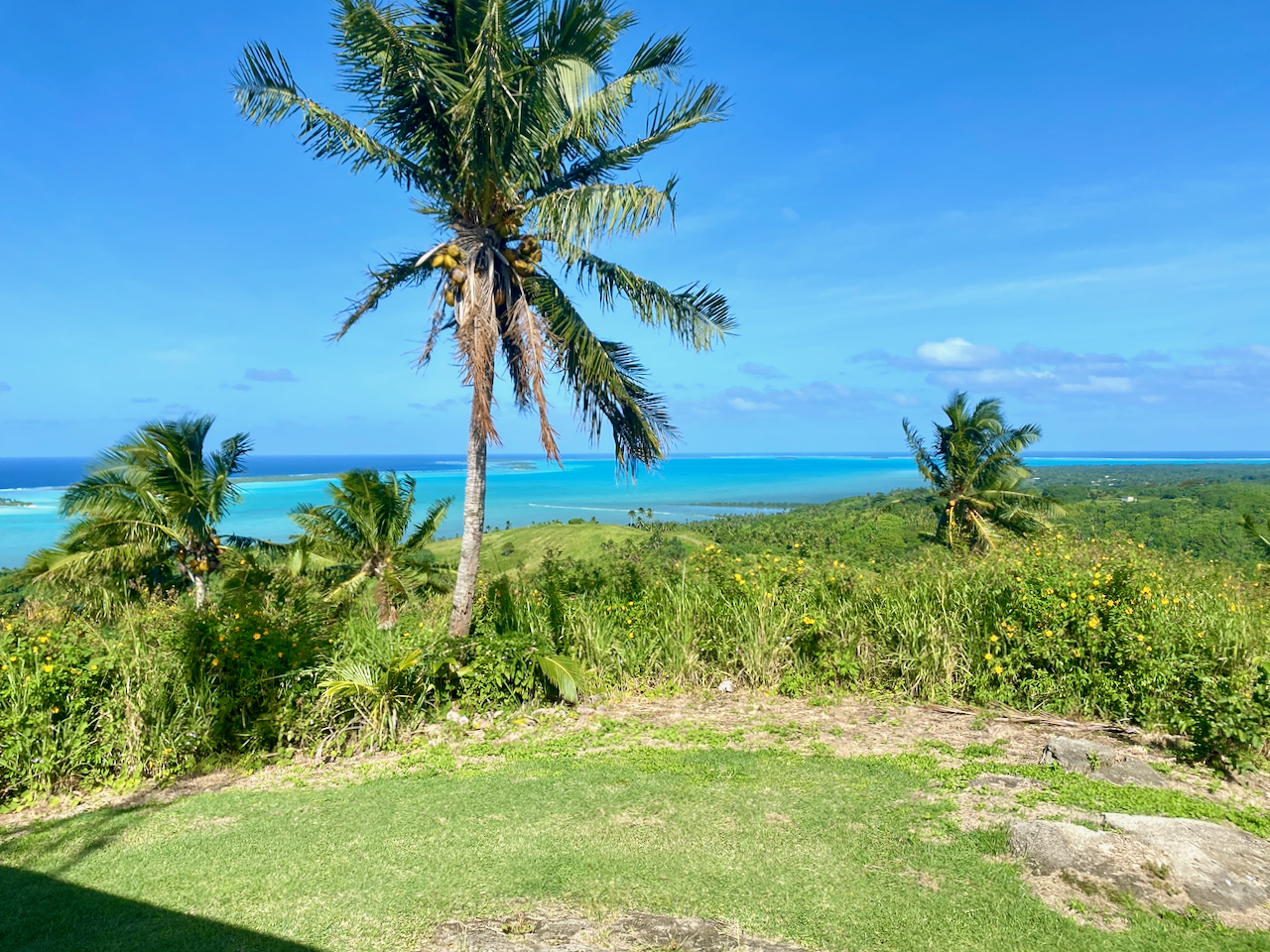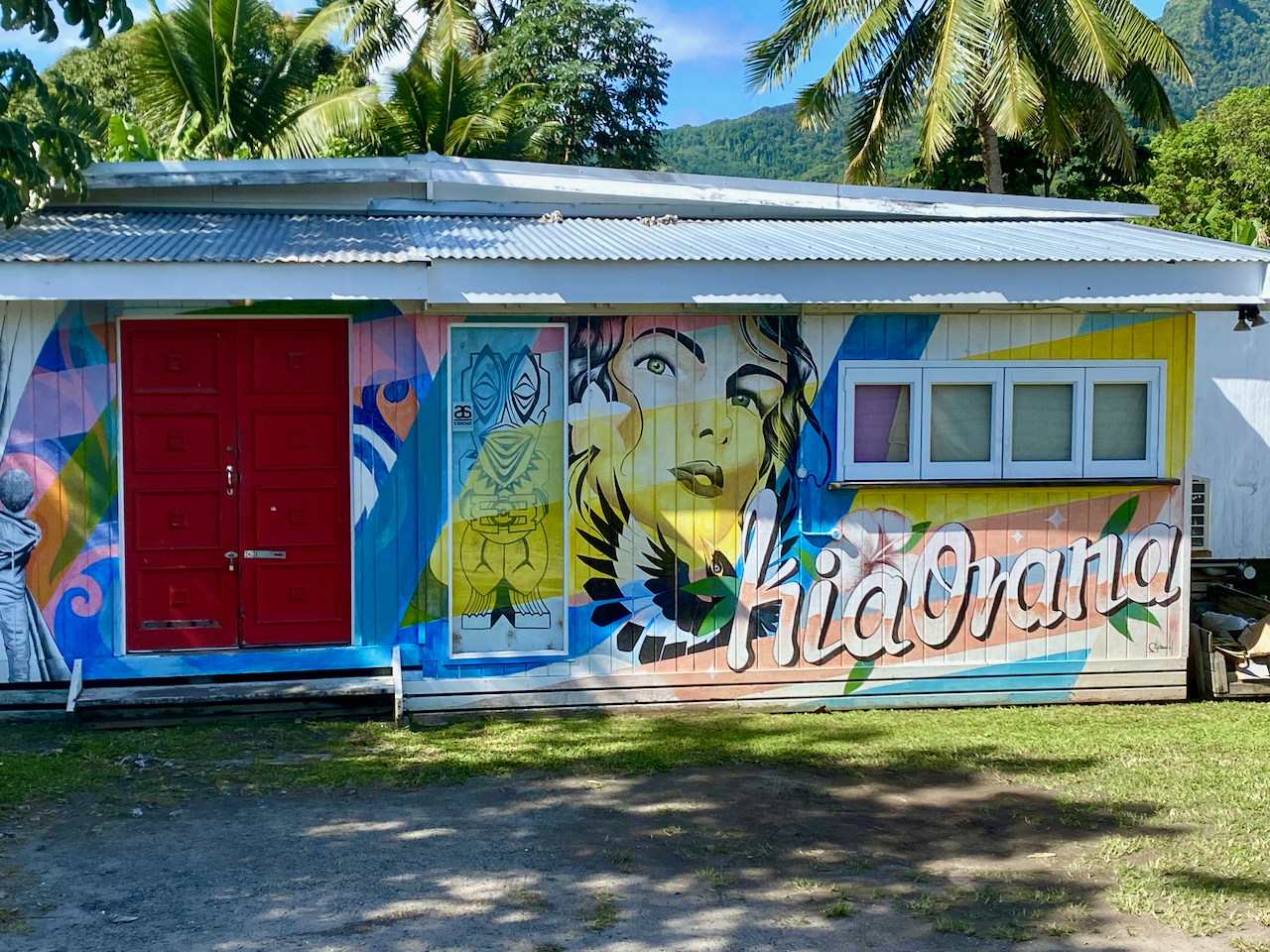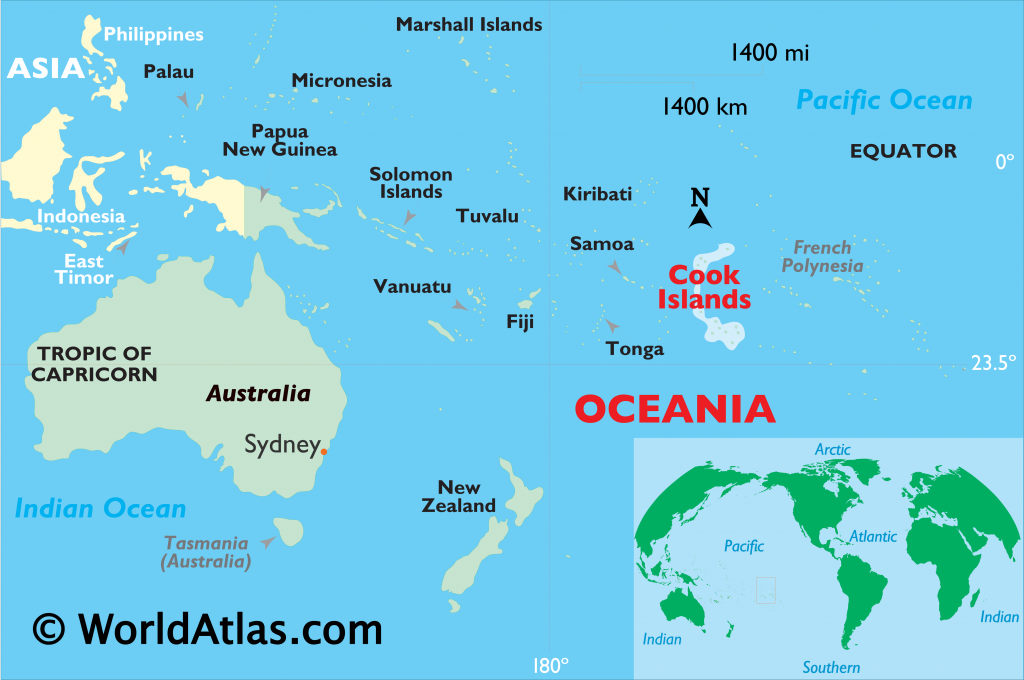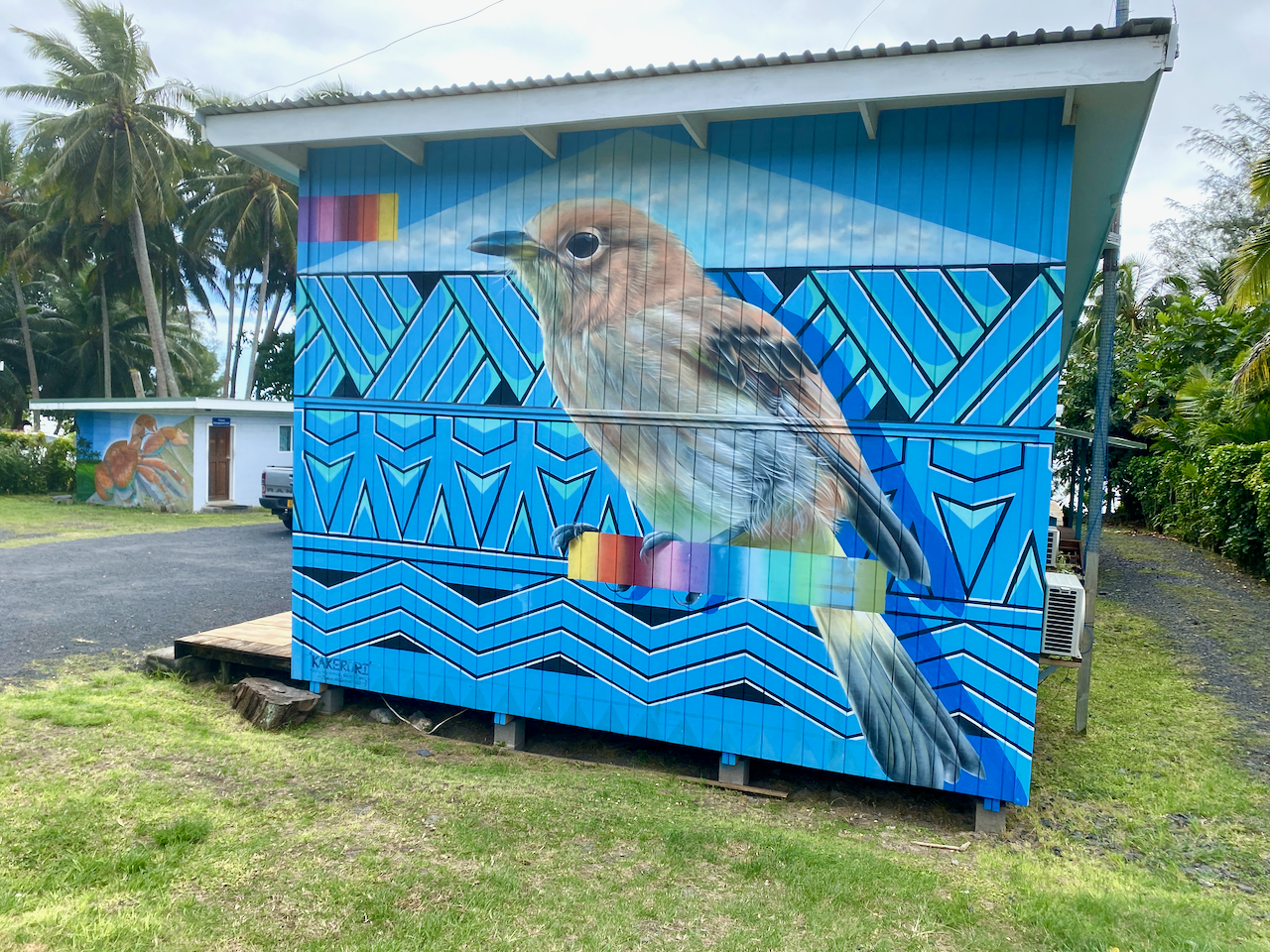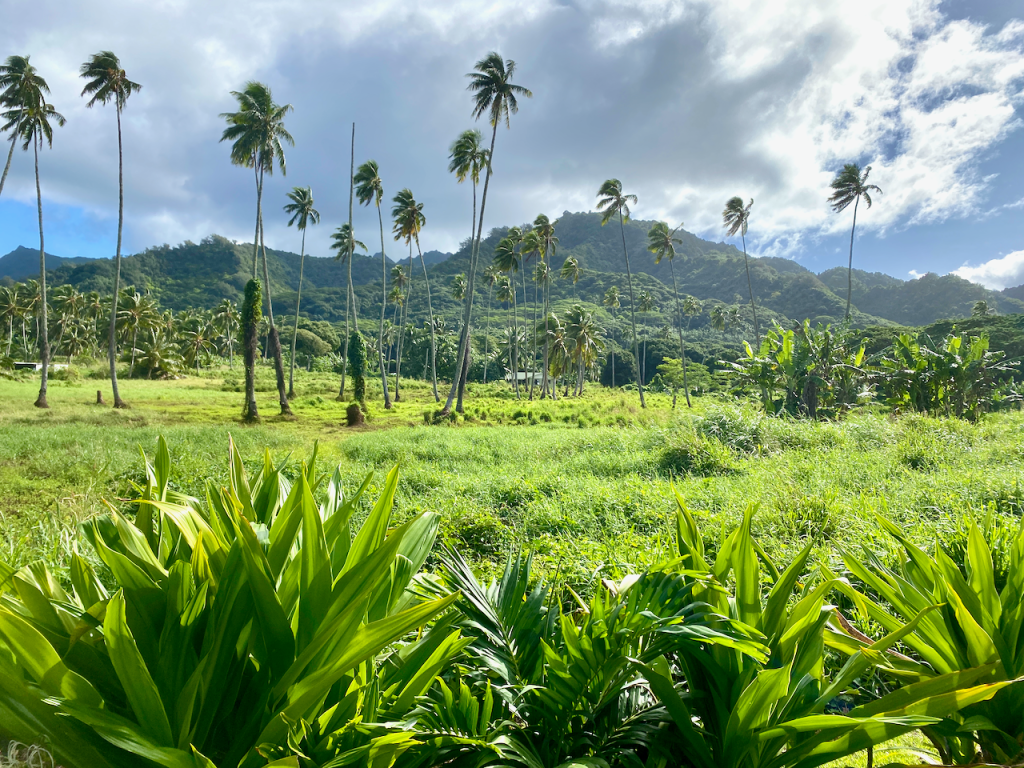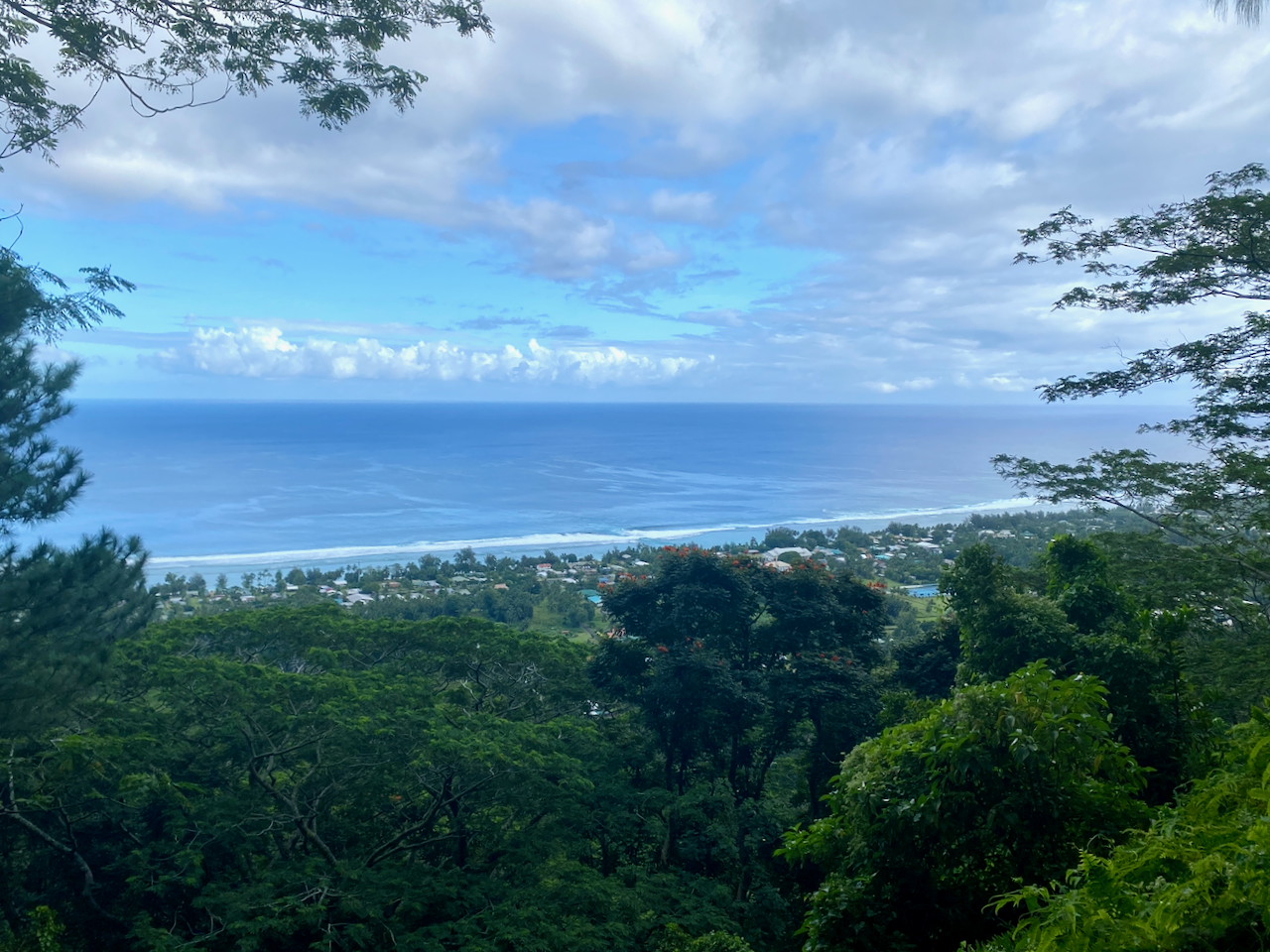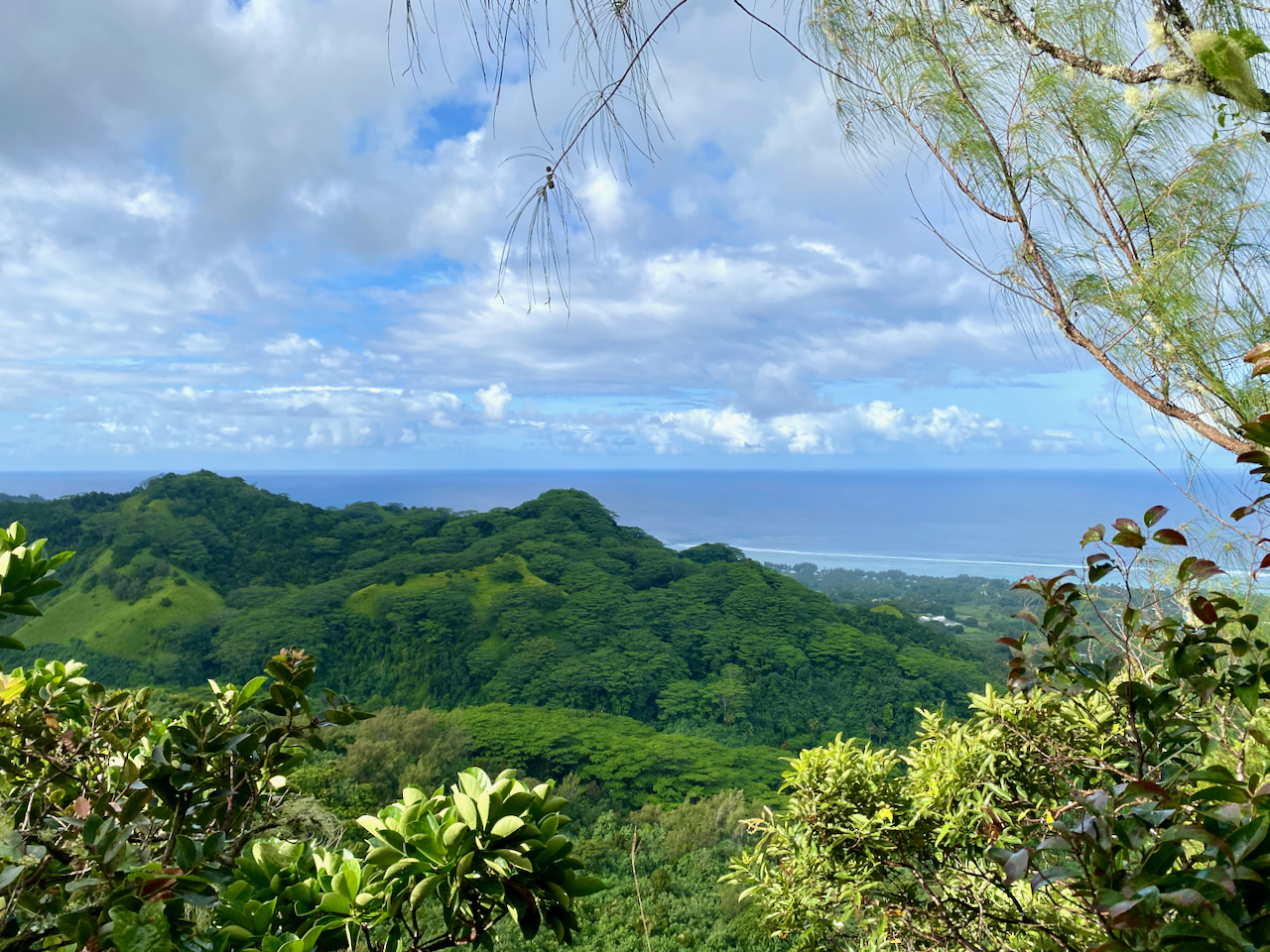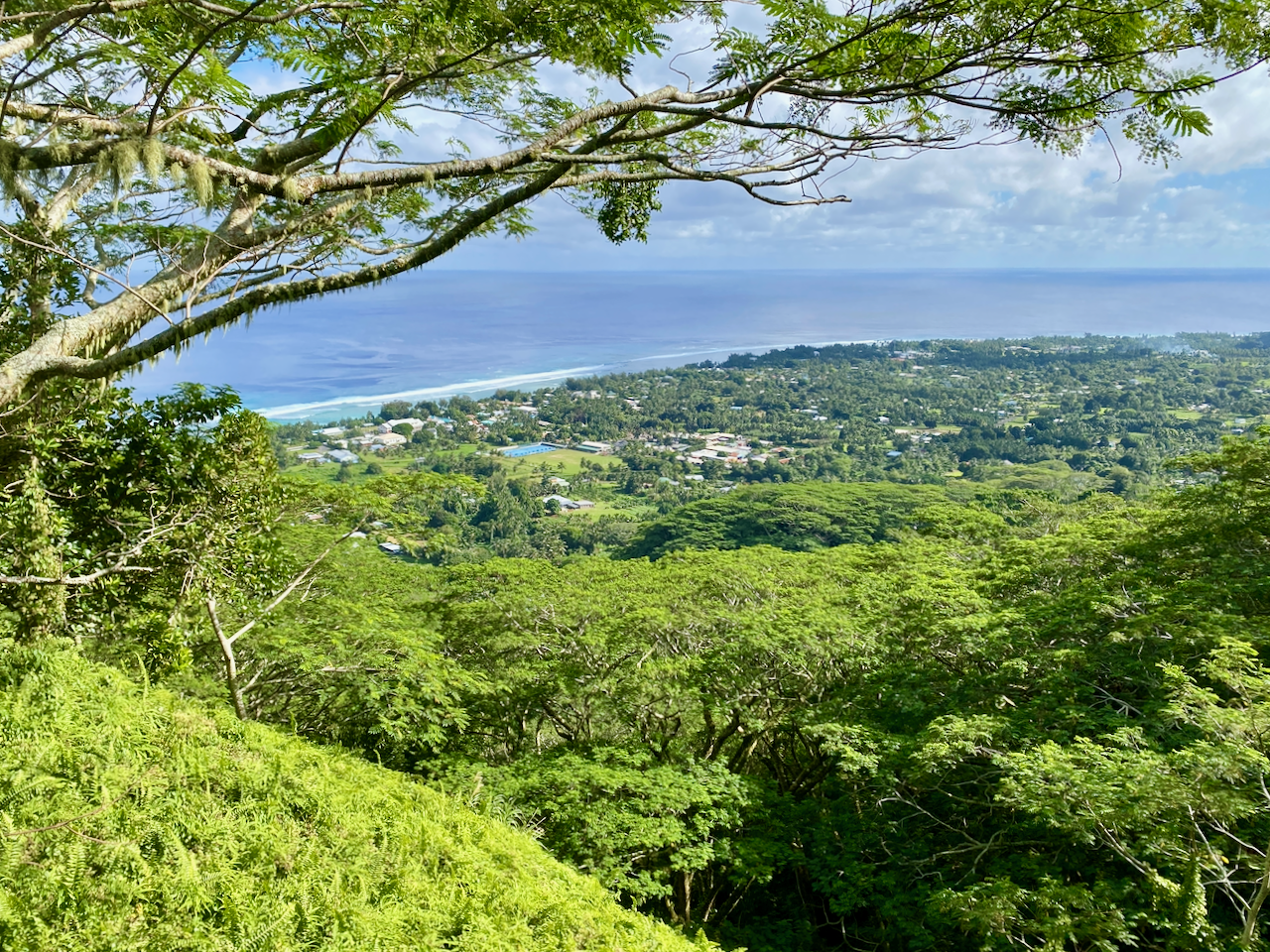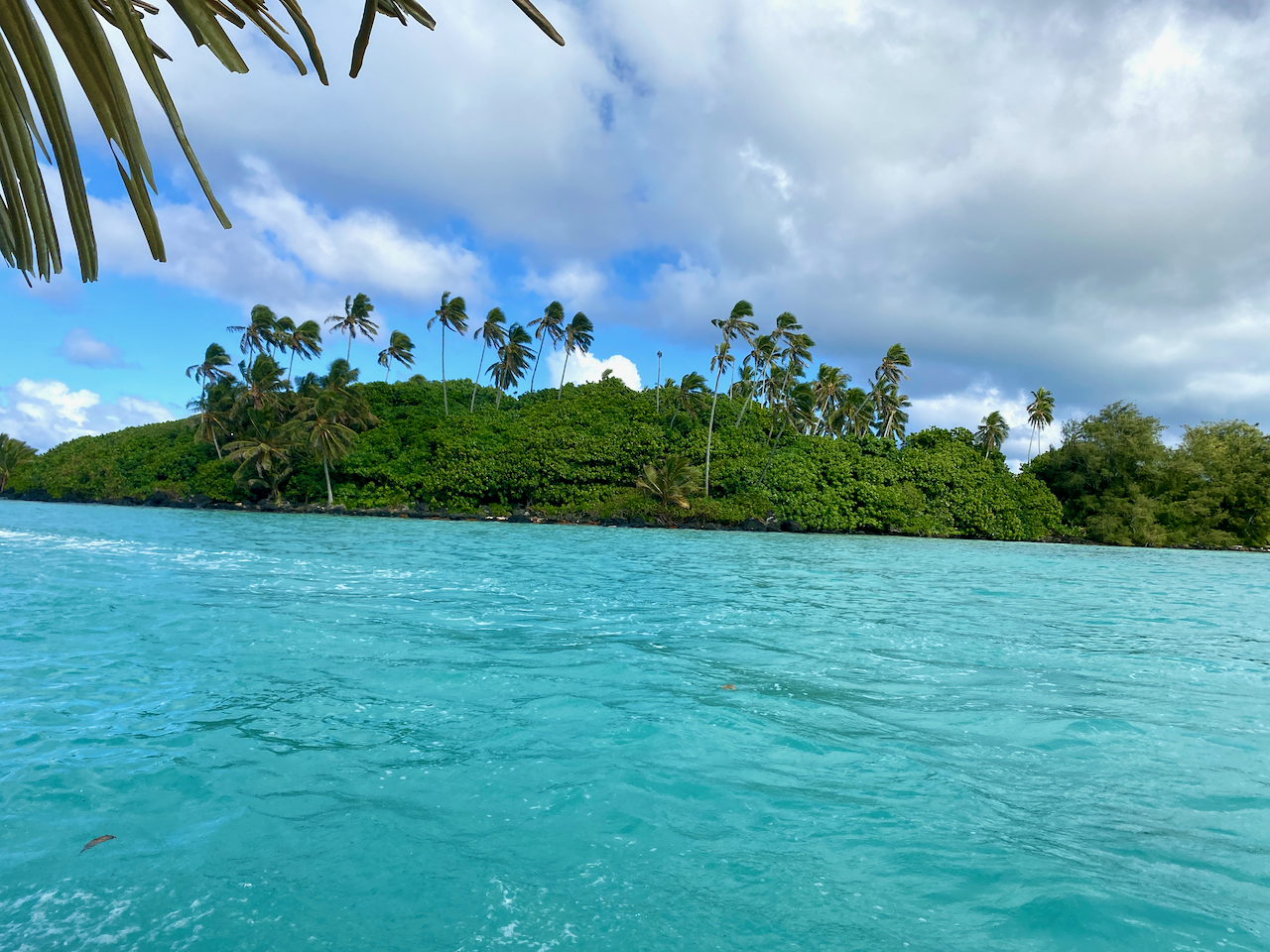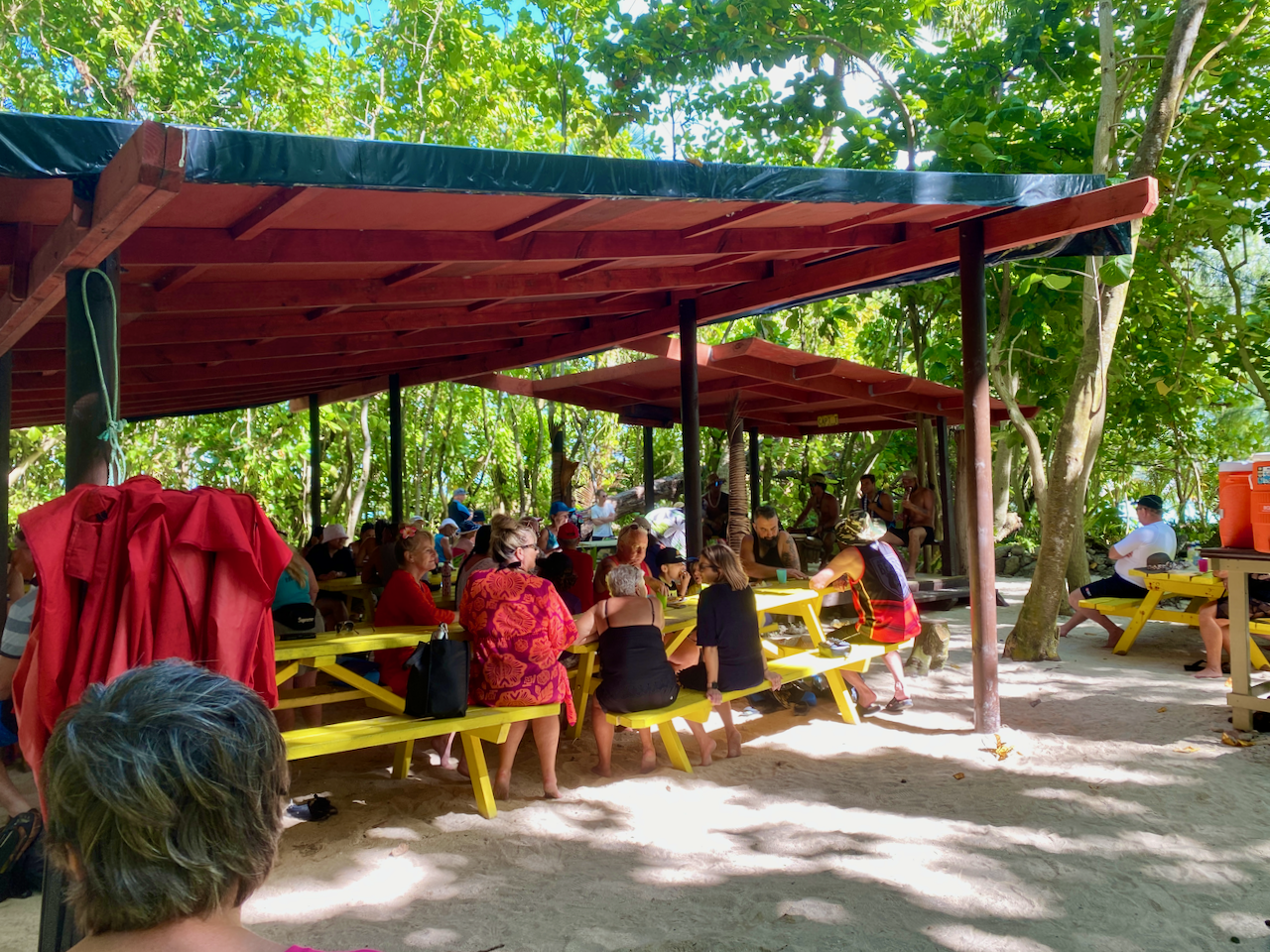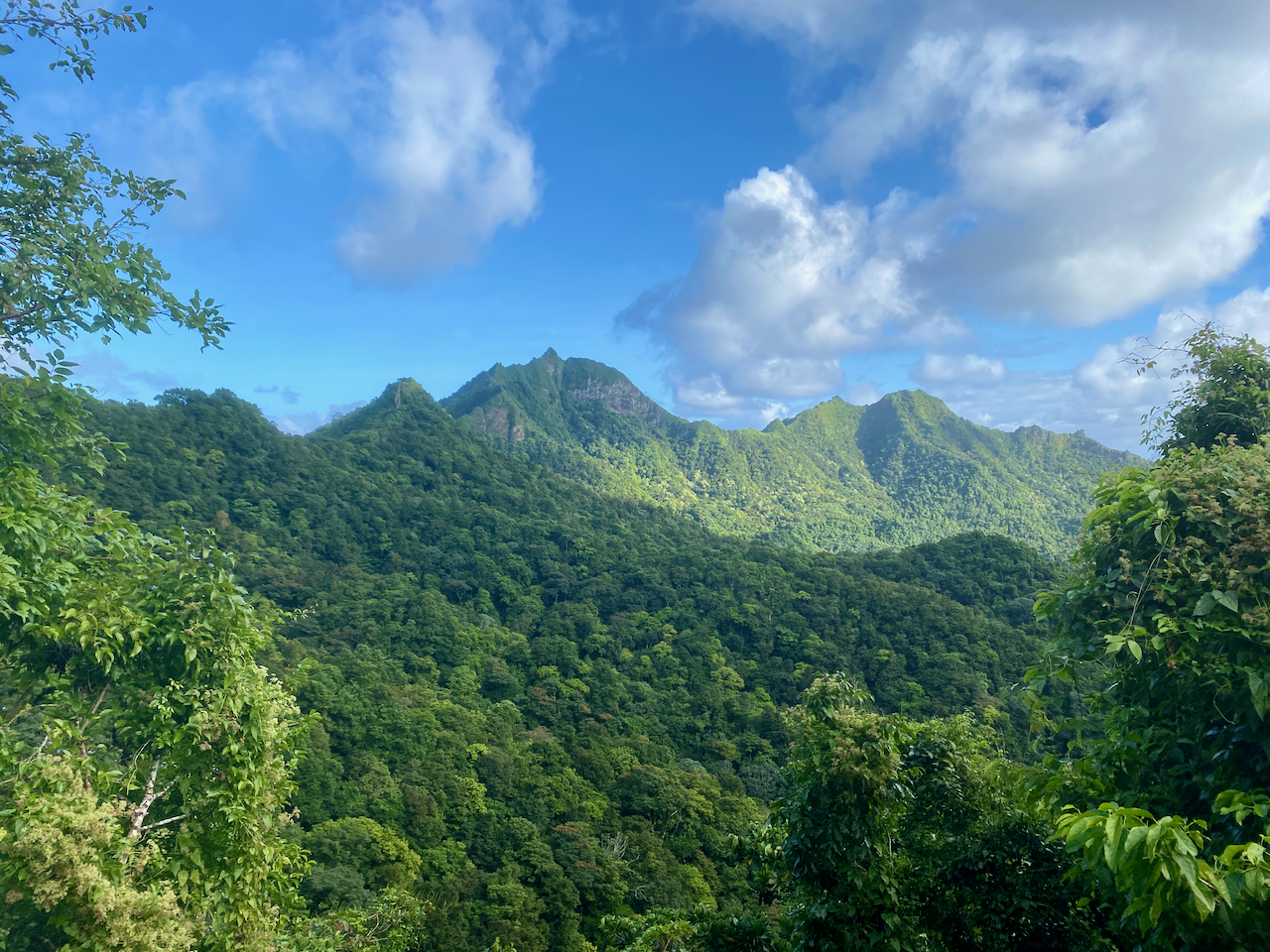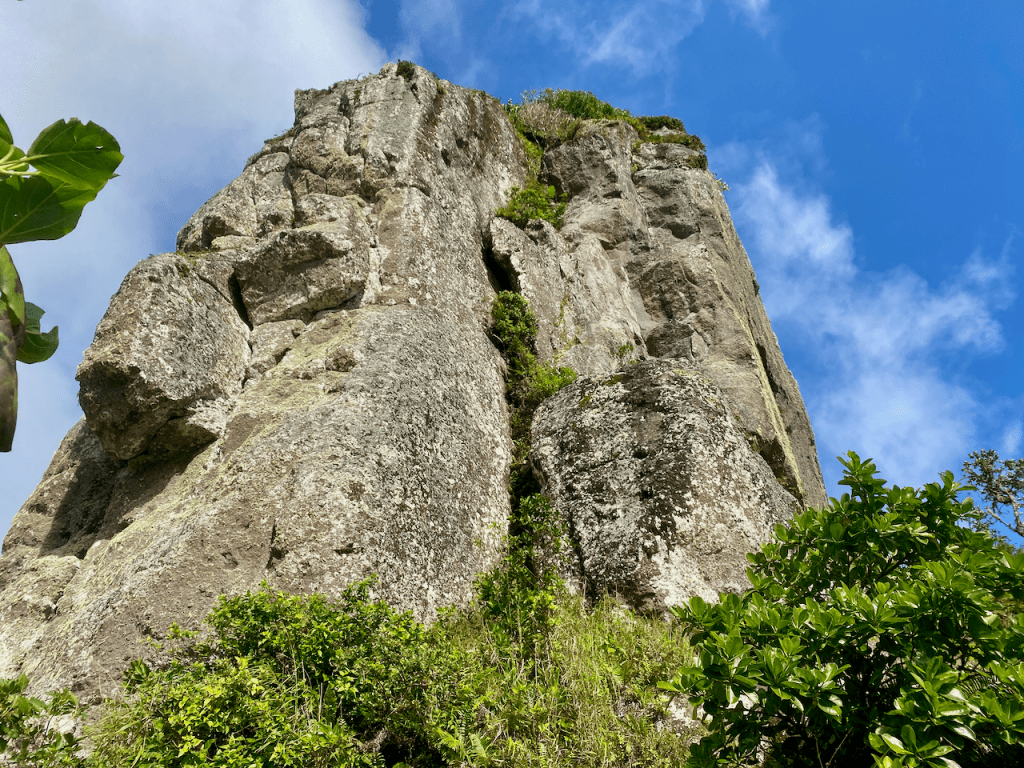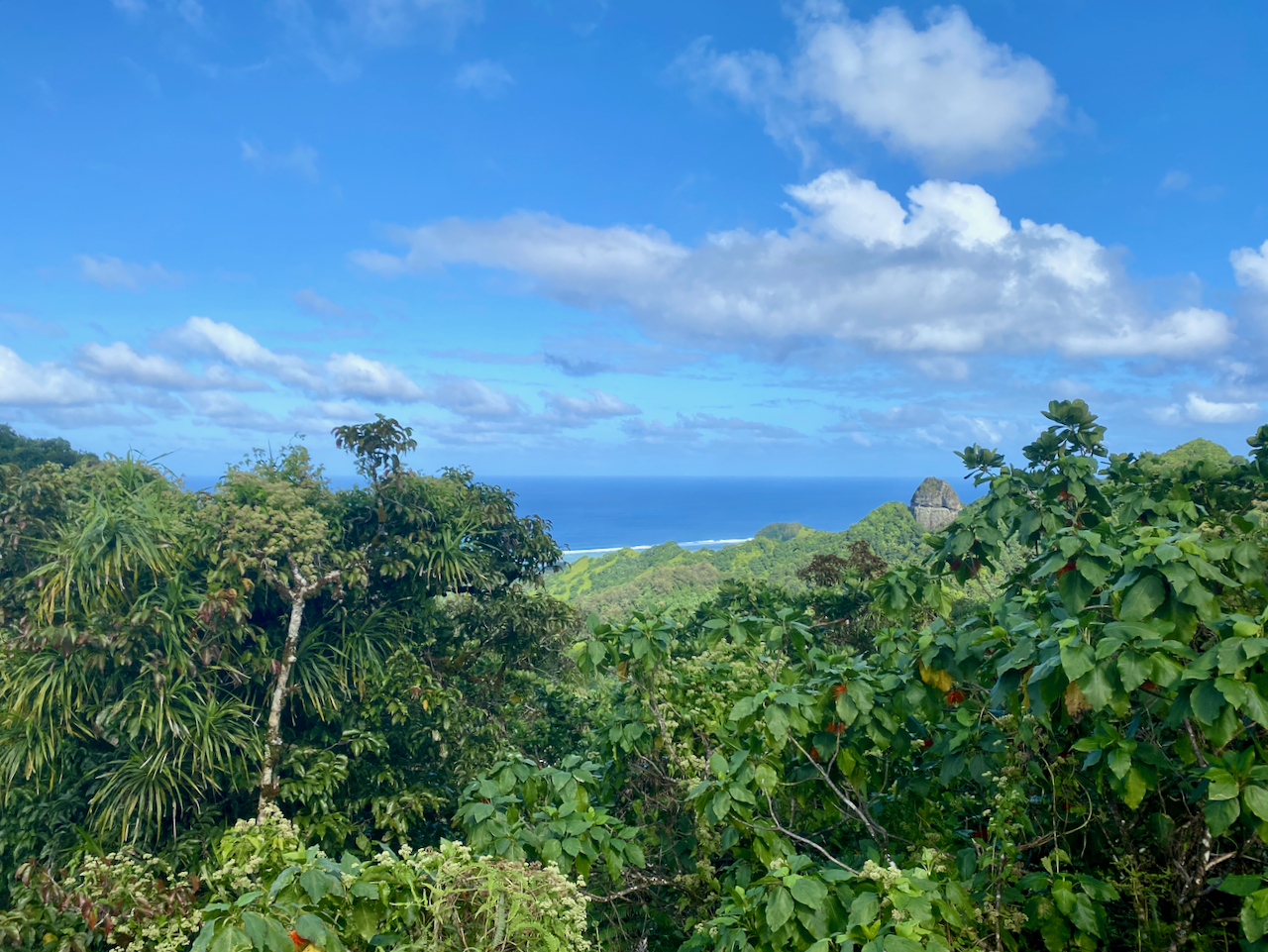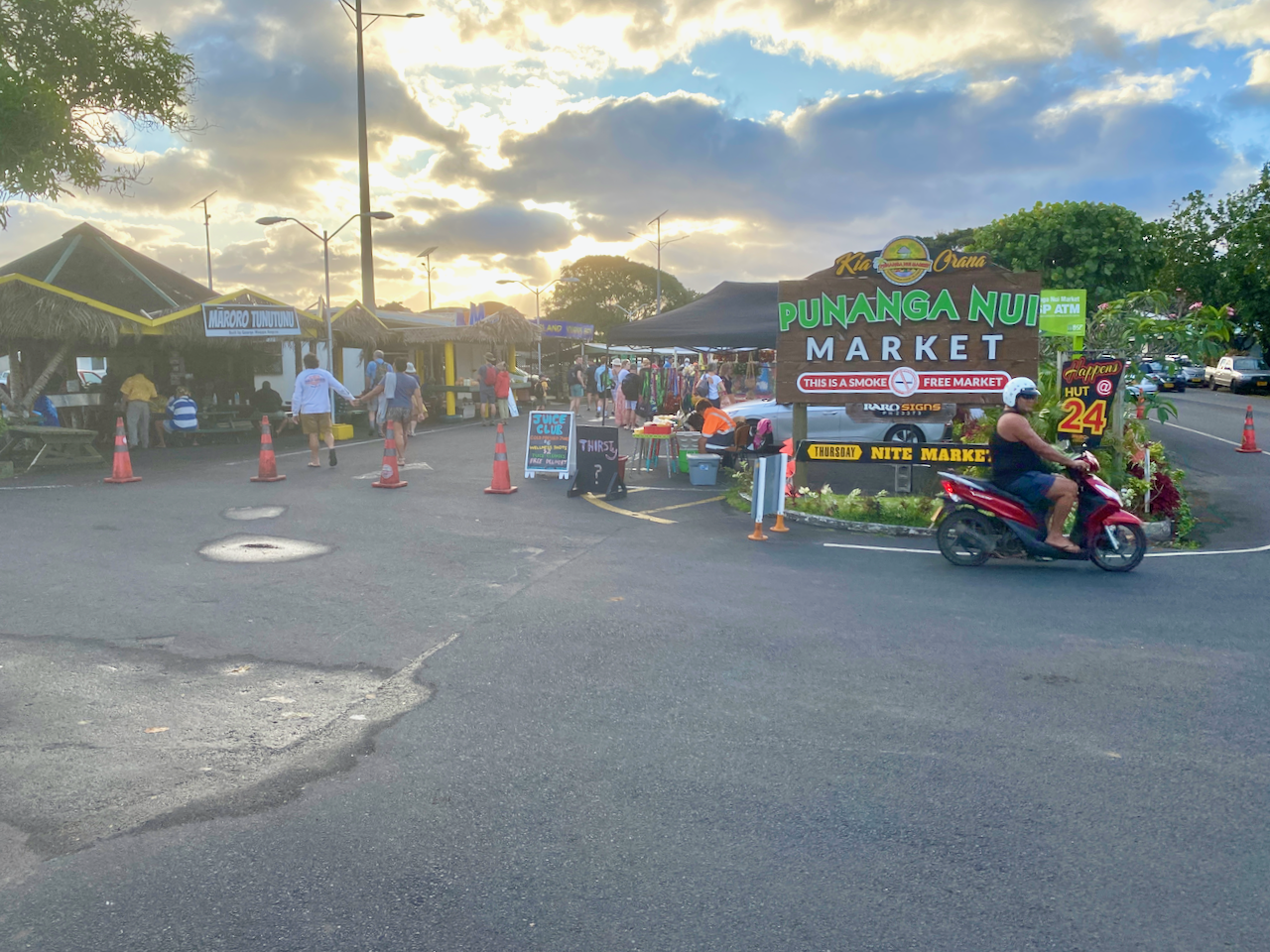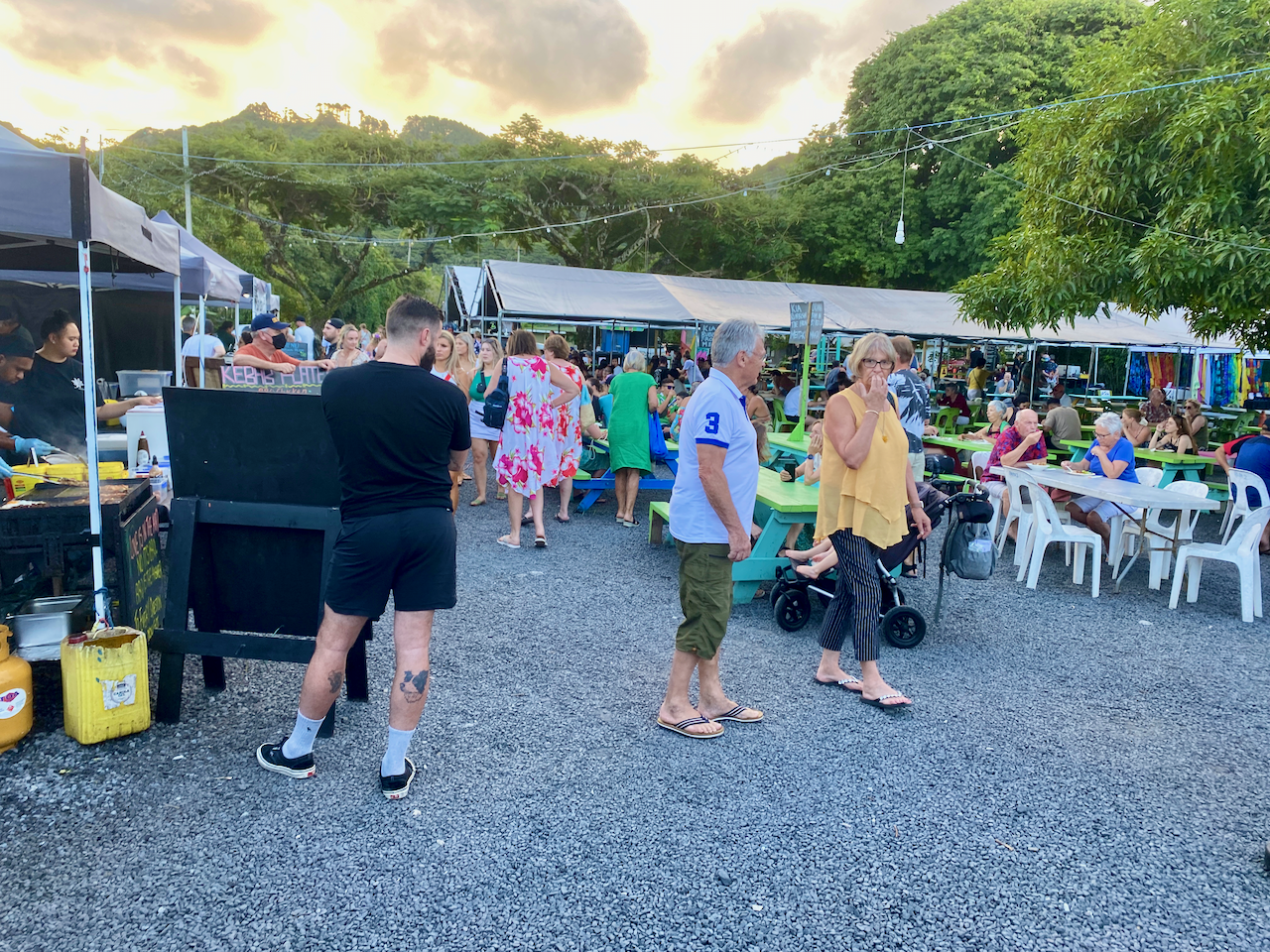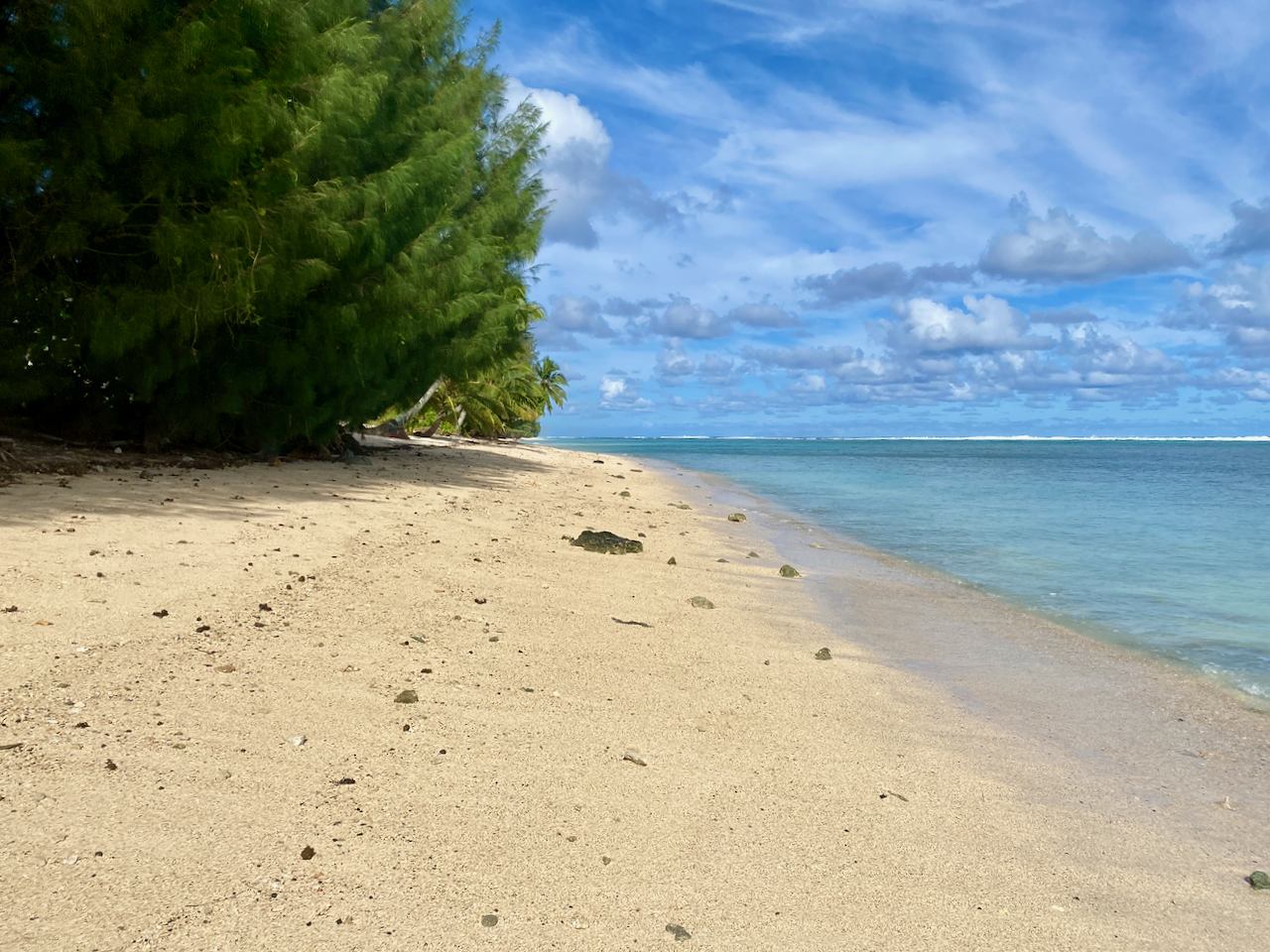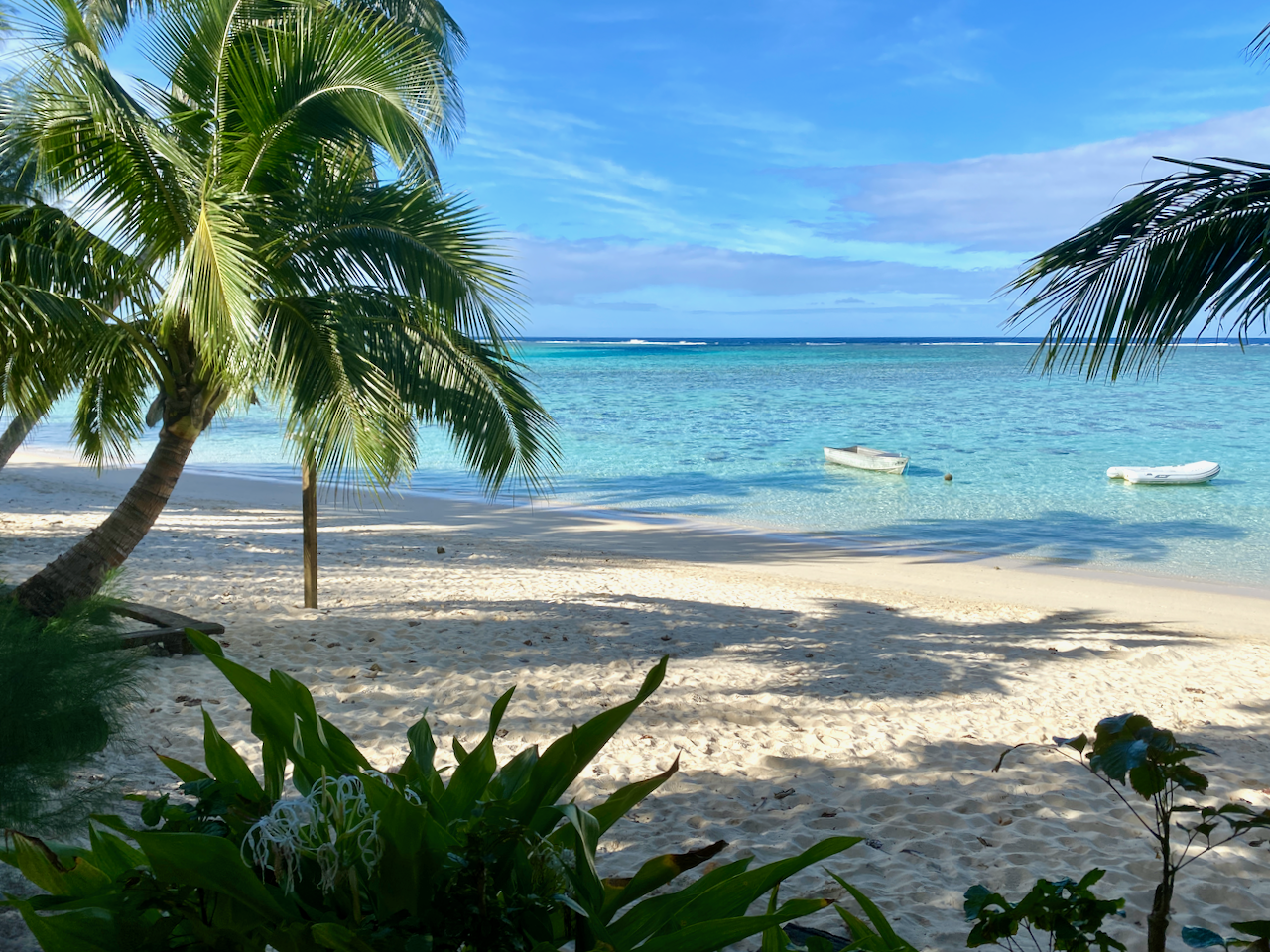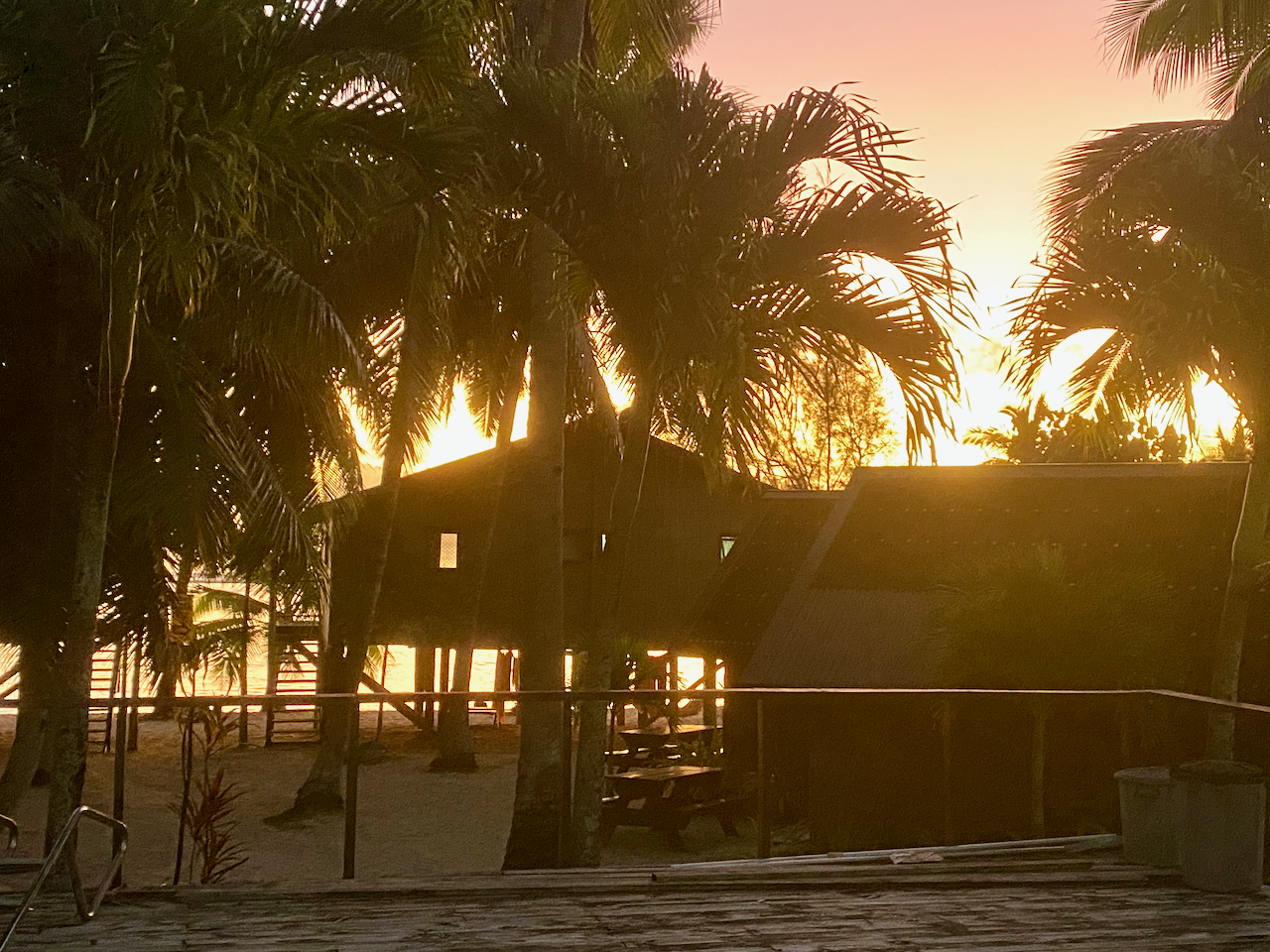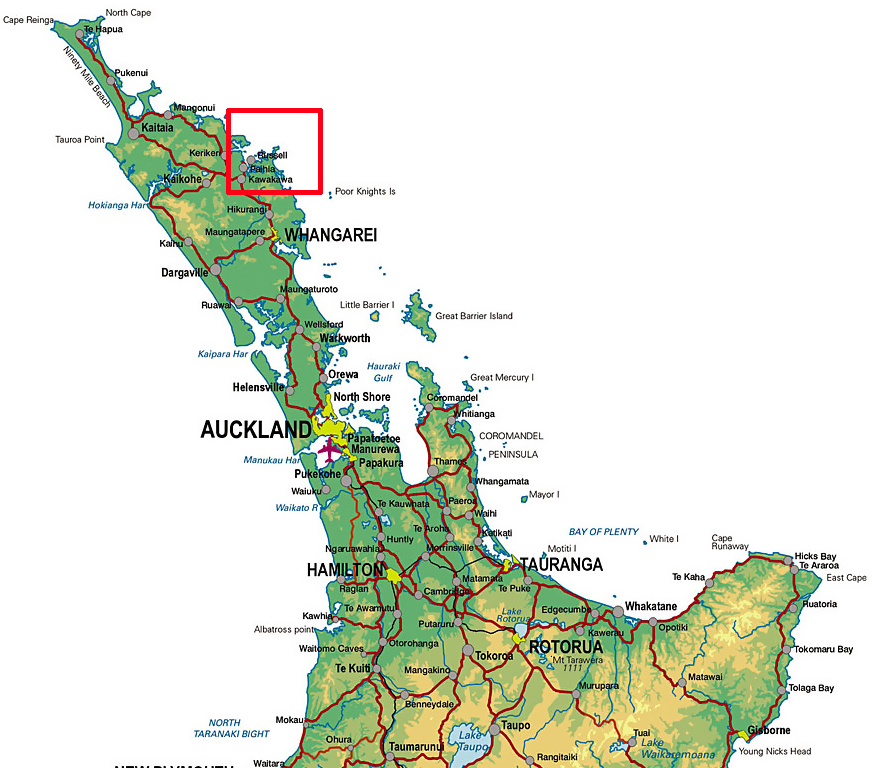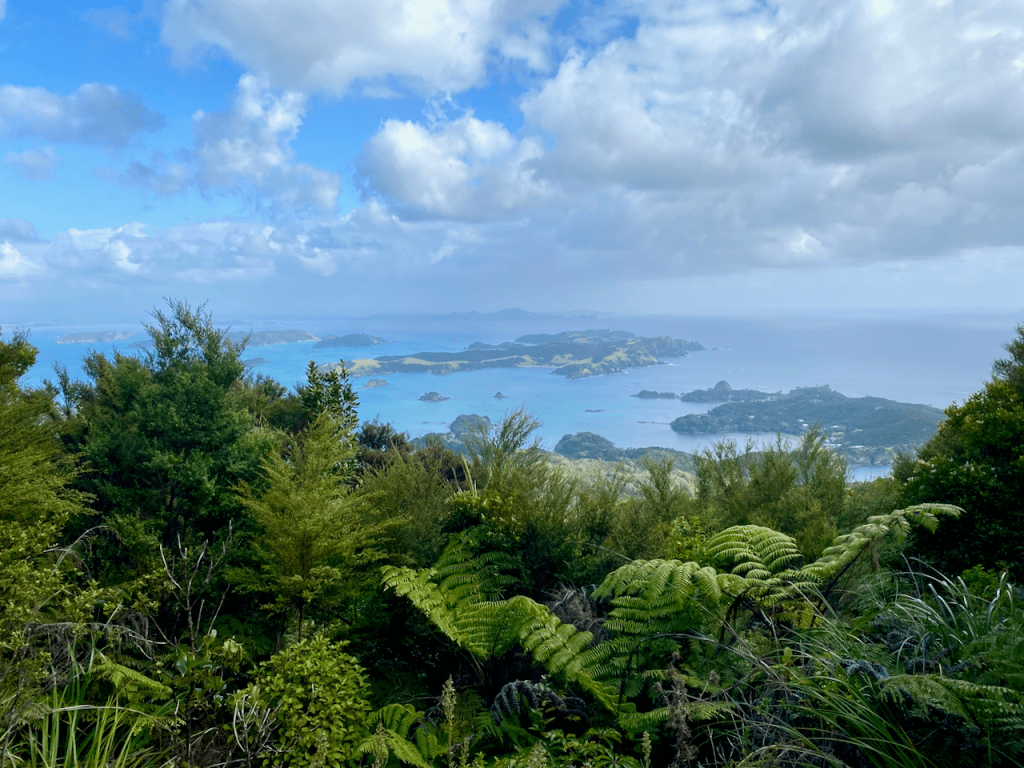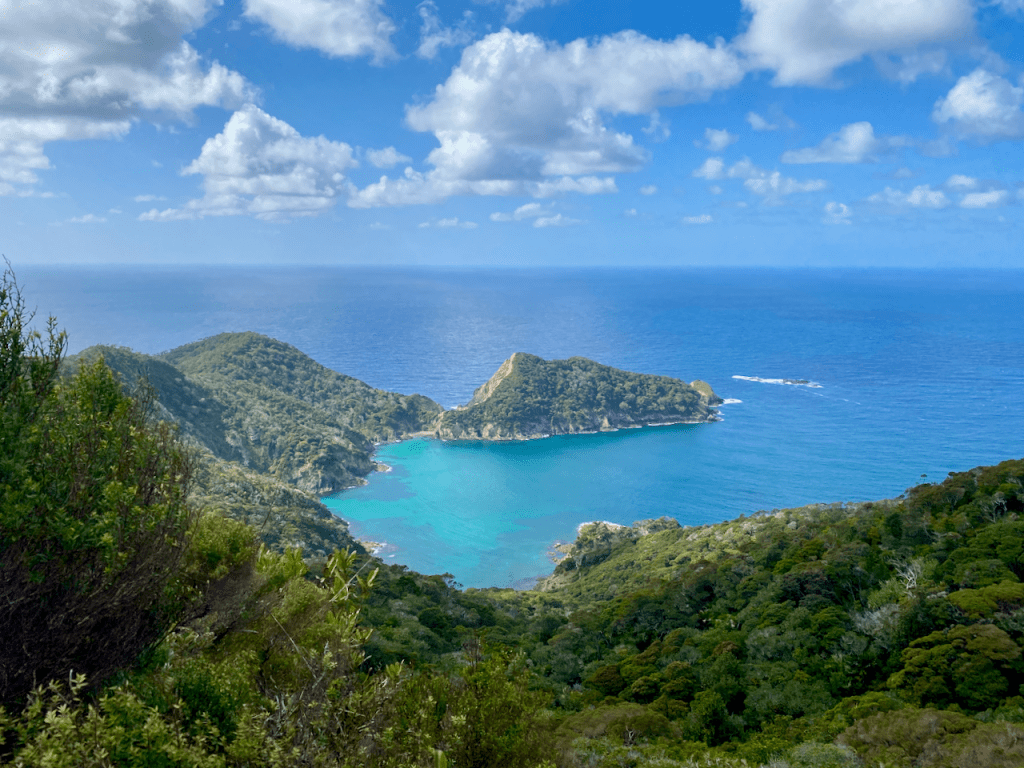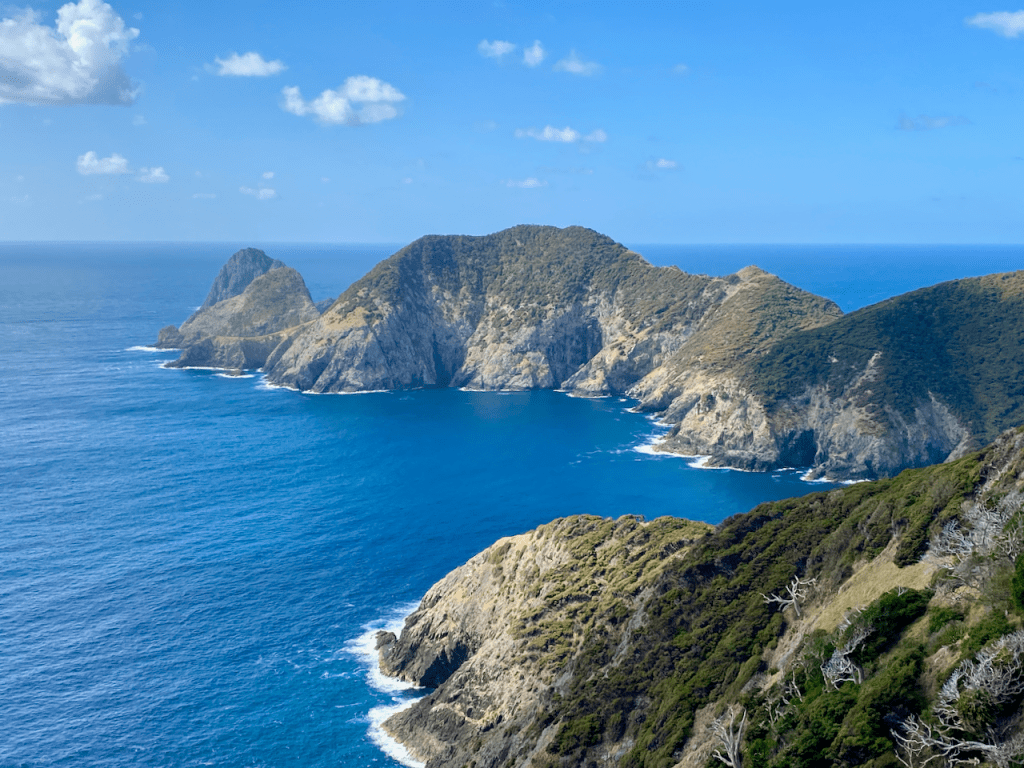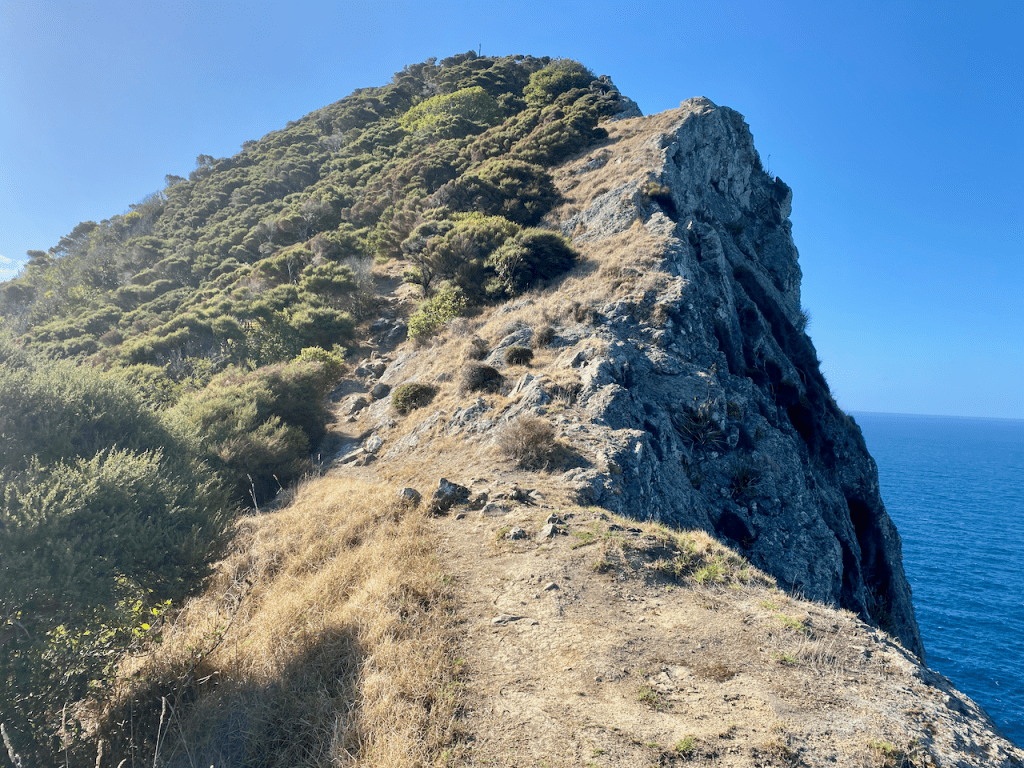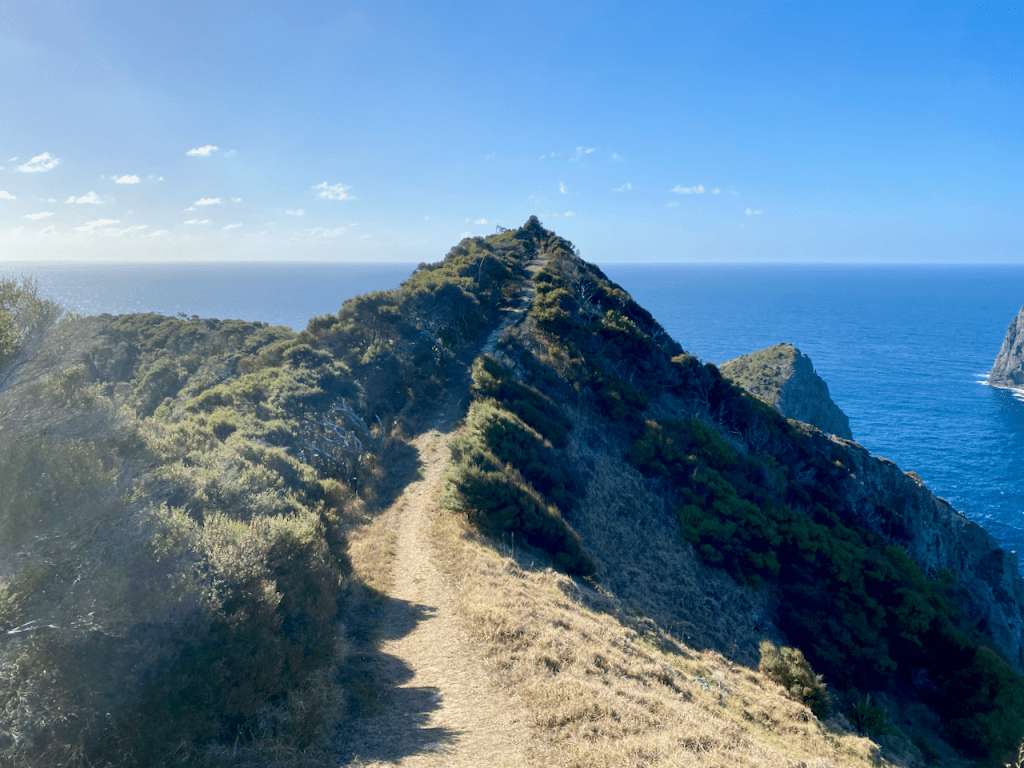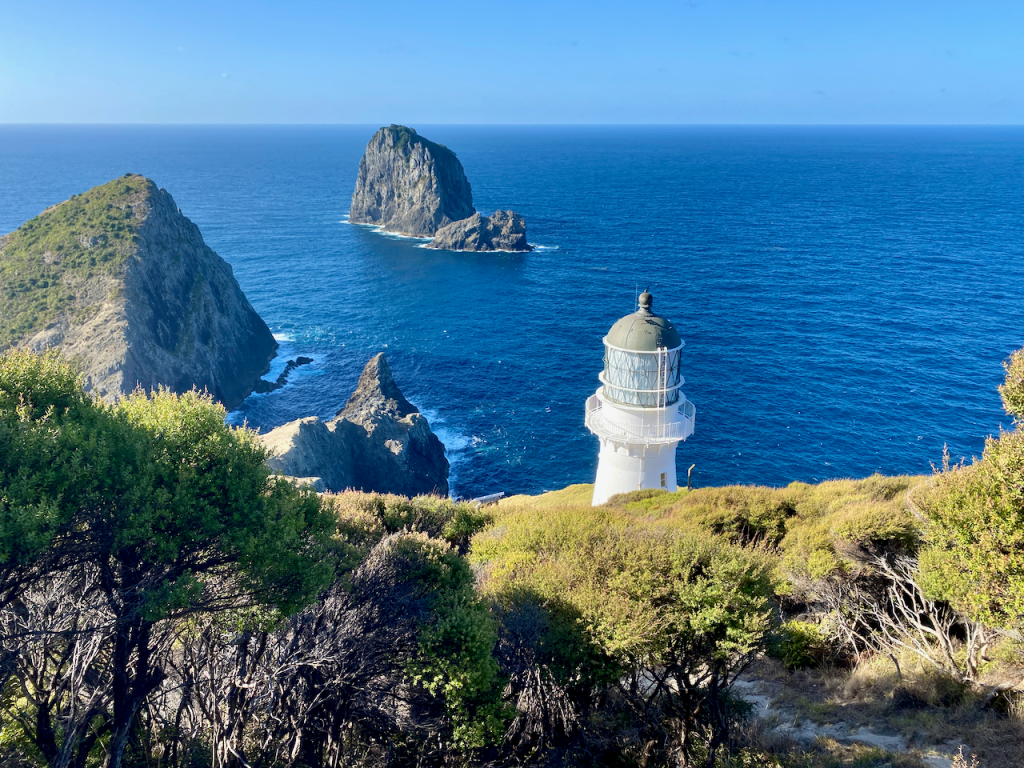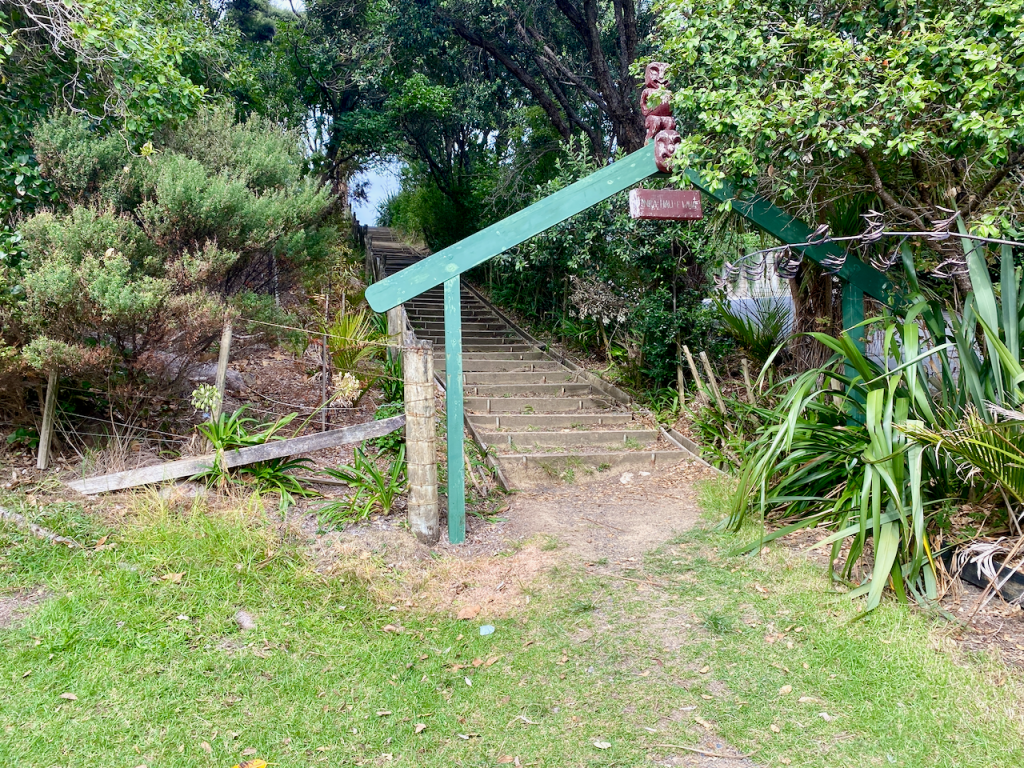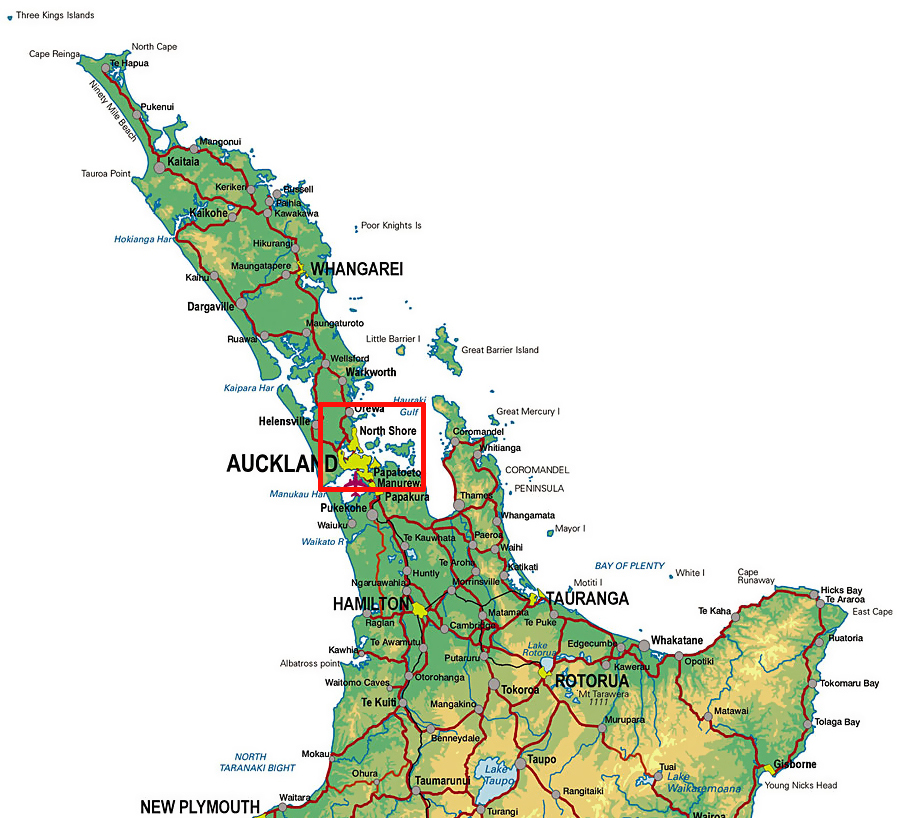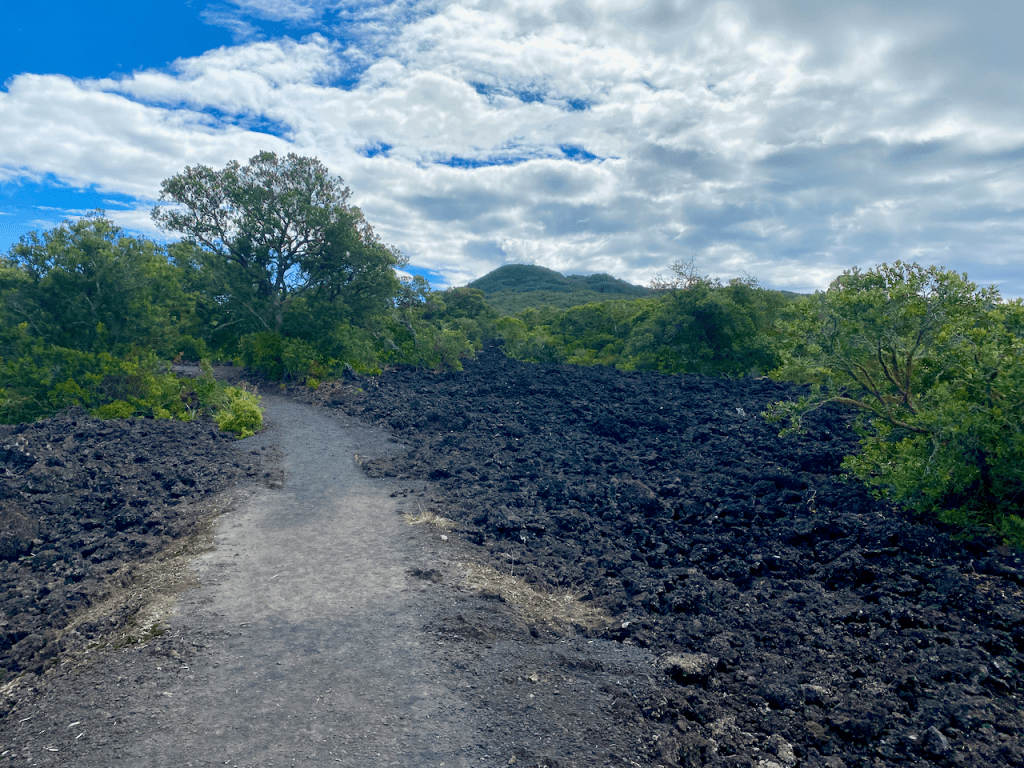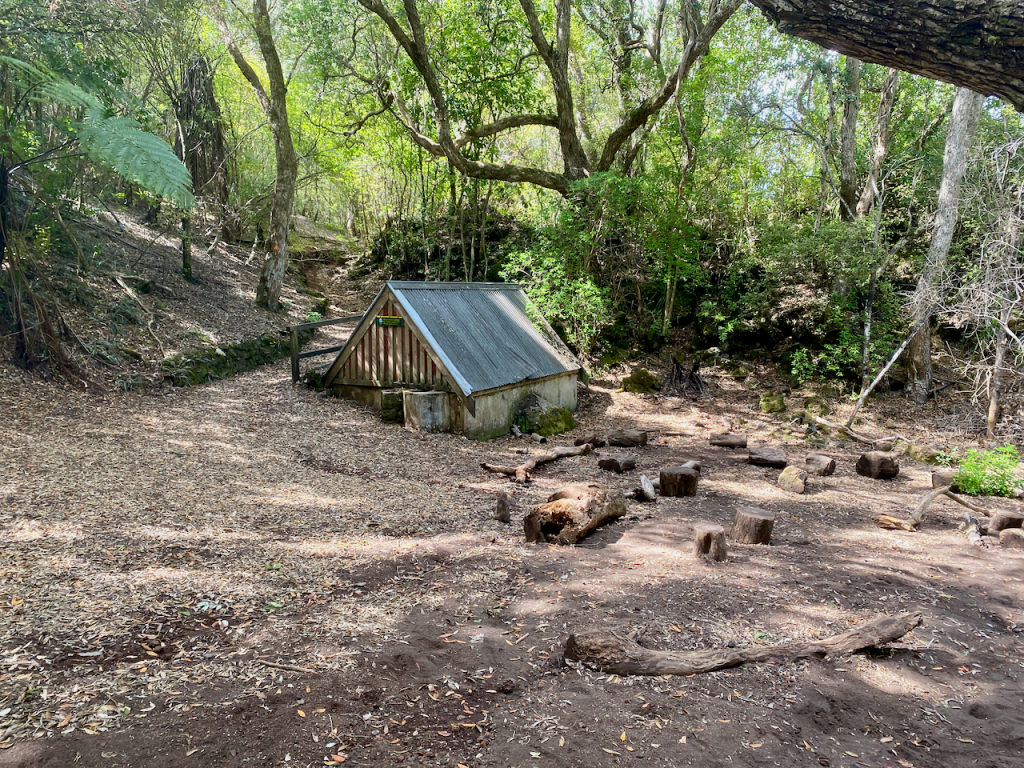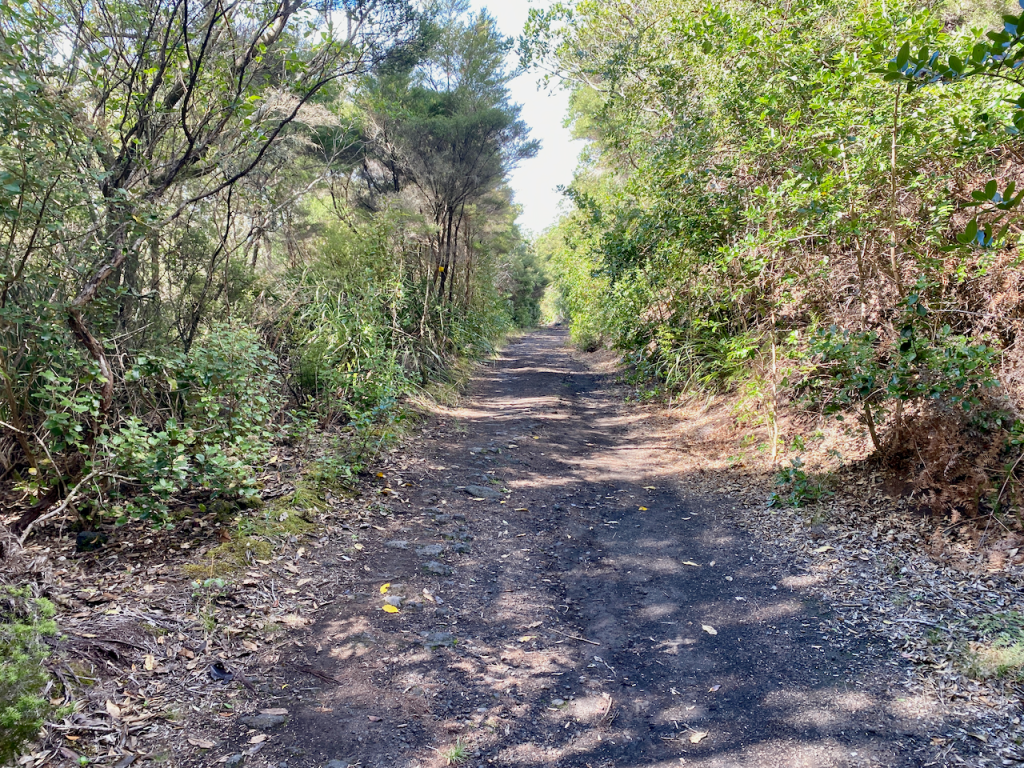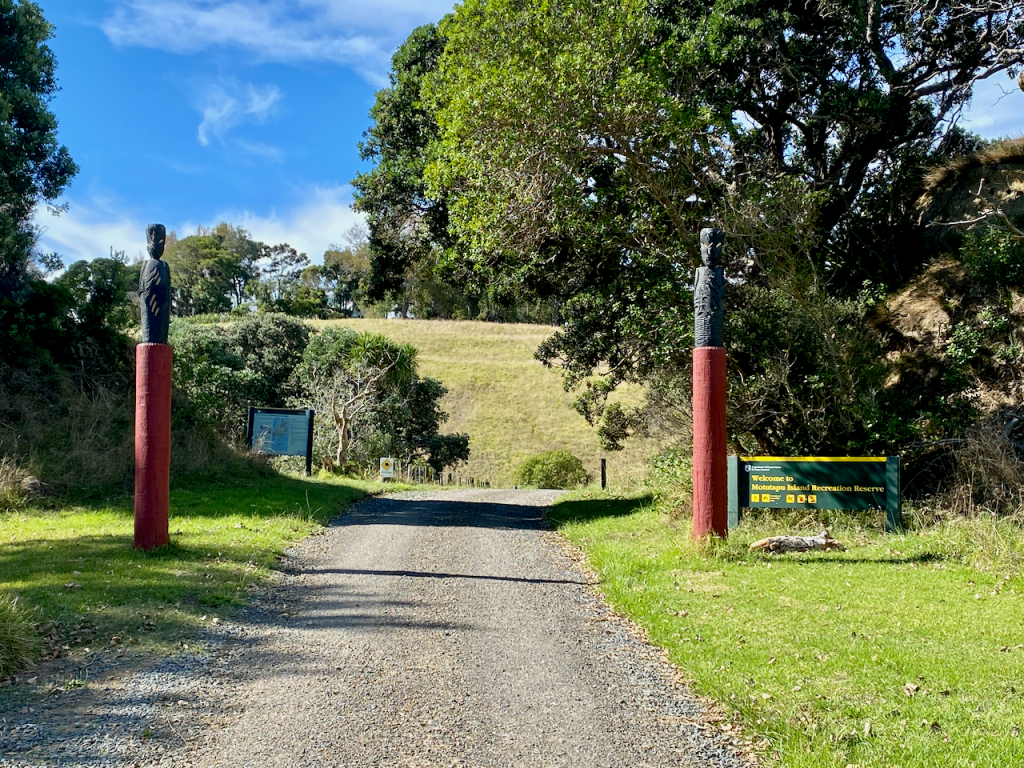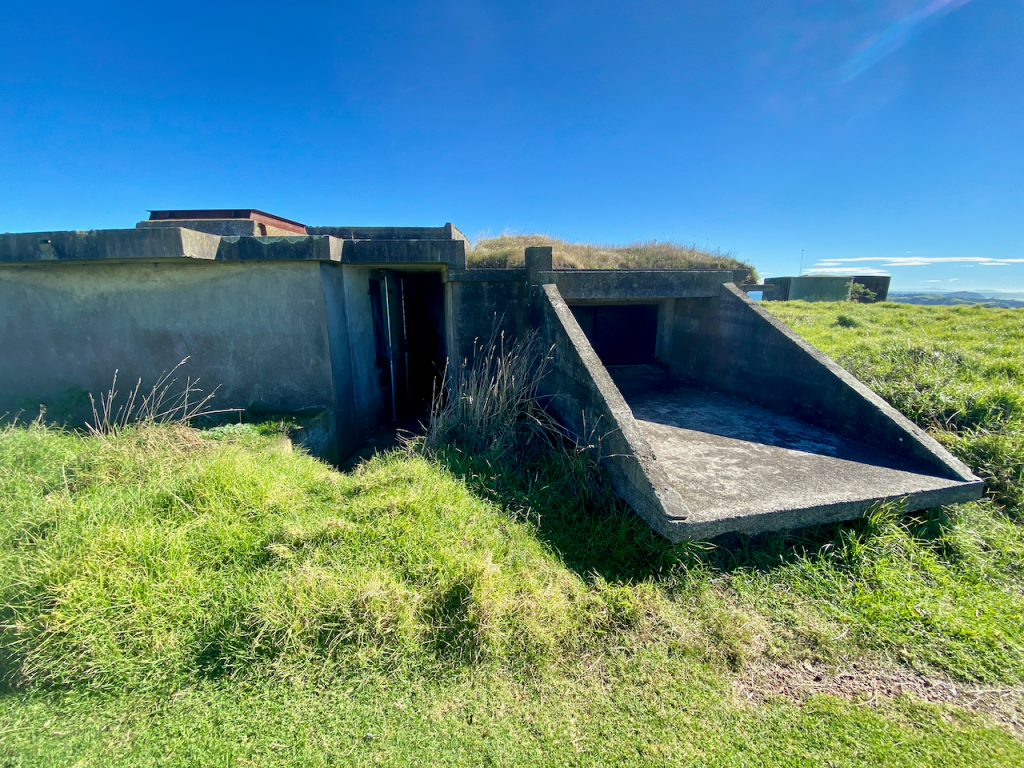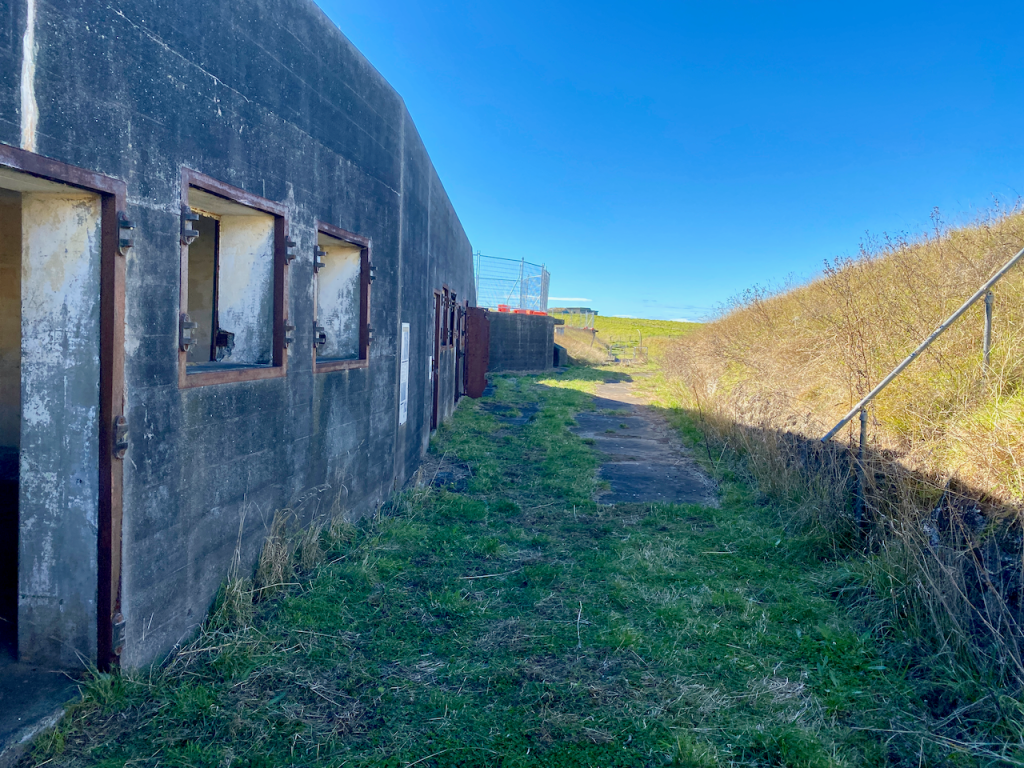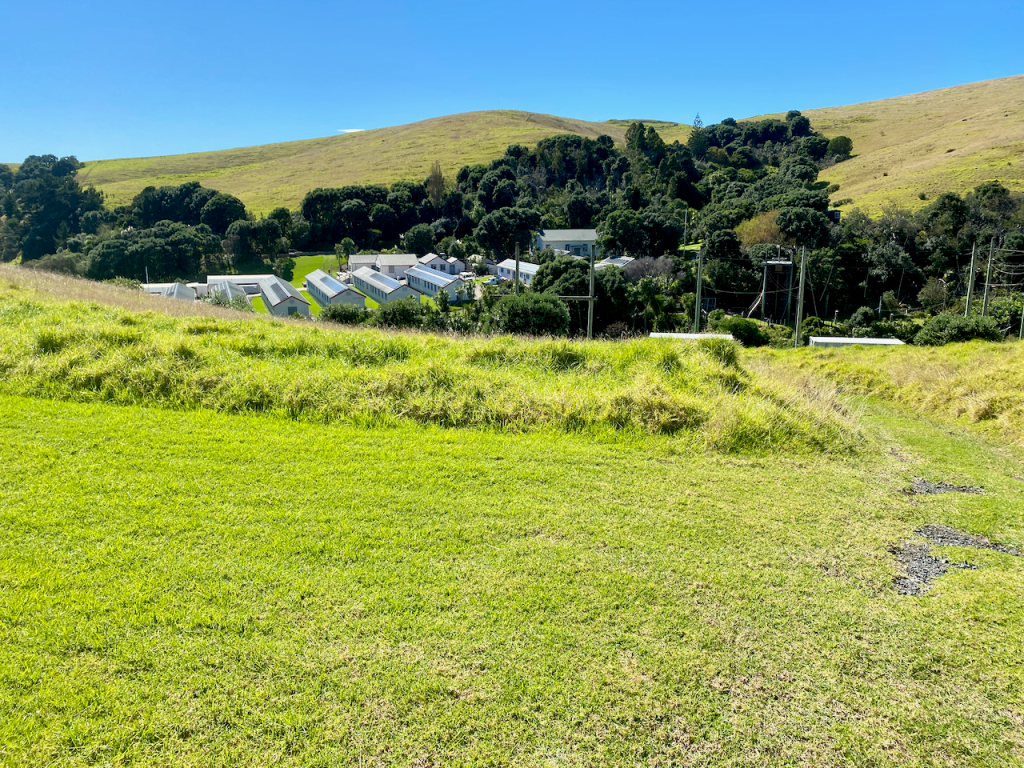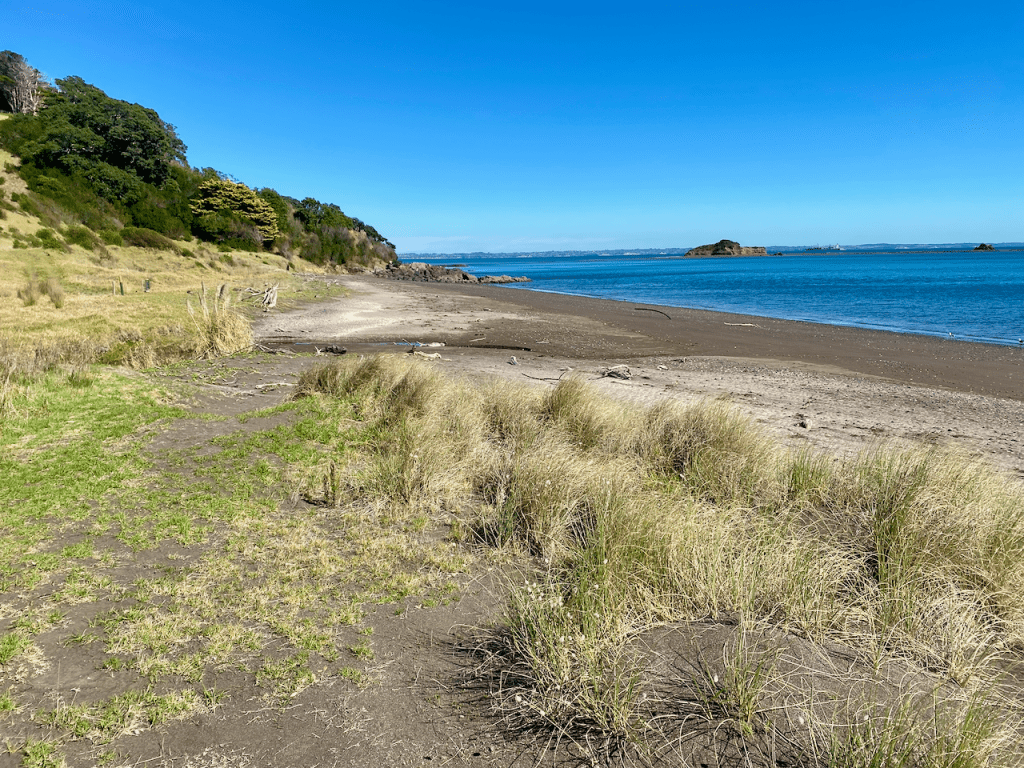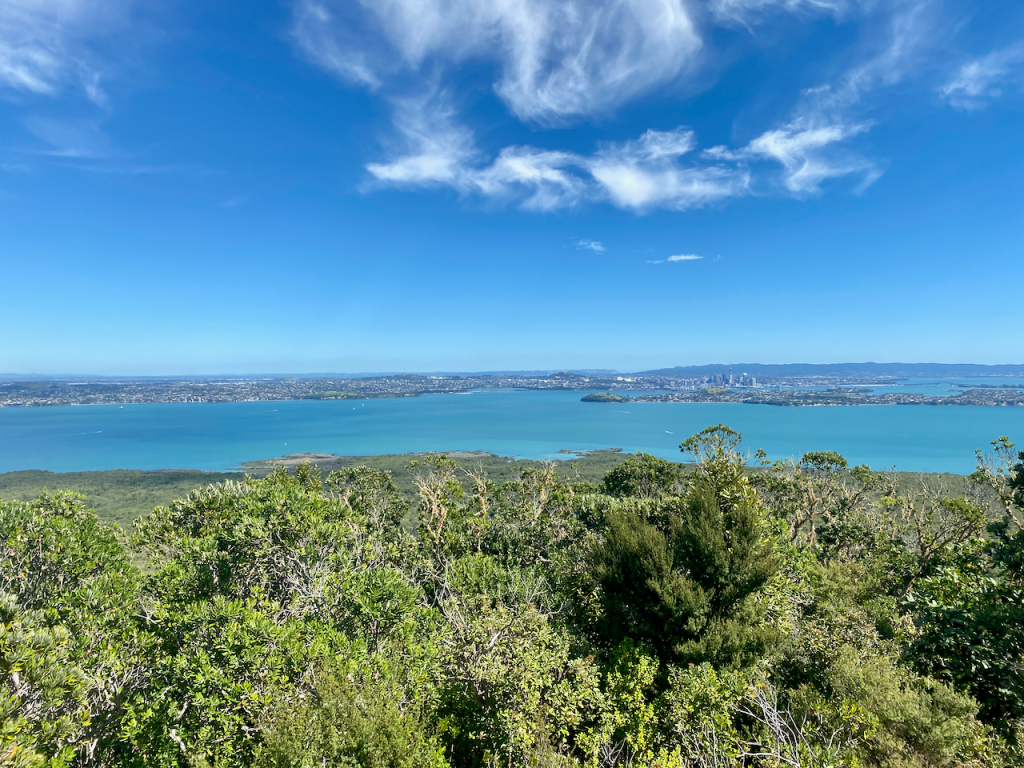In Late Summer 2023, I set out on a mission to cross New Zealand’s Southern Alps over 13 days.

After a summer of fairly consistent rain in the North Island, and plentiful sun in the South Island, I flew to Christchurch, then caught an InterCity bus north to Hanmer Springs, a small mountain town near where I would begin my walk.

I split the 13 day walk into two parts with a stop in the middle at a village on highway 73. The first 6 days turned out to be easier and busy with walkers, while the second 6 was hard with very few walkers.
Day 1 – Windy Point to Hope Kiwi Lodge – 17km – 5 hours – Red
On a hazy morning in Hanmer Springs, I was driven the 45km to Windy Point, the trailhead of my walk. When I arrived, it began to rain, and I hovered in a nearby shelter. When ready to head out, I climbed the steps beside the gate, and walked along a road past some students from a Christian camp.
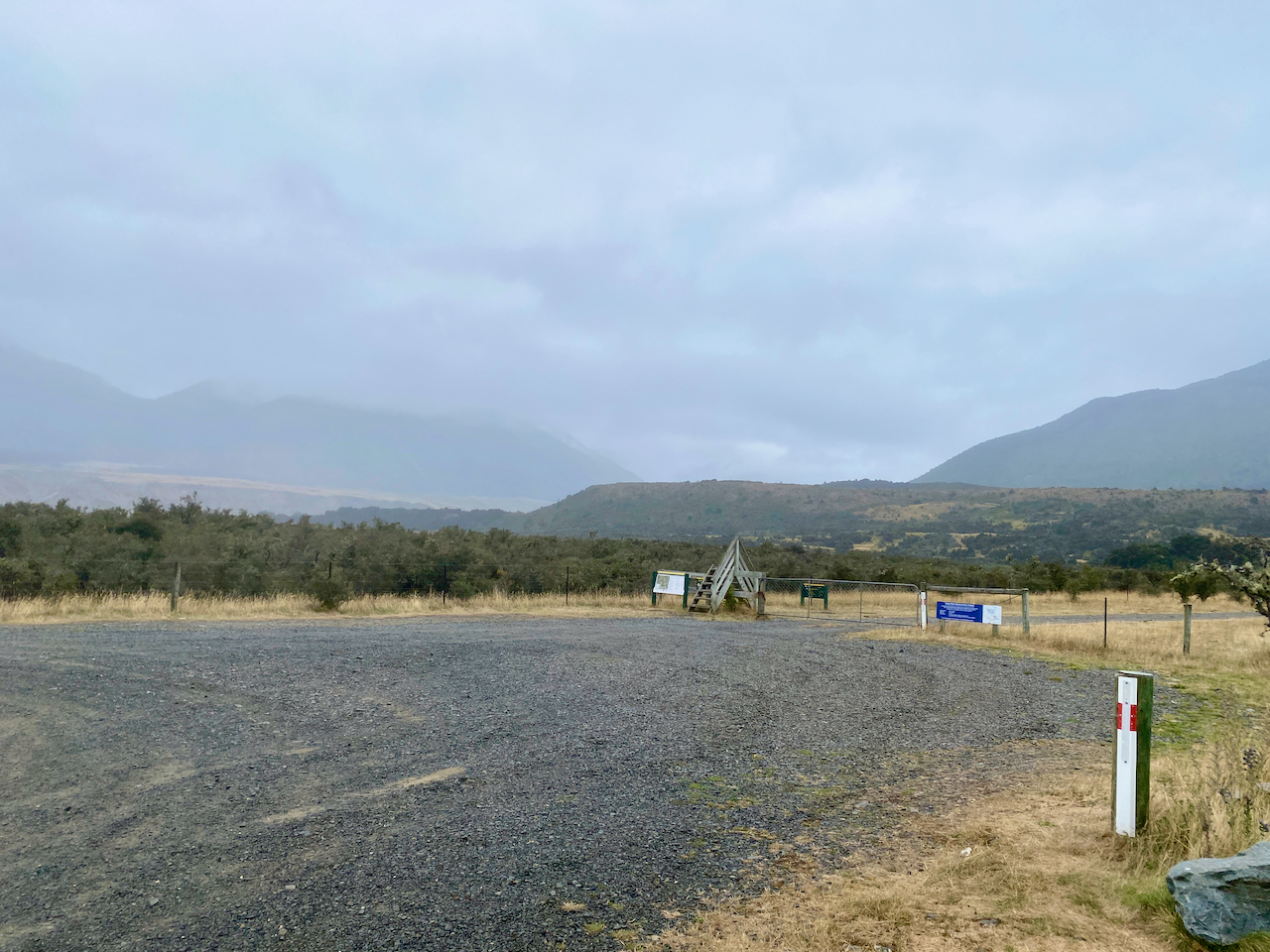
I skirted past the camp and up a slight hill to a wire bridge and crossed to the mound on the other side, where the trail met the Te Araroa Trail coming south from Boyle Village. I’d only met a handful of TA walkers on other routes to date, but that was about to change.

I followed the trail through a wood grove and over the mound as the rain came down heavier. It then stopped for a bit, so I took off my pack and jacket, but it wasn’t long before it began again.

The moderate rain quickly caused my feet to be soaked in my boots, I followed the trail along the upper portion of a flat area 100-150m above the river plain.

The sign at the trailhead had said the Hope Halfway Hut was 2 hours along, but cold and fed up with the rain, I passed the two hour mark with no sign of the Hut. Another hour along, and I finally saw it as I came over a rise. I hustled towards it and inside. It was a fairly nice small hut with no heating. I got out of my wet boots and jacket, and ate some lunch. A pair of fisherman stopped in for a few minutes, before heading off again.
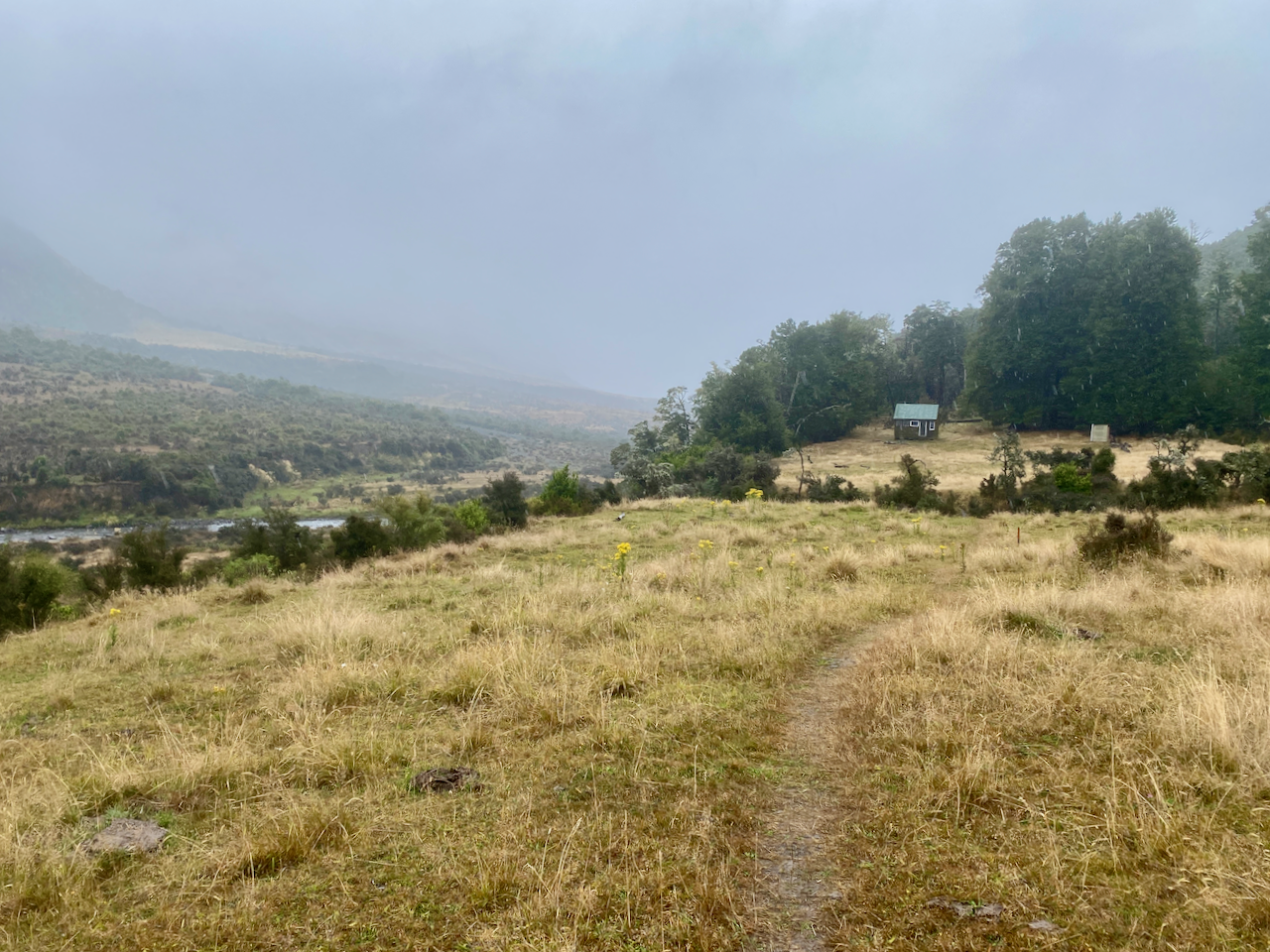
The rain had not let up when I left and the trail headed down onto the river plain covered with yellow grass.
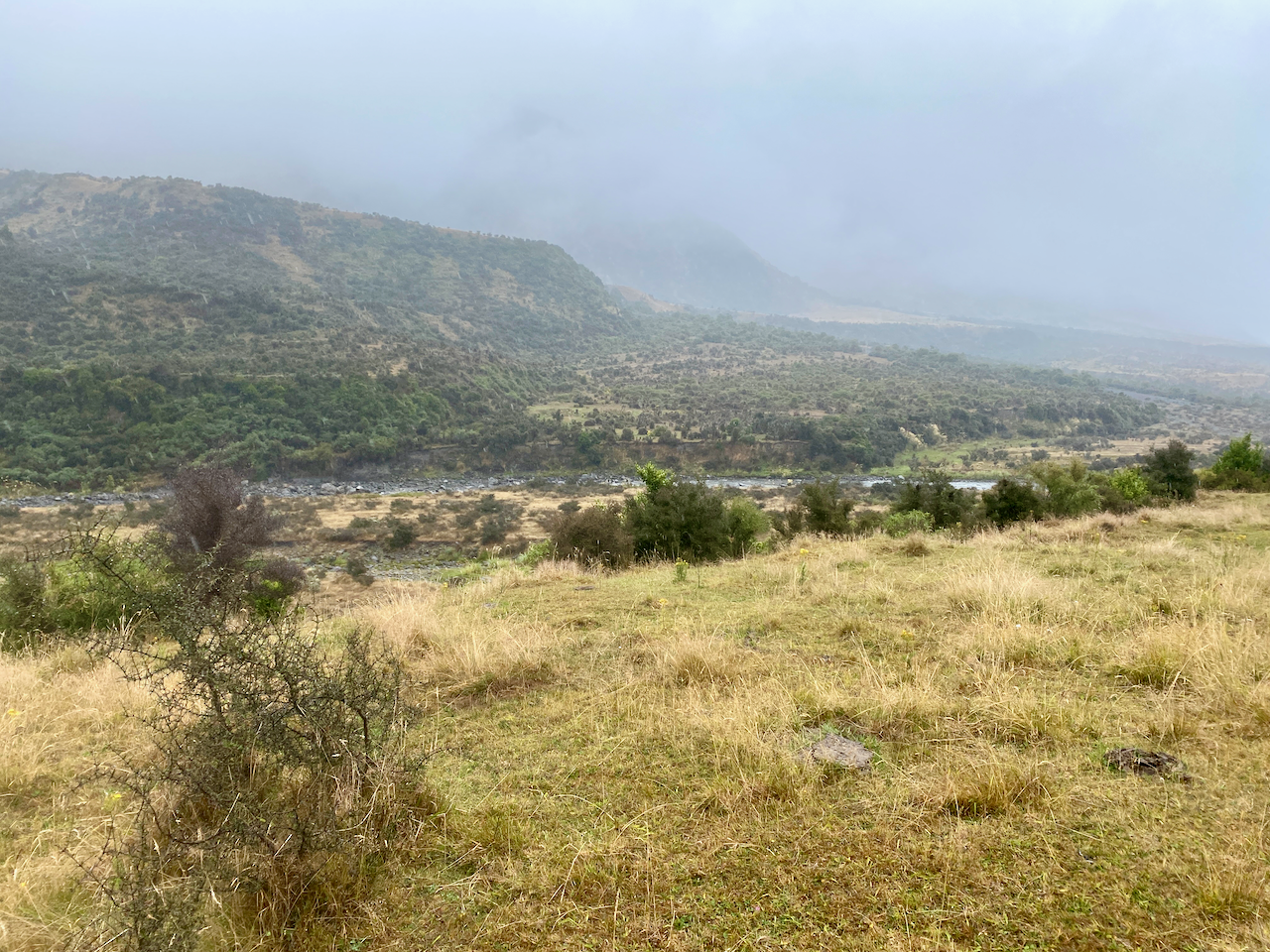
I came down near the river and crossed via another wire bridge.

In many places, the trail running through the grass was filled with water, so I walked along beside it.

Then I spied the hut at the edge of thick wood. Of course, the trail led me through the woods and when I eventually came out to the hut, I found five people already inside. Two had just chilled for the day in the hut to avoid the rain, while the other 3 had arrived earlier. Thankfully the fire was already lit so I could get out of my wet gear and get it drying. Another 9 people would arrive during the evening. While there was plenty of room, it was my first introduction to a busy hut because of TA walkers.
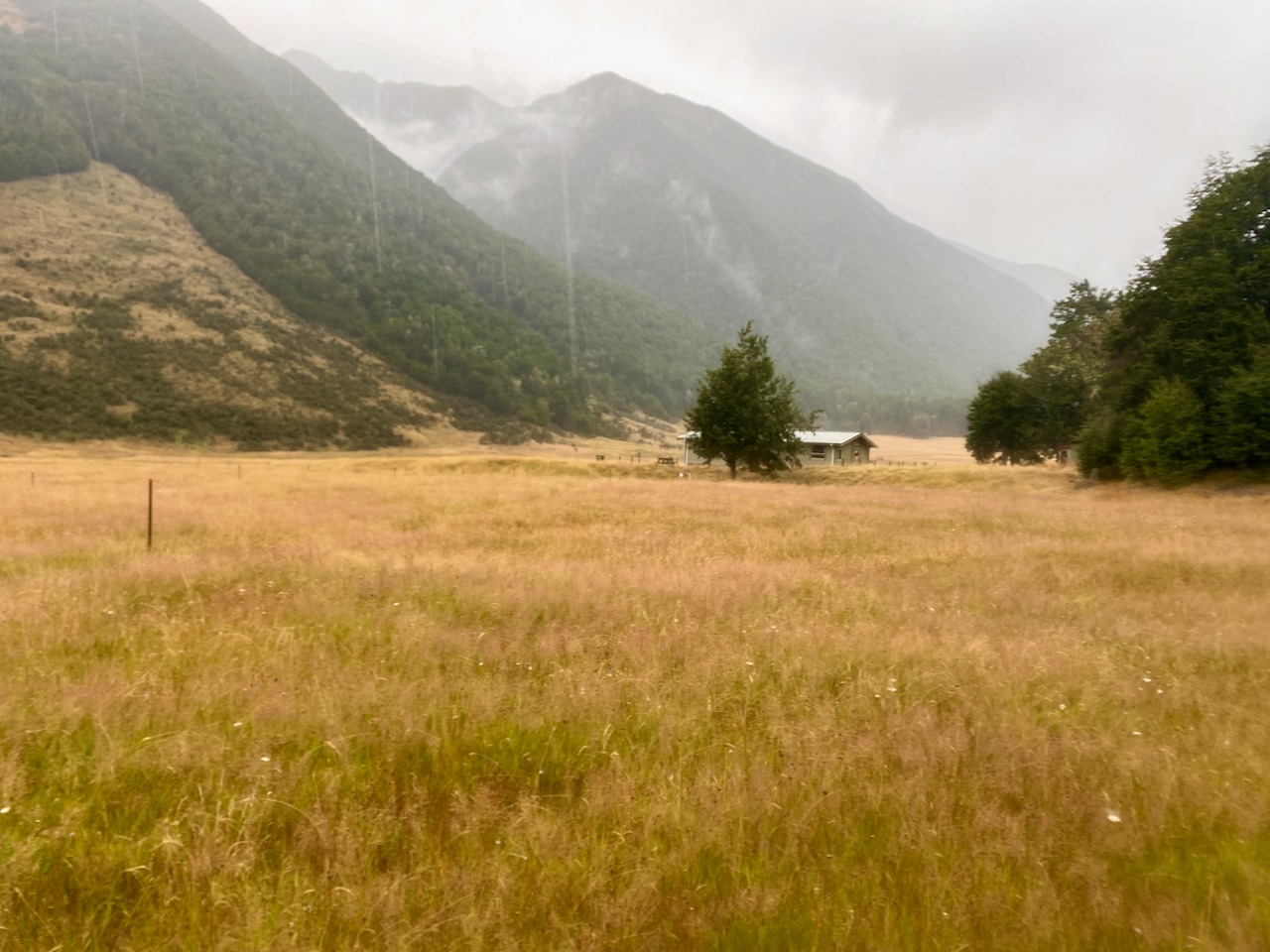
Day 2 – Hope Kiwi Lodge to Hurunui Hut – 16.1 km – 6 hours – Green
The next morning, while much of my clothes were dry, my boots weren’t entirely. It wouldn’t matter, as while the rain had toned down, it hadn’t stopped. I set out across the grassy fields which stretched into the distance, crossing a deep stream on the way.

After more than an hour, the trail crashed into the forest and began climbing towards the Kiwi Saddle. For the first somewhat major climb of the walk, it wasn’t intense, and thankfully, the forest blocked much of the rain.
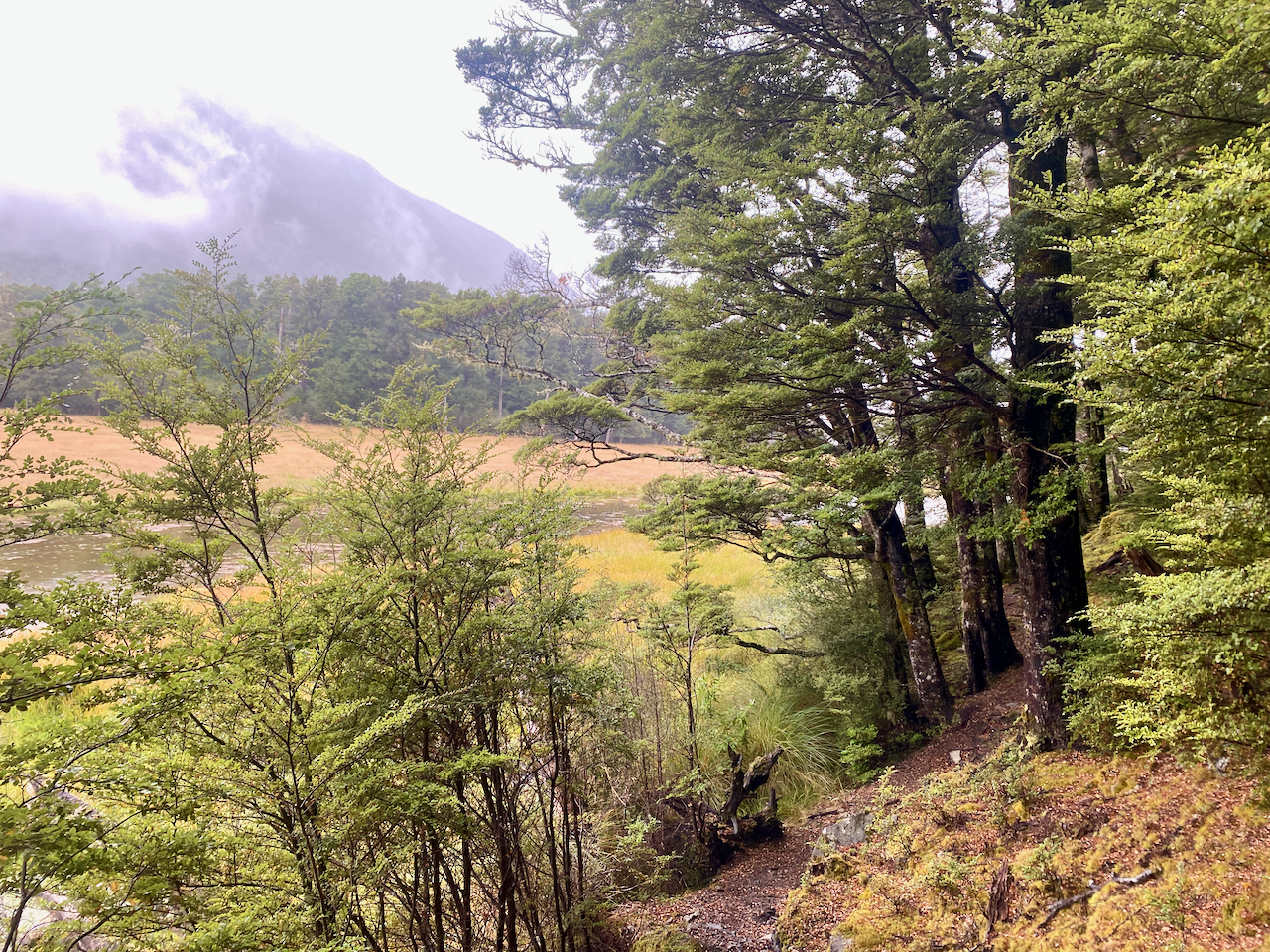
If it wasn’t for a sign, I would have barely noticed the saddle deep in the forest. Near the saddle, another short trail climbed to a lookout where I got my first partial view of Lake Sumner.

The trail descended and I passed a half dozen people all solo walkers except one couple. The descent was gentle but again with no real view of the lake. I crossed Three Mile Stream on a wire bridge and on into the forest.
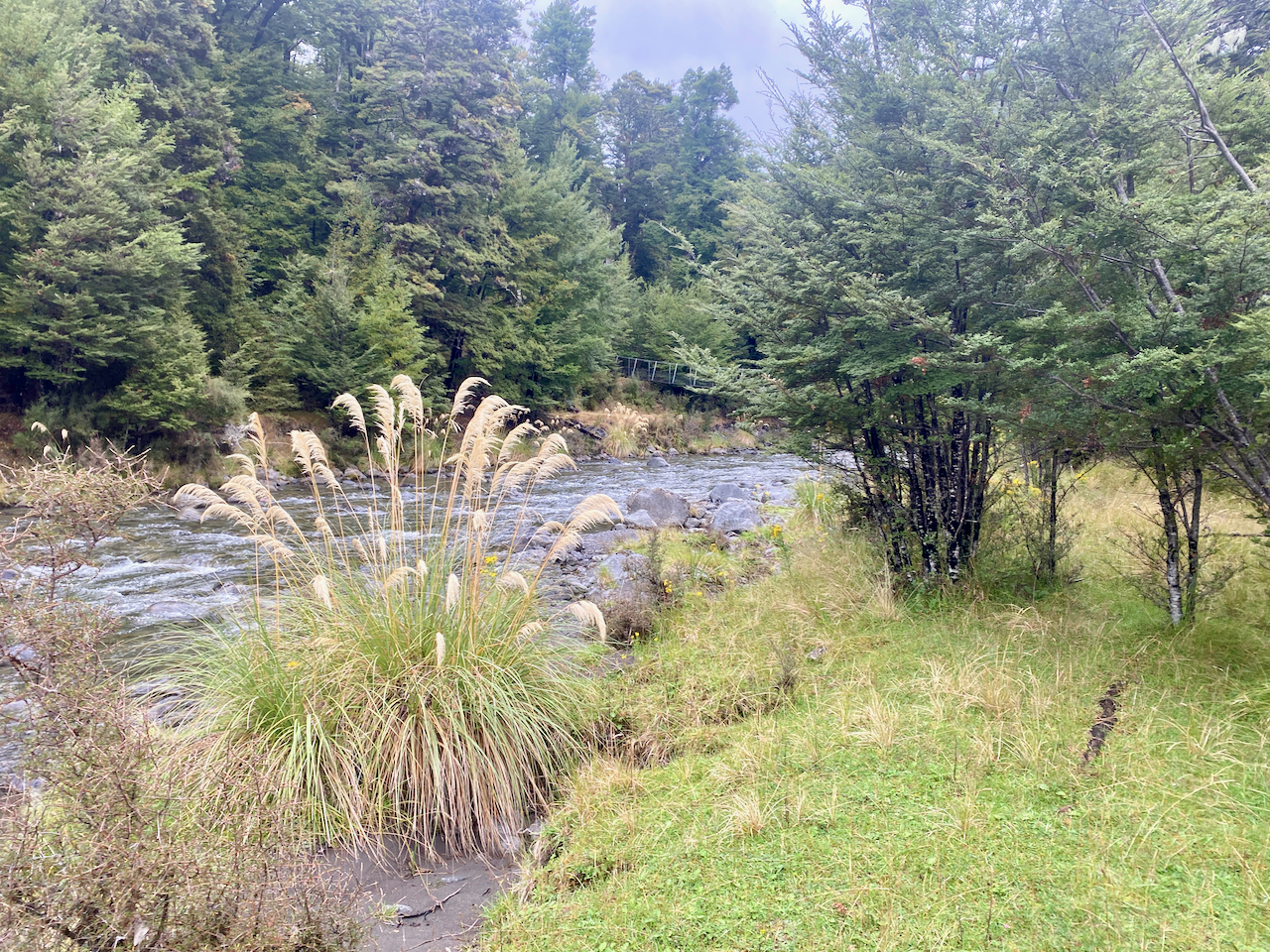
I finally came out close to the lake and walked along the trail with views for a brief time.
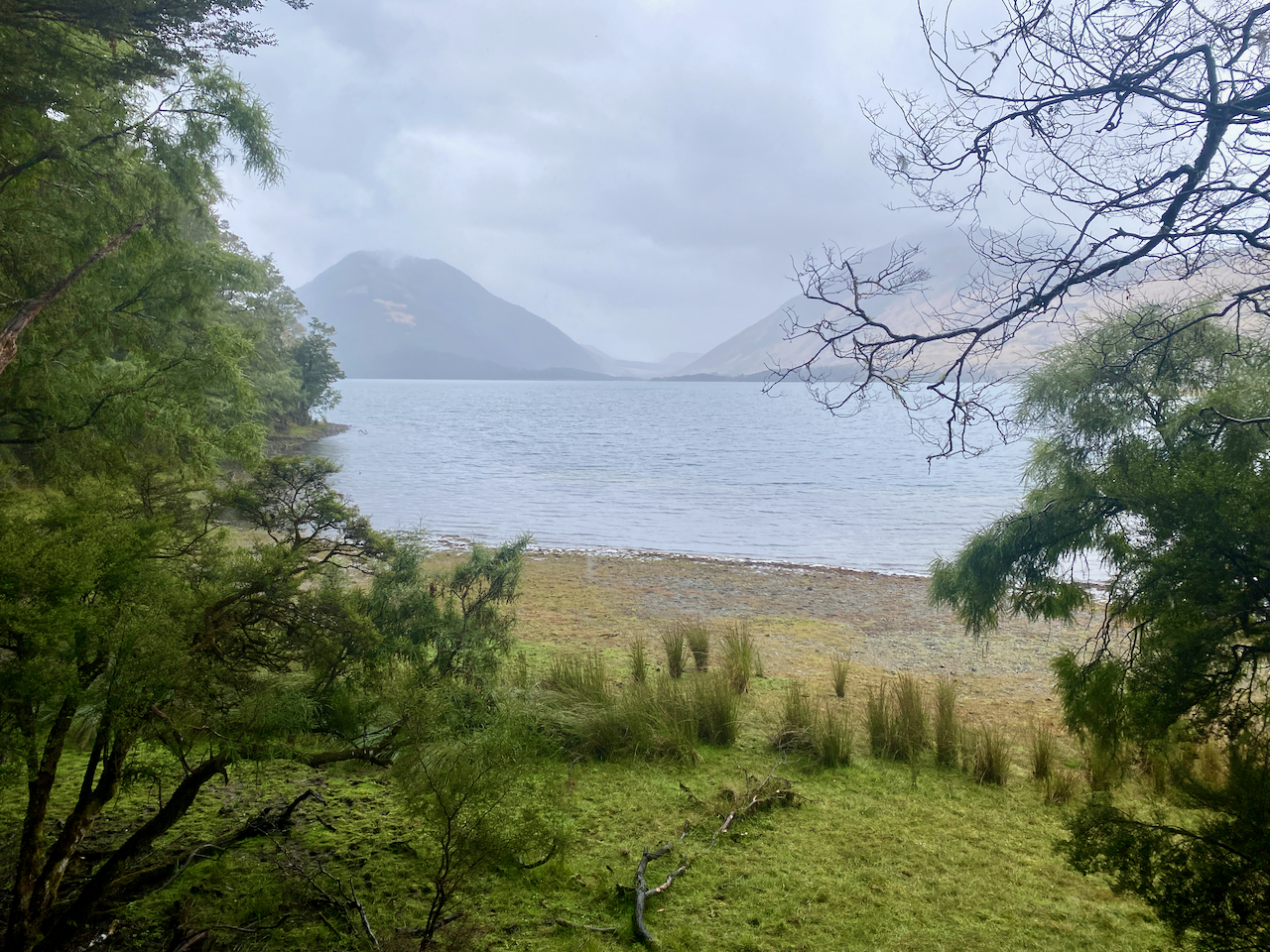
I crossed a grassy field to a gate, which gave me two options separated by a fence: across the field for several kilometres in the light rain, or dive into the forest for the same length to avoid it.

The uninhibited views across the lake were worth the momentary stop in the rain.
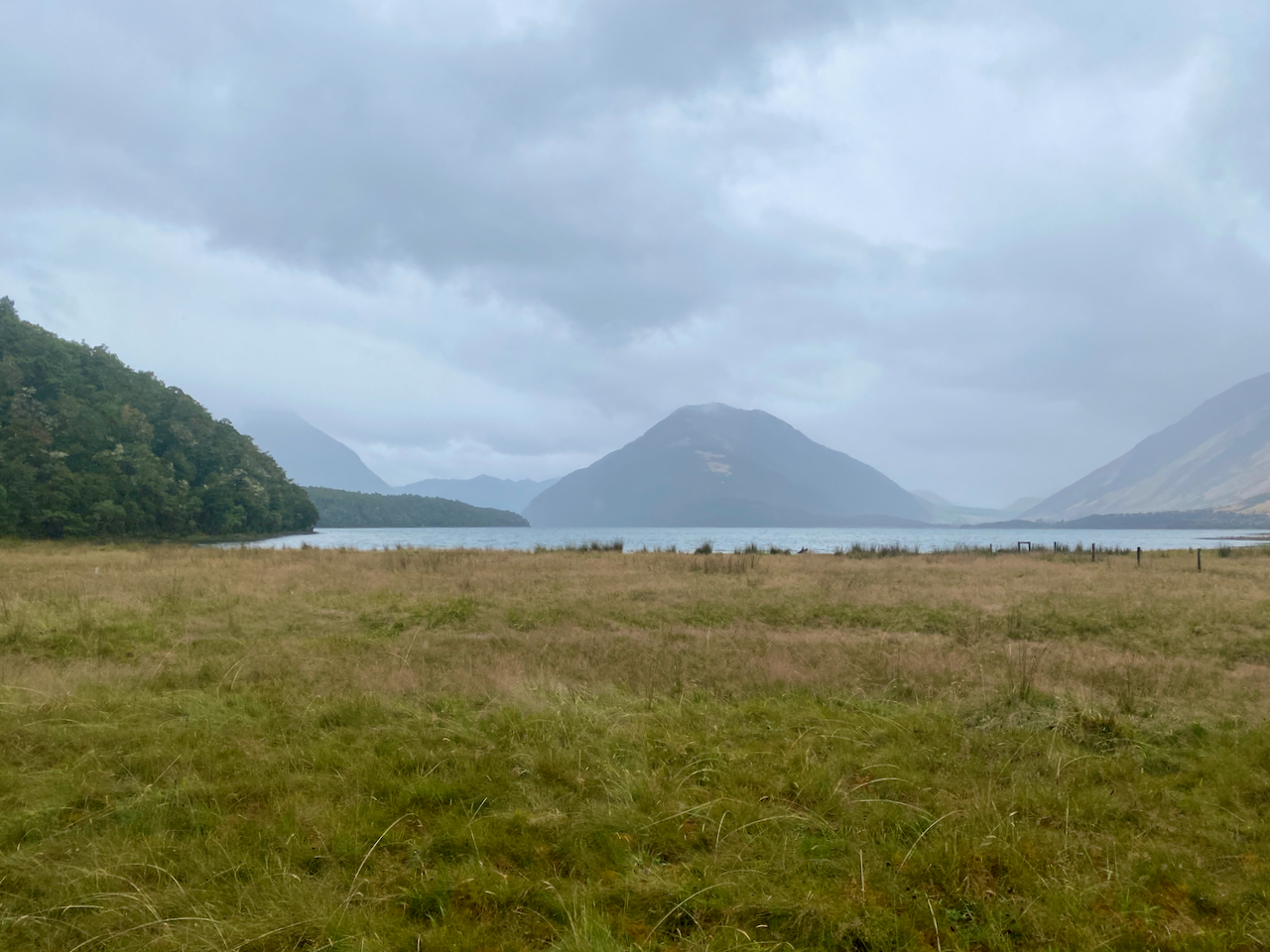
But I chose to head into the forest. I would come to regret this decision as the following 3 km pushed me through a hectic medley of downed trees, jagged roots and wet bushes on a thin trail that got me covered in water anyway.
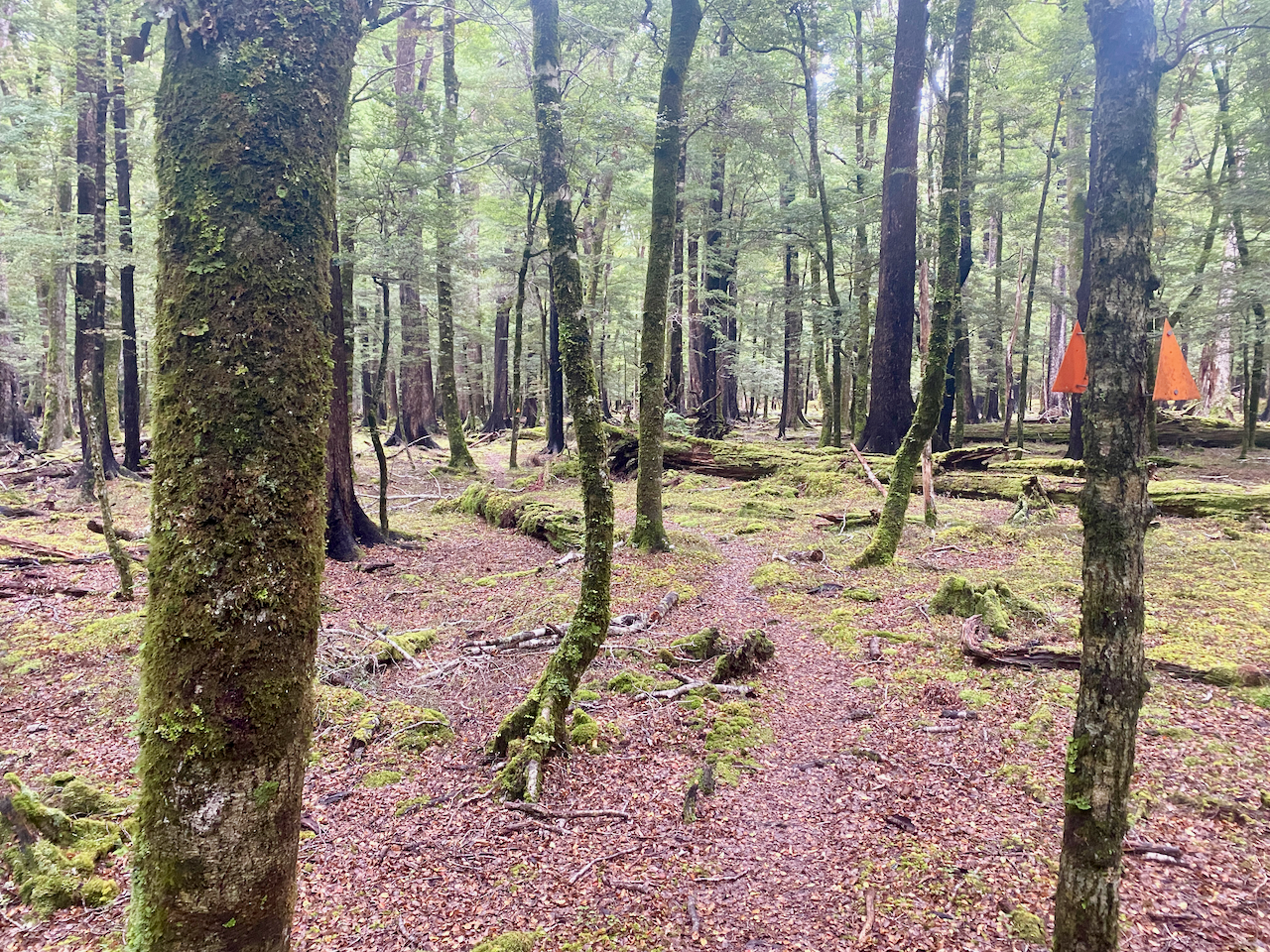
Glad to be out of the trees, I again cross the fields towards a wire bridge then once across it, I turned back and took a photo.

Another 10 minutes or so along the trail I came to the Hurunui hut. When I arrived, no-one was there, so I set about changing and thought about lighting the fire when a trio from the Hope Kiwi Hut arrived. More and more TA walkers would arrive from the other way, including an annoying group who had been playing cards in the next hut for hours burning all the wood. Just when it was dark outside and most of us had climbed into out sleeping bags they arrived, making a bunch of noise cooking and eating.

Day 3 – Hurunui Hut to Hurunui No. 3 Hut – 9.91 km – 3 hours – Yellow
Checking my daily walking timeframes, I discovered my plans were wrong. Today, I had myself walking for at least 6 hours, but from talking to others it was only going to be two and a half to three. The rain had mostly stopped, but that didn’t mean that the grass was dry, so wet boots again. This was annoying as my boots were finally dry. I set out from the hut down onto the grasslands near the river.
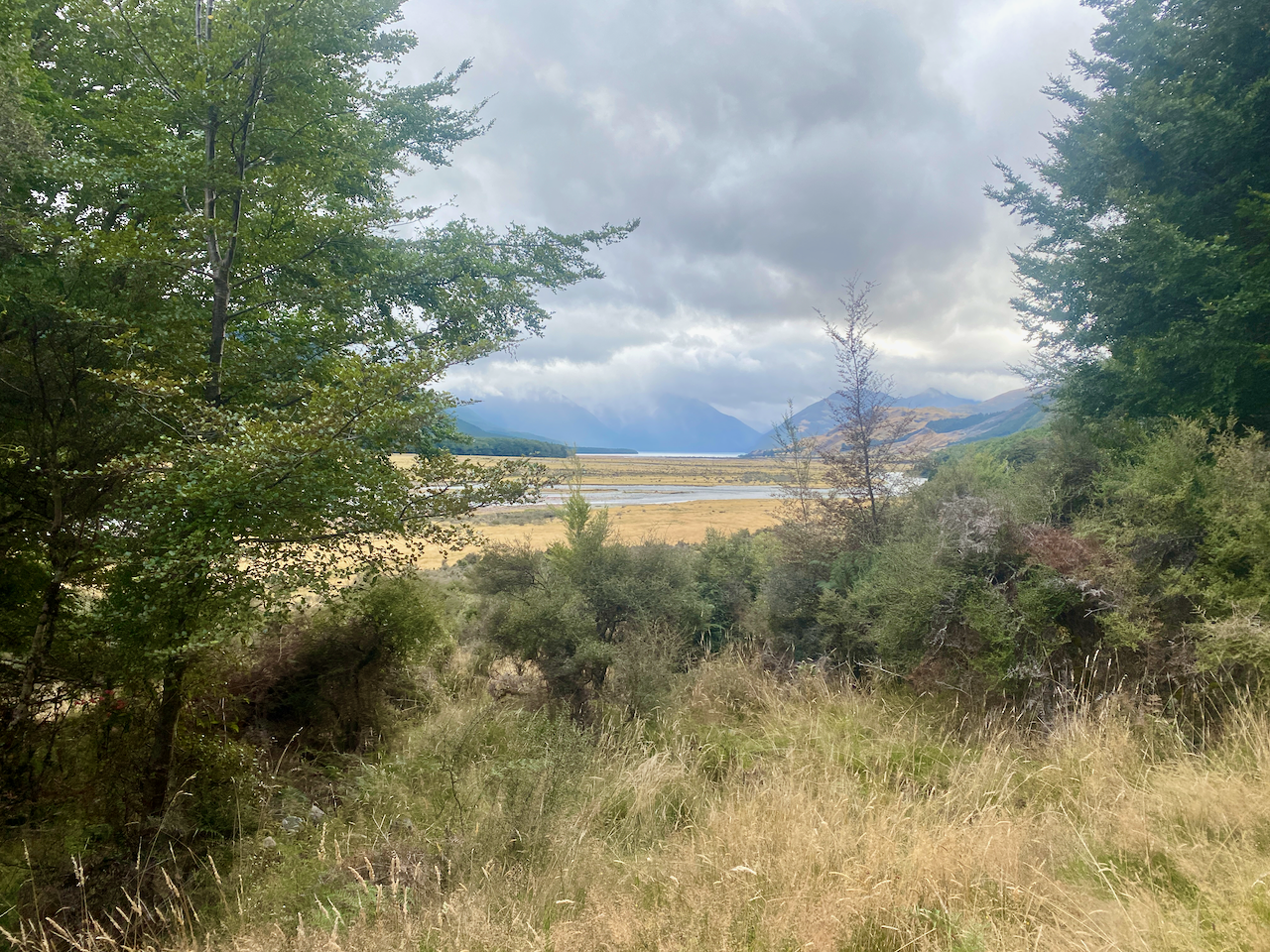
Much of my day would be wandering alongside the river. Sometimes I just ignored the trail and followed the flat grassland anyway.
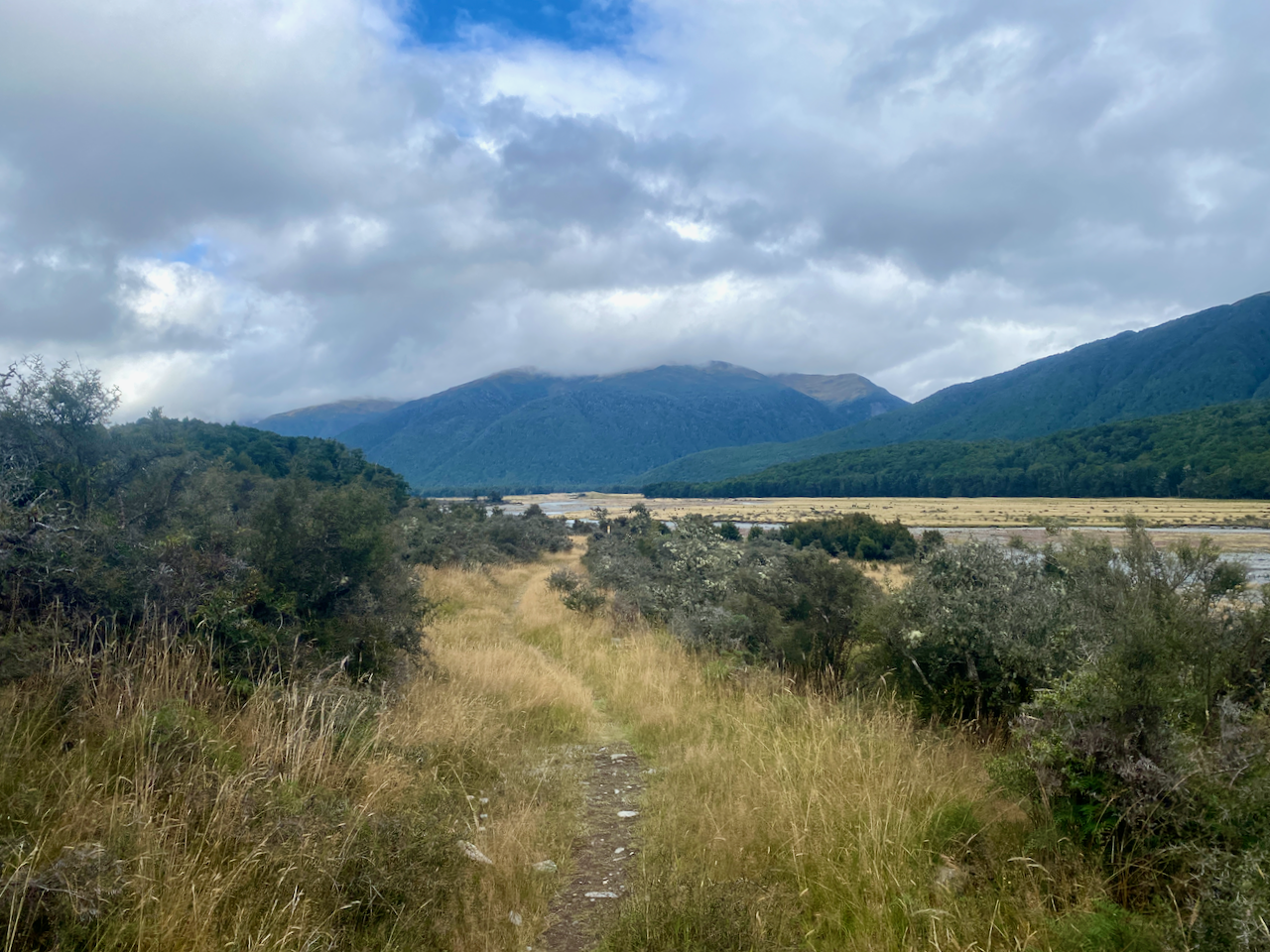
Only heading up the bank when the river got too close to this side, dropping down to the grasslands again when the river moved away.

I came to a sign that said 1.5 hours back to Hurunui Hut and 1.5 hours to Hurunui 3 hut. Weird, as I’d only been walking 45 minutes from Hurunui.
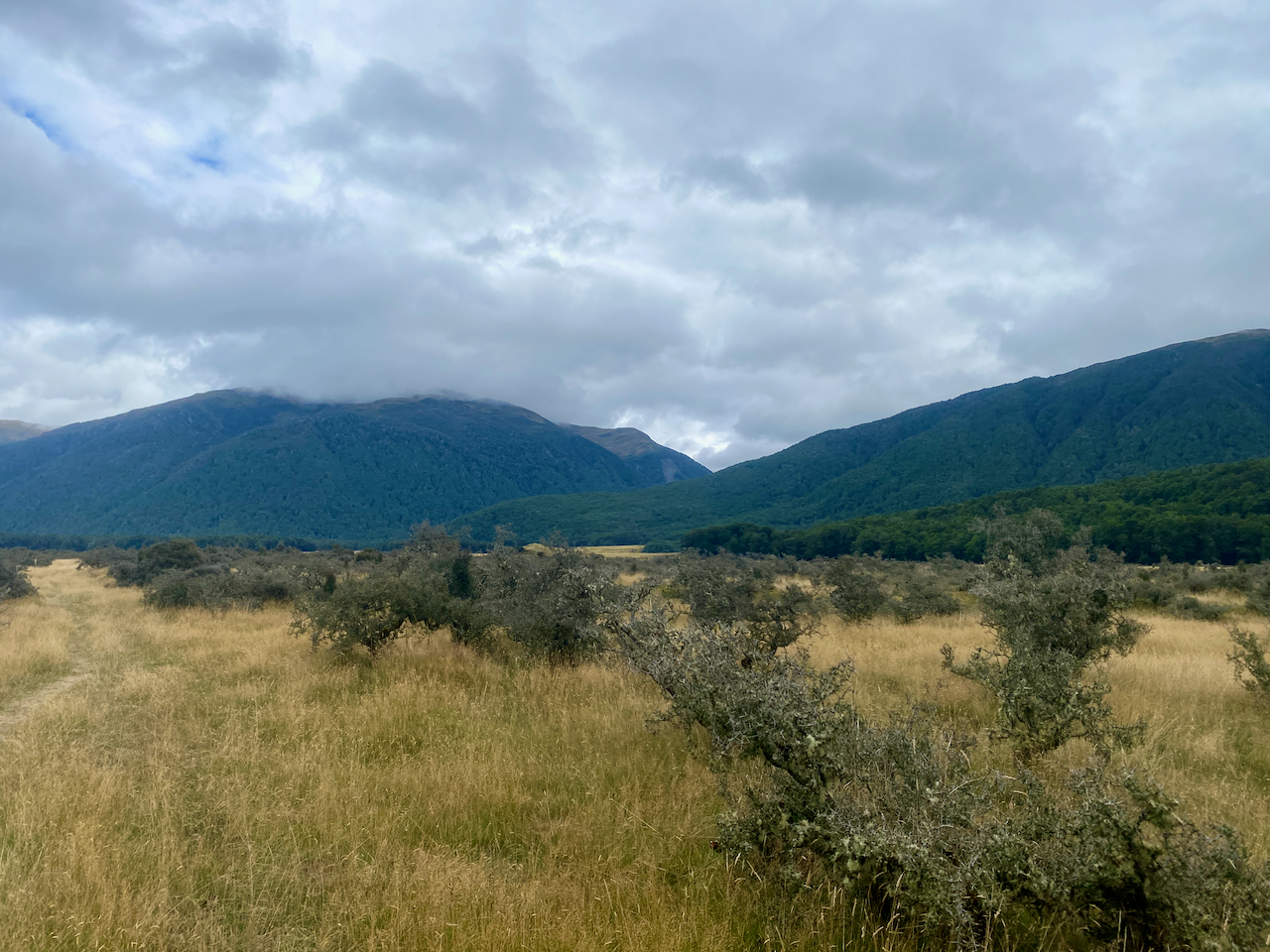
Everyone’s favourite spot on today’s section was the hot pool. Hot water flows down from the side of the mountain leaving a two tone algae on the rocks. It drops into a pool, which likely had been hollowed out for the purpose, then overflows 15 metres down to the river. I arrived just as another walker was leaving, so I stripped off and got in. It was a little dirty and a sign said not to submerge my head. Another tube had been set up to feed cold water into the pool should it get too heat, but I left that out.

I got ouot after 30 minutes, quickly dried and dressed to get away from the sandflies, and got on my way once more. The trio following me since Hope Kiwi Lodge said they’d spent more than 2 hours in the pool.
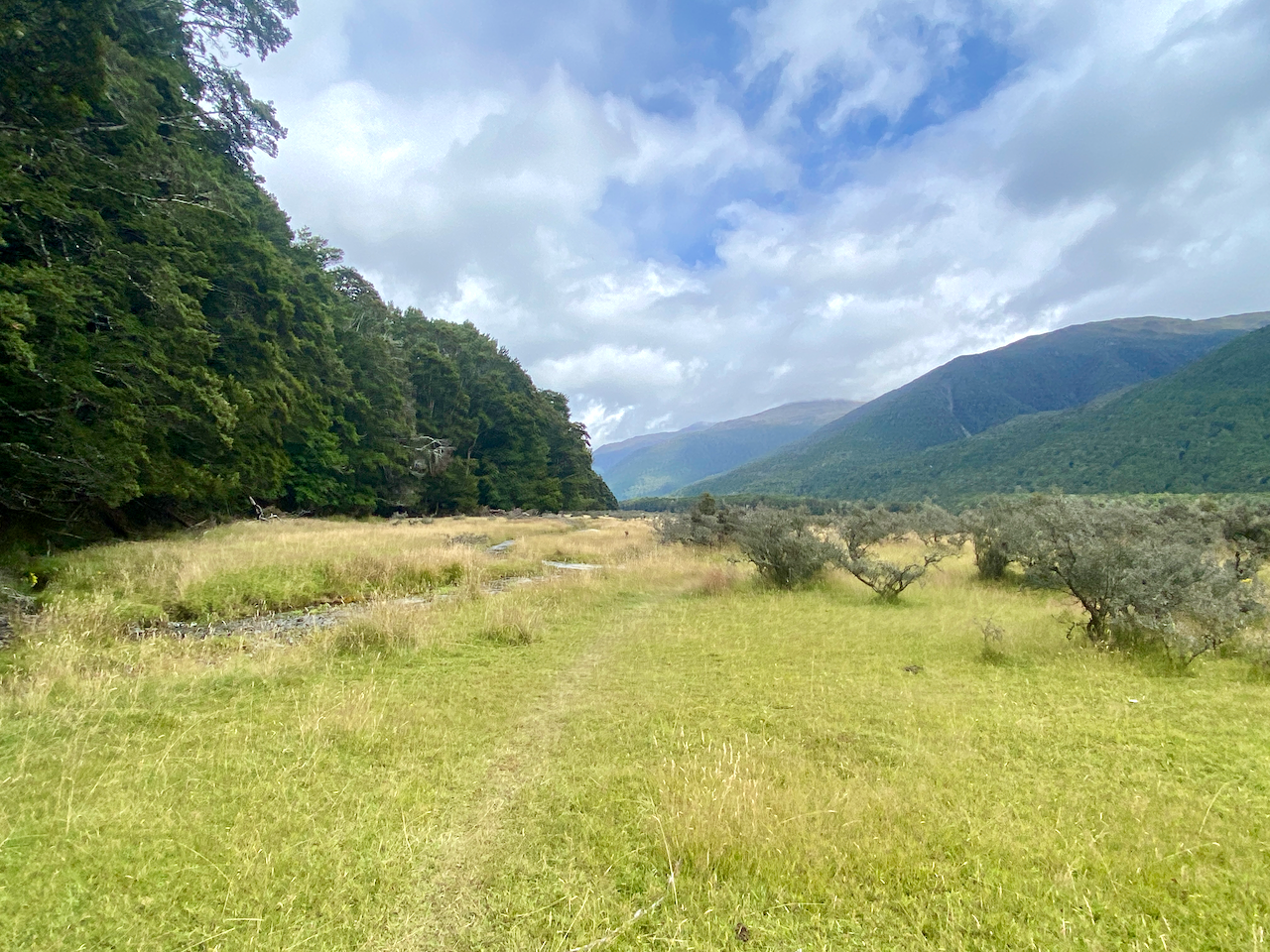
The trail stayed in the bush for a short time before emerging onto grassy plained until I eventually came out at Hurunui No 3 Hut. On arrival, I checked the wood, and wasn’t sure it would last. So I went hunting around for some. I wasn’t sure I’d find much due to the rain of the previous couple of days. But with an axe from the wood house, I located and cut a long dead branch. I dragged it back to the wood house and cut it into bits. But as I was dragging it, my leg got caught in some spiky plants and scratched it to hell. So, once I had the fire going, I bandaged my leg. Hurunui No 3 Hut has two sets of triple bunks and a pair of double bunks. Overall, a good hut again.

Next, Days 4 – 6 of my Southern Alps Crossing.
The Lone Trail Wanderer
